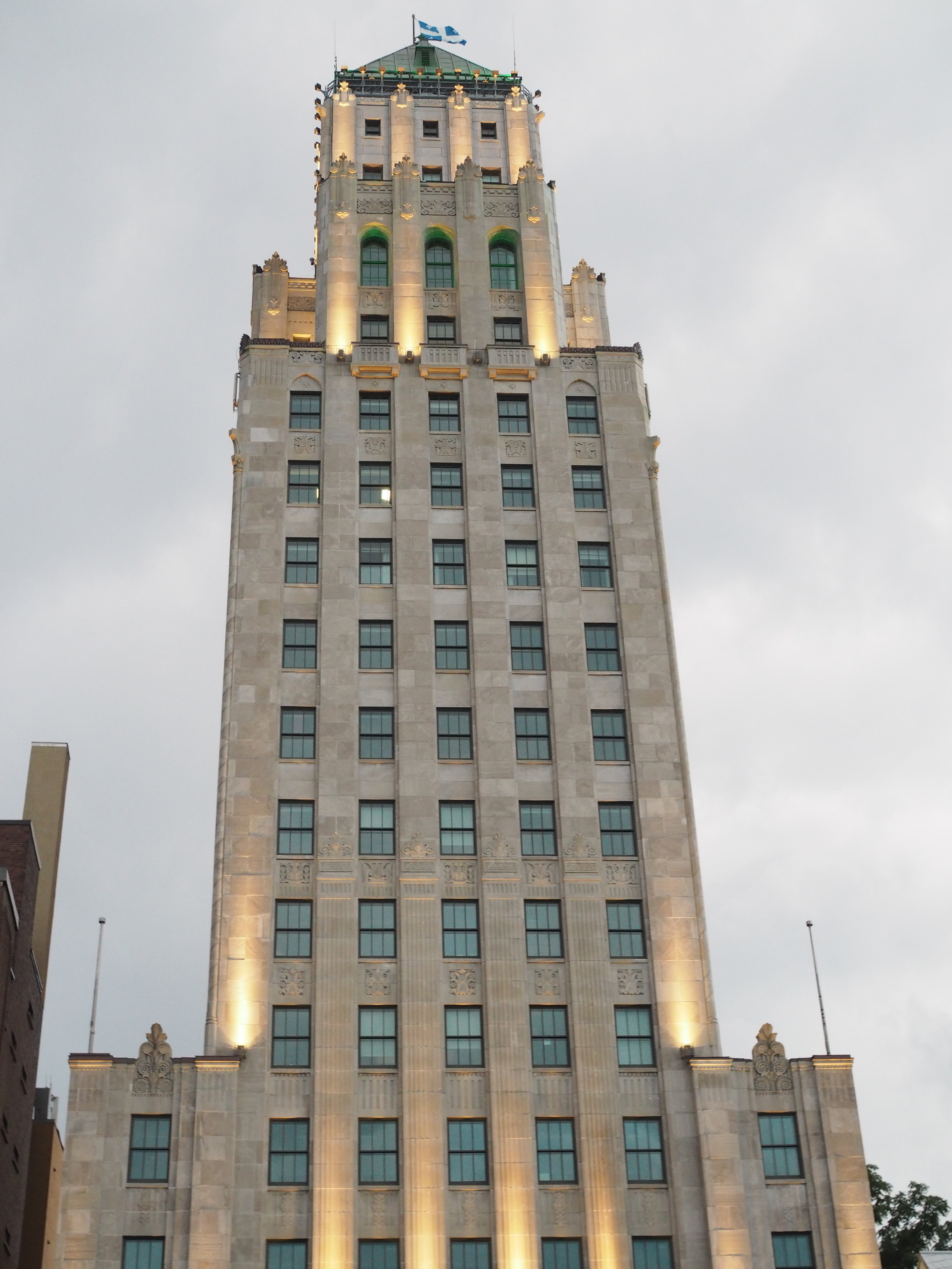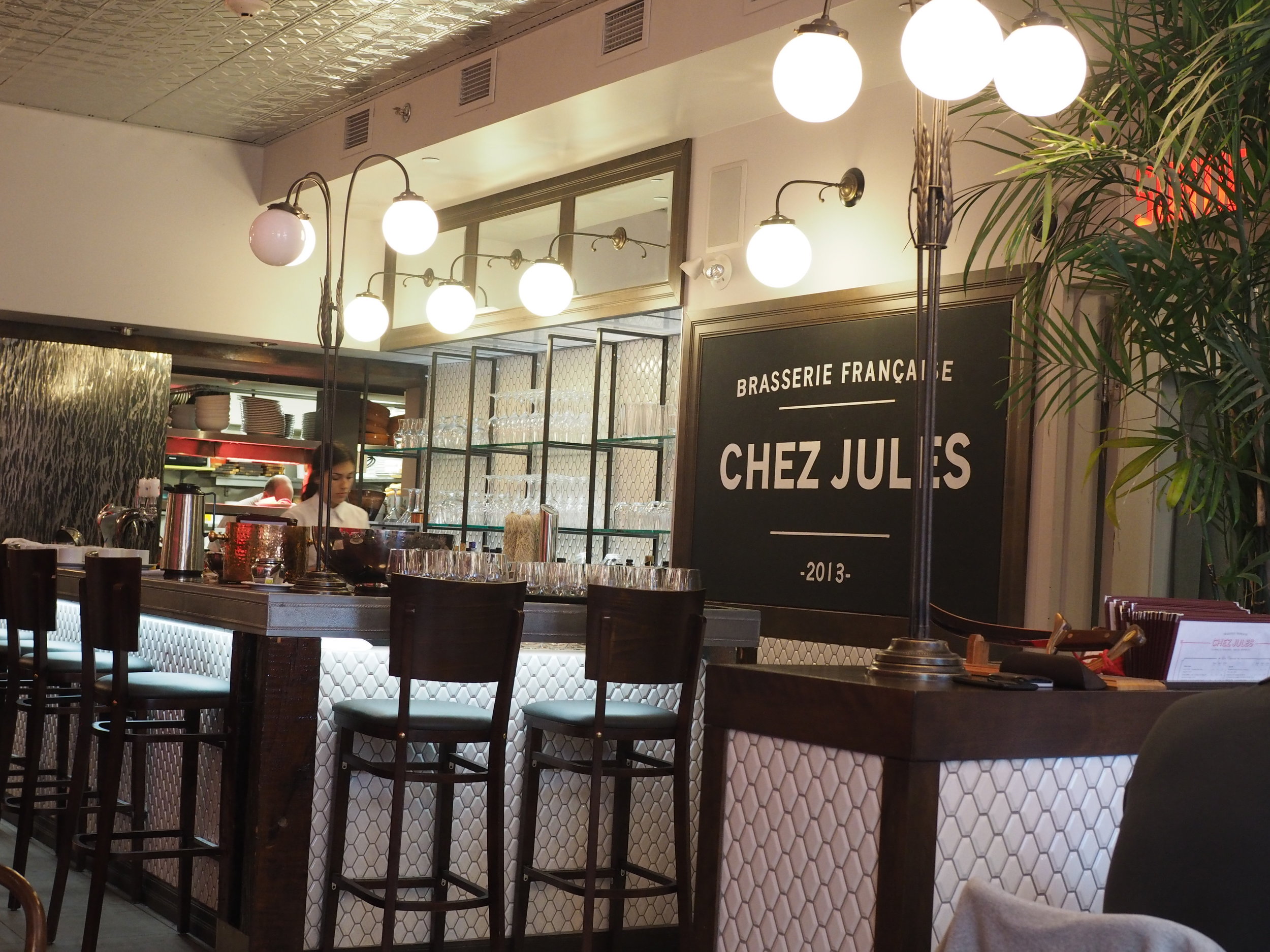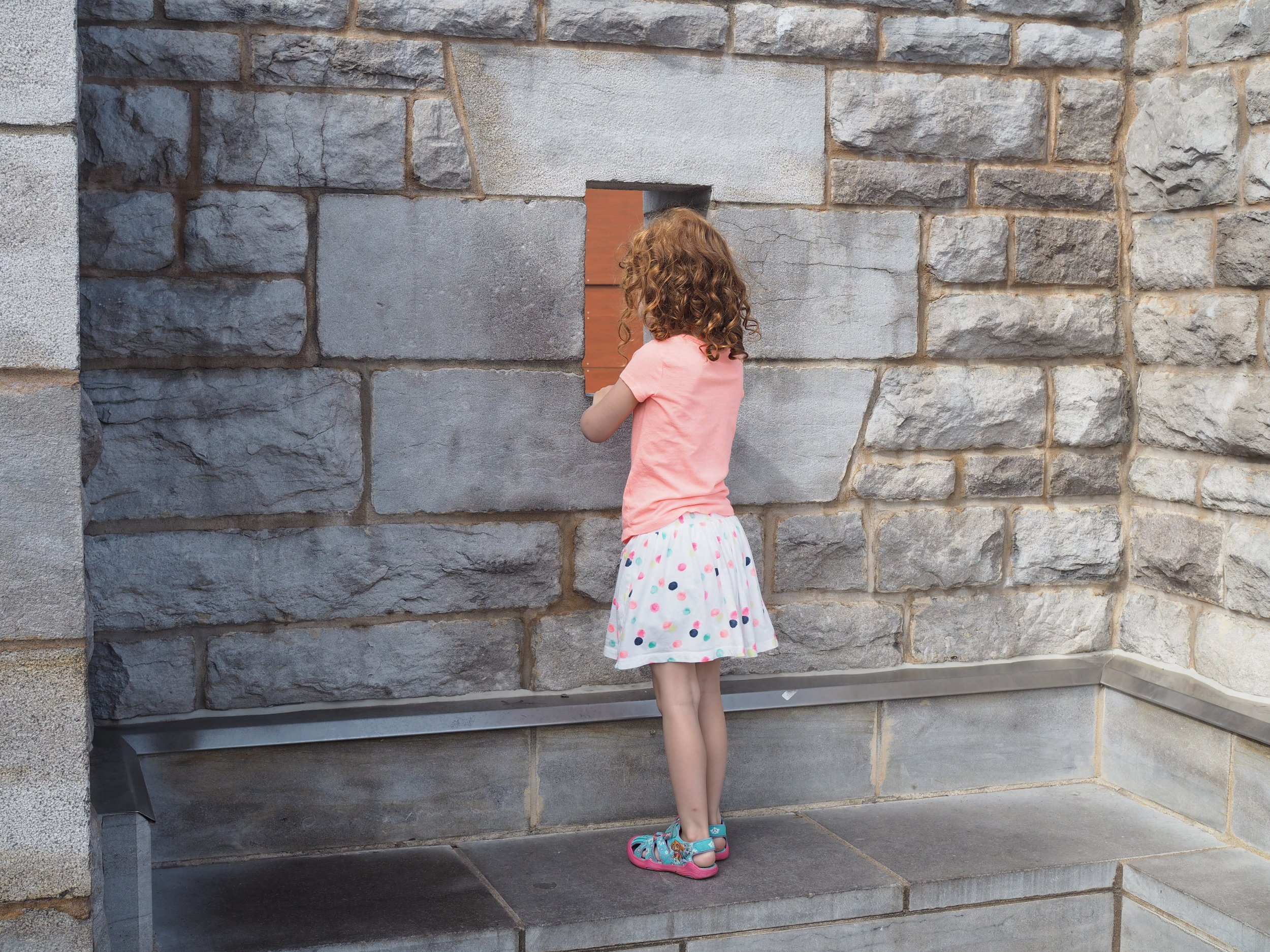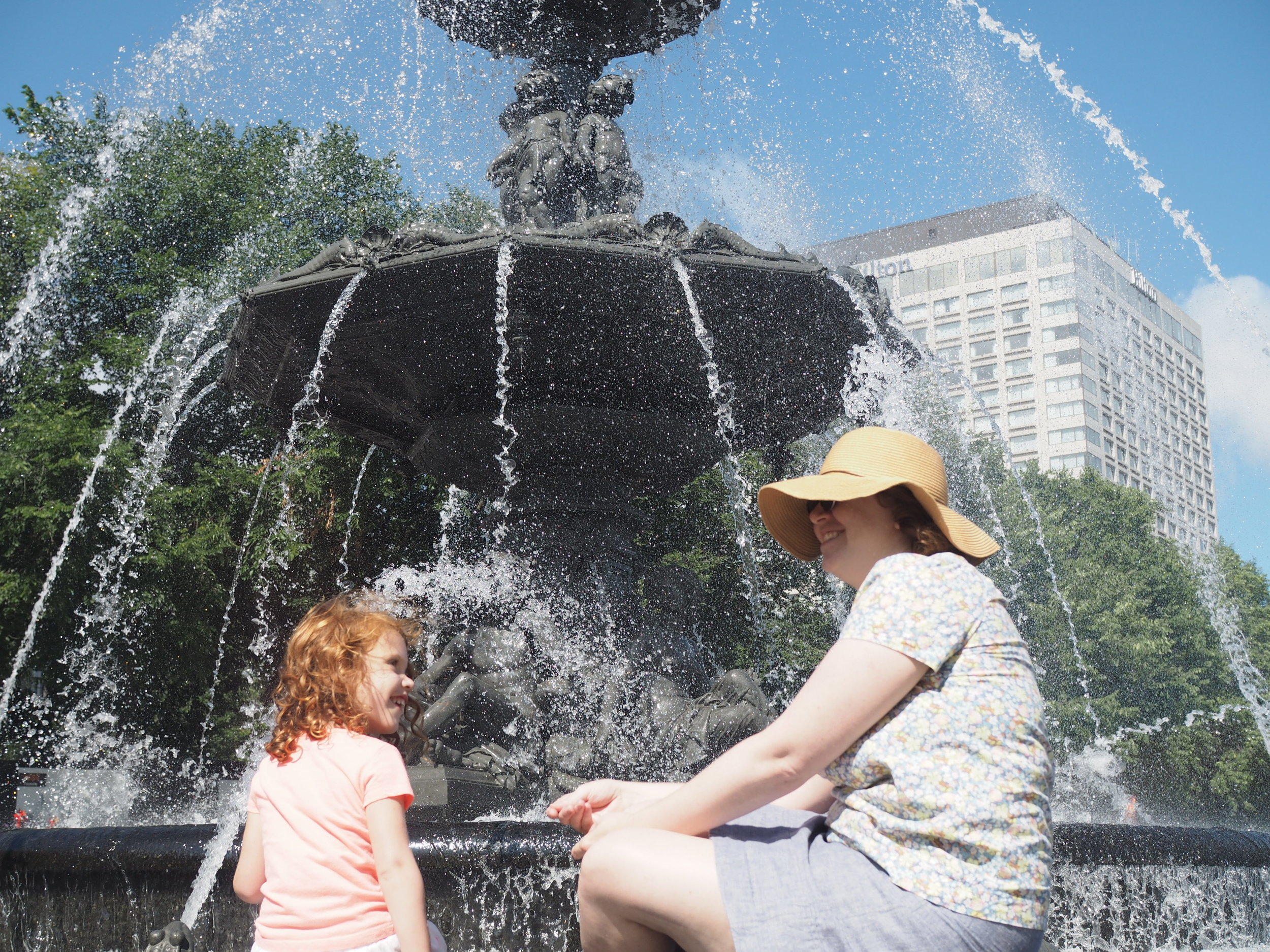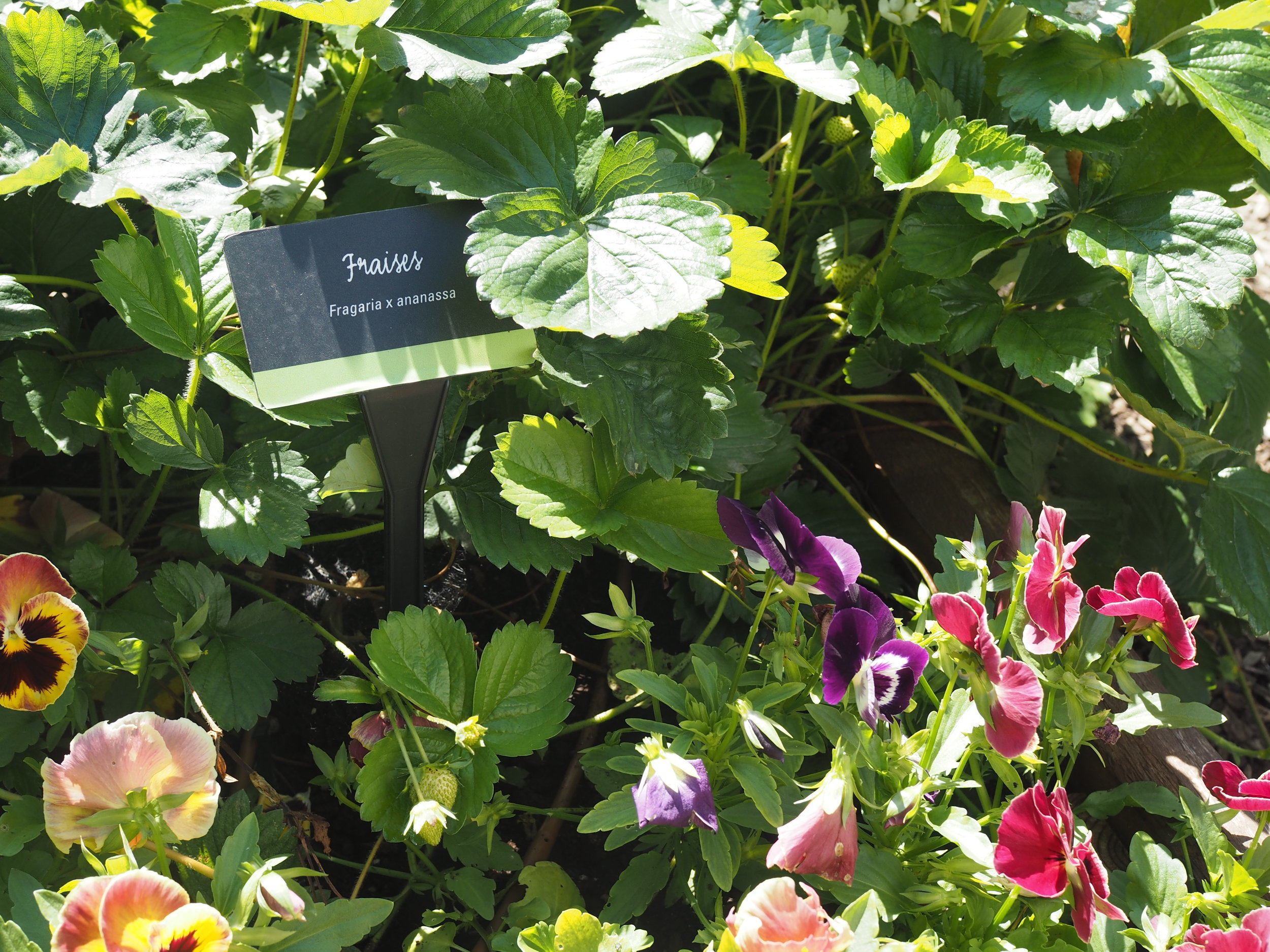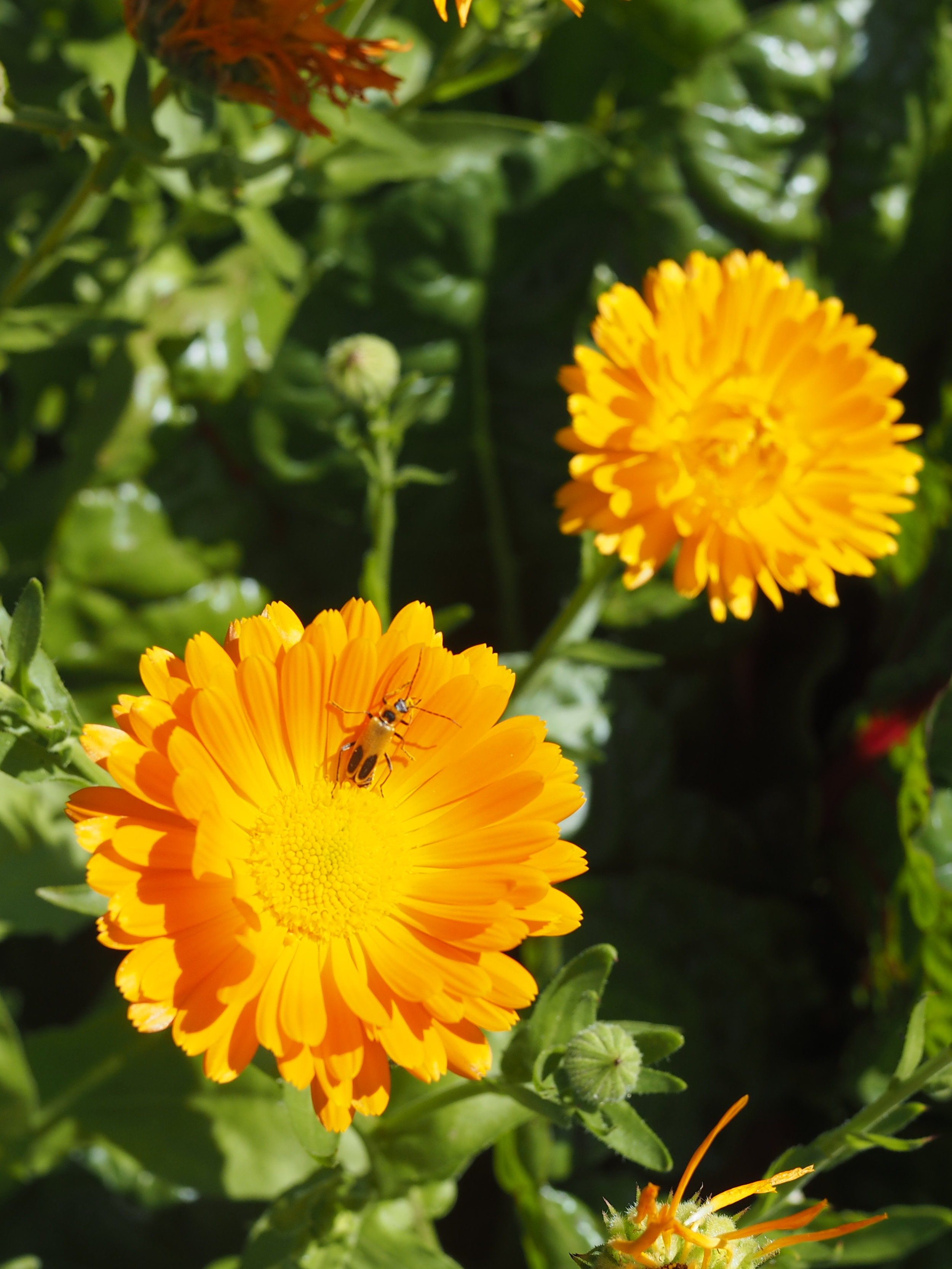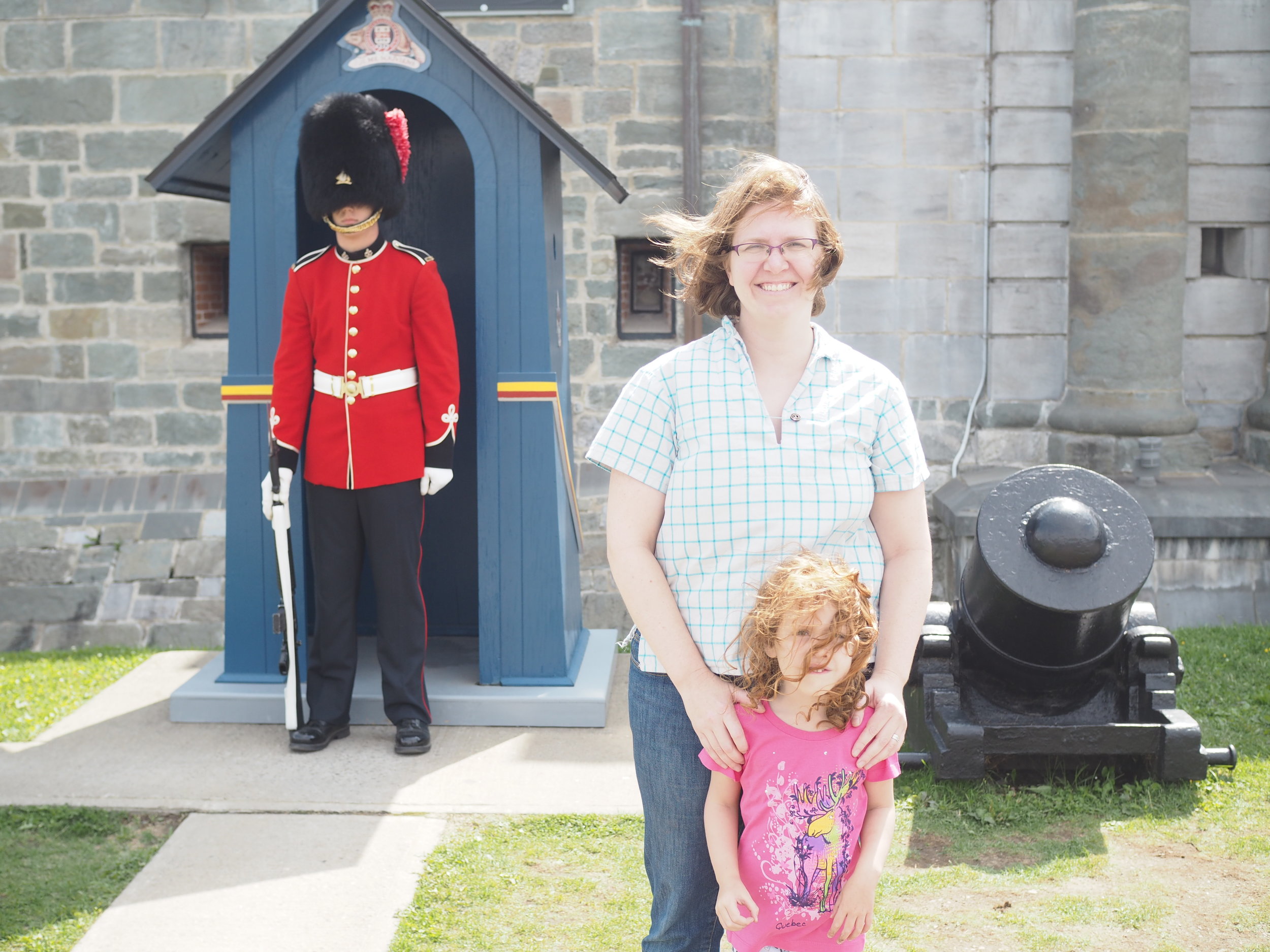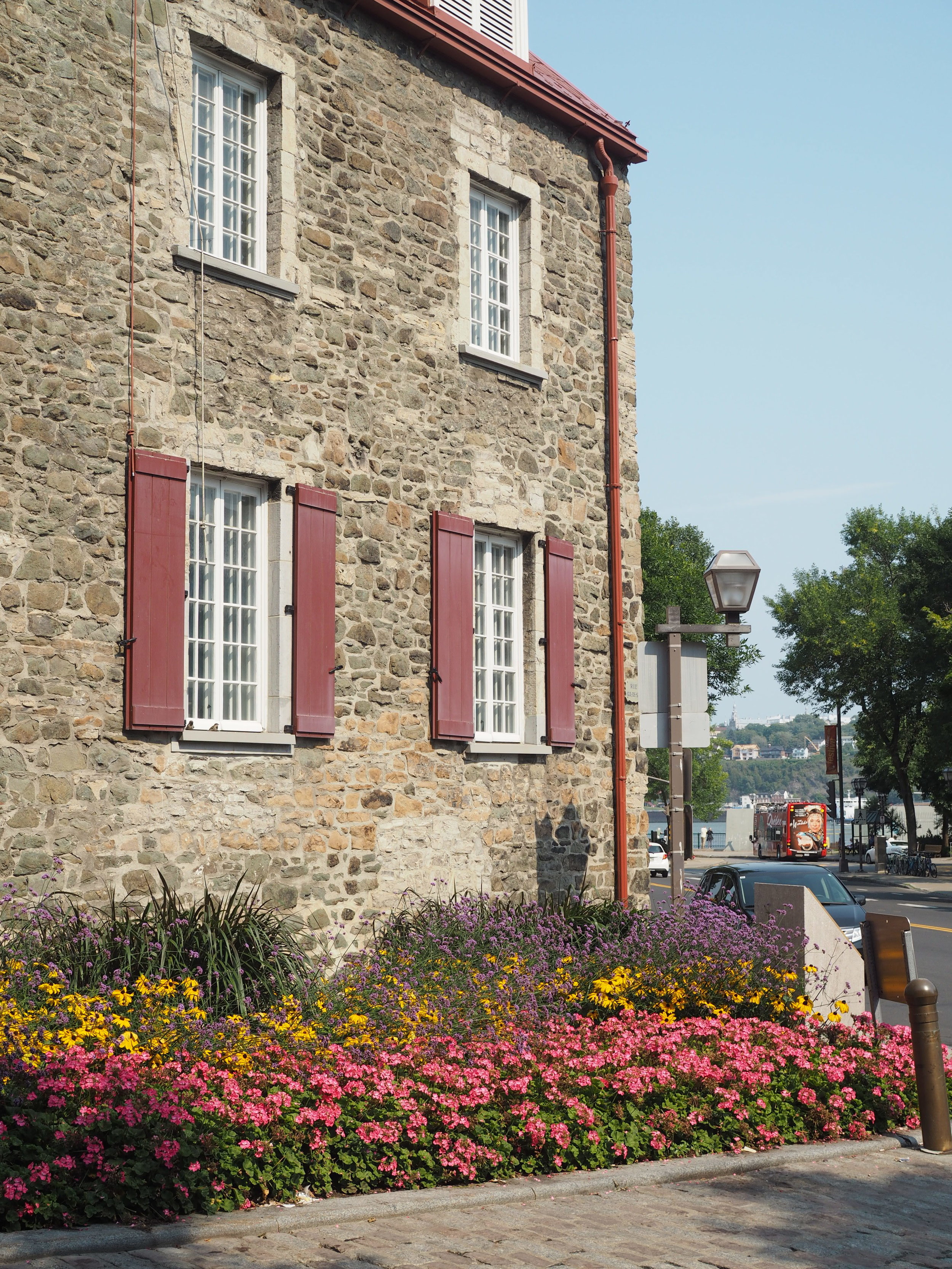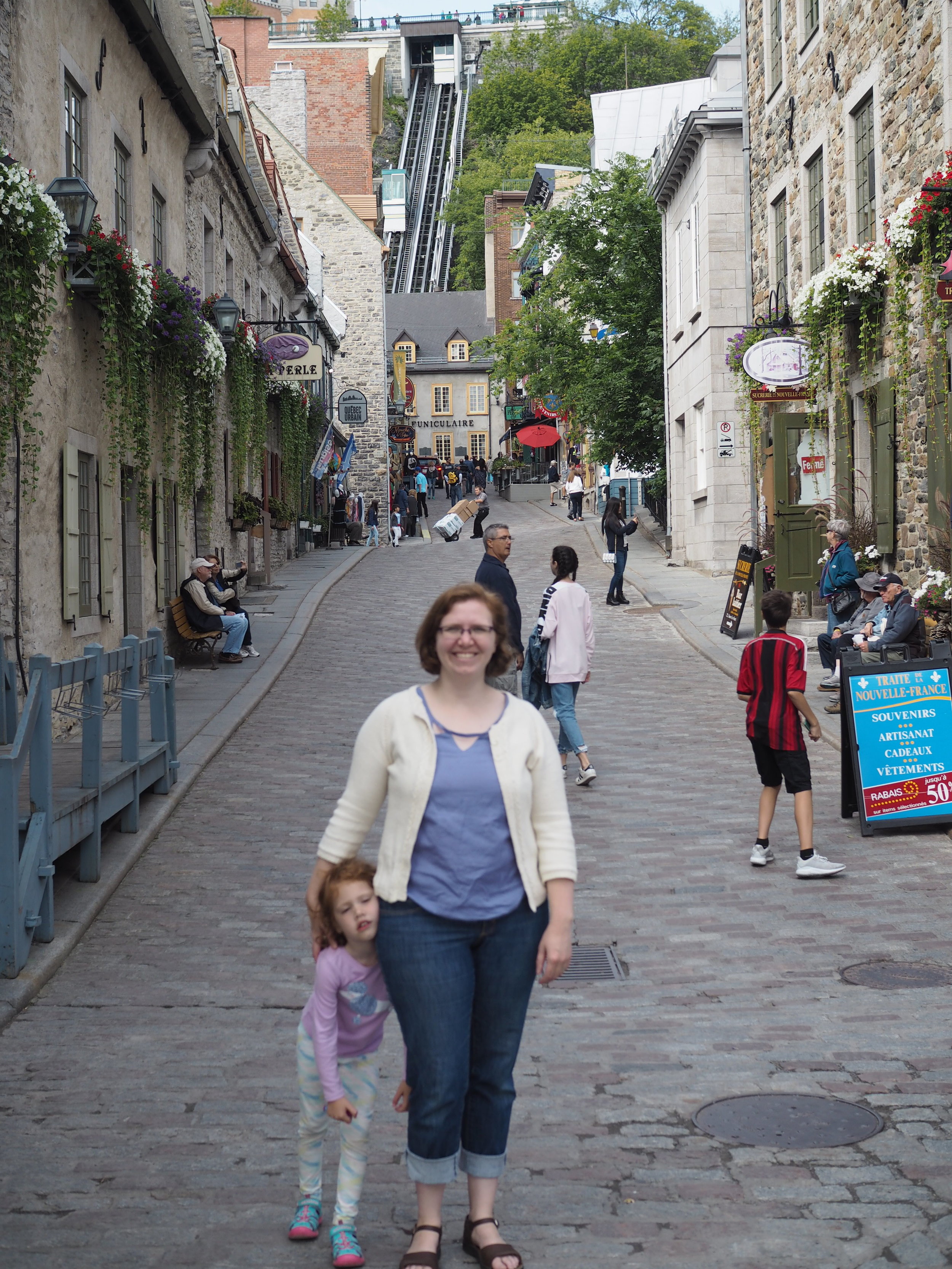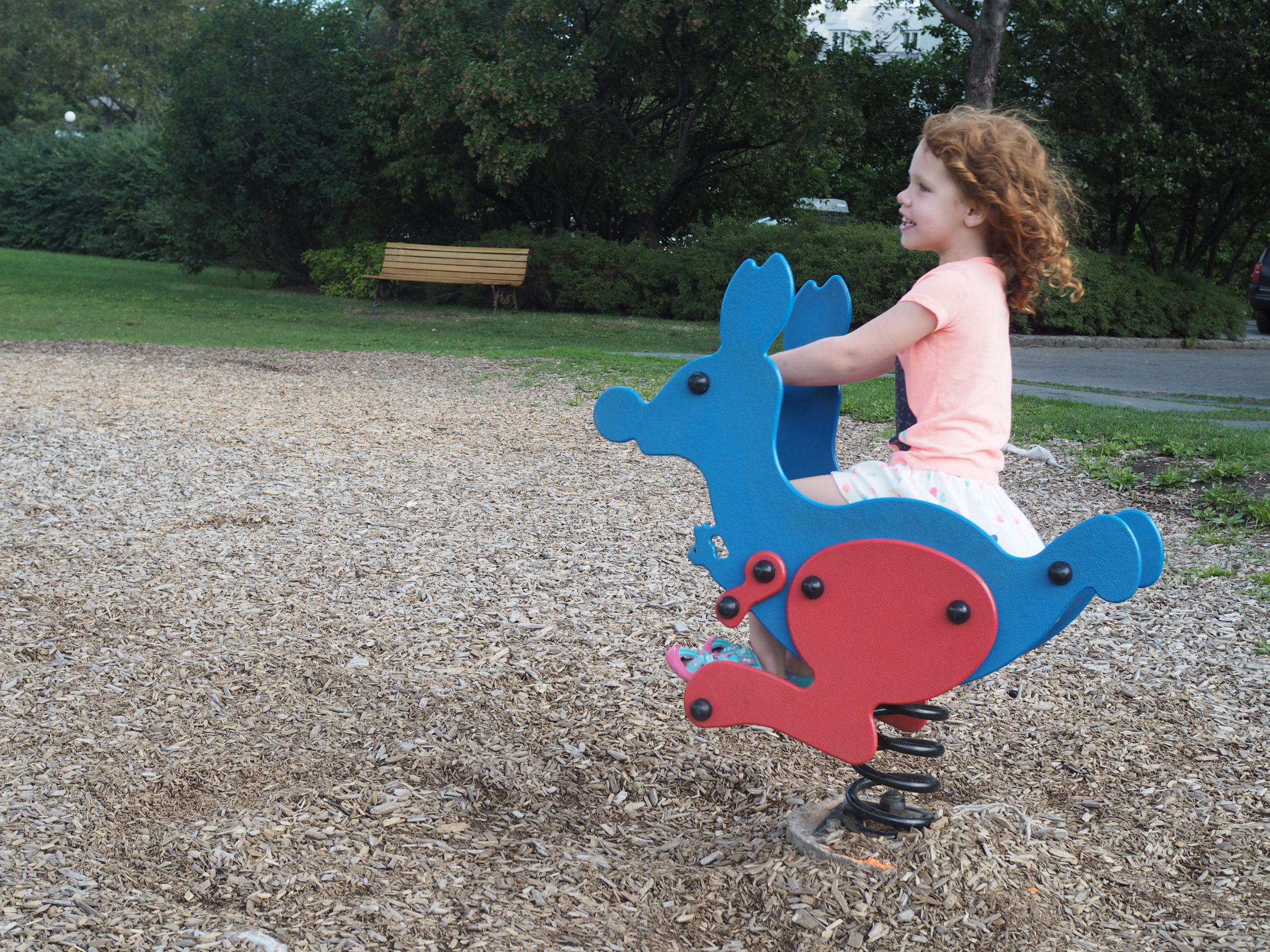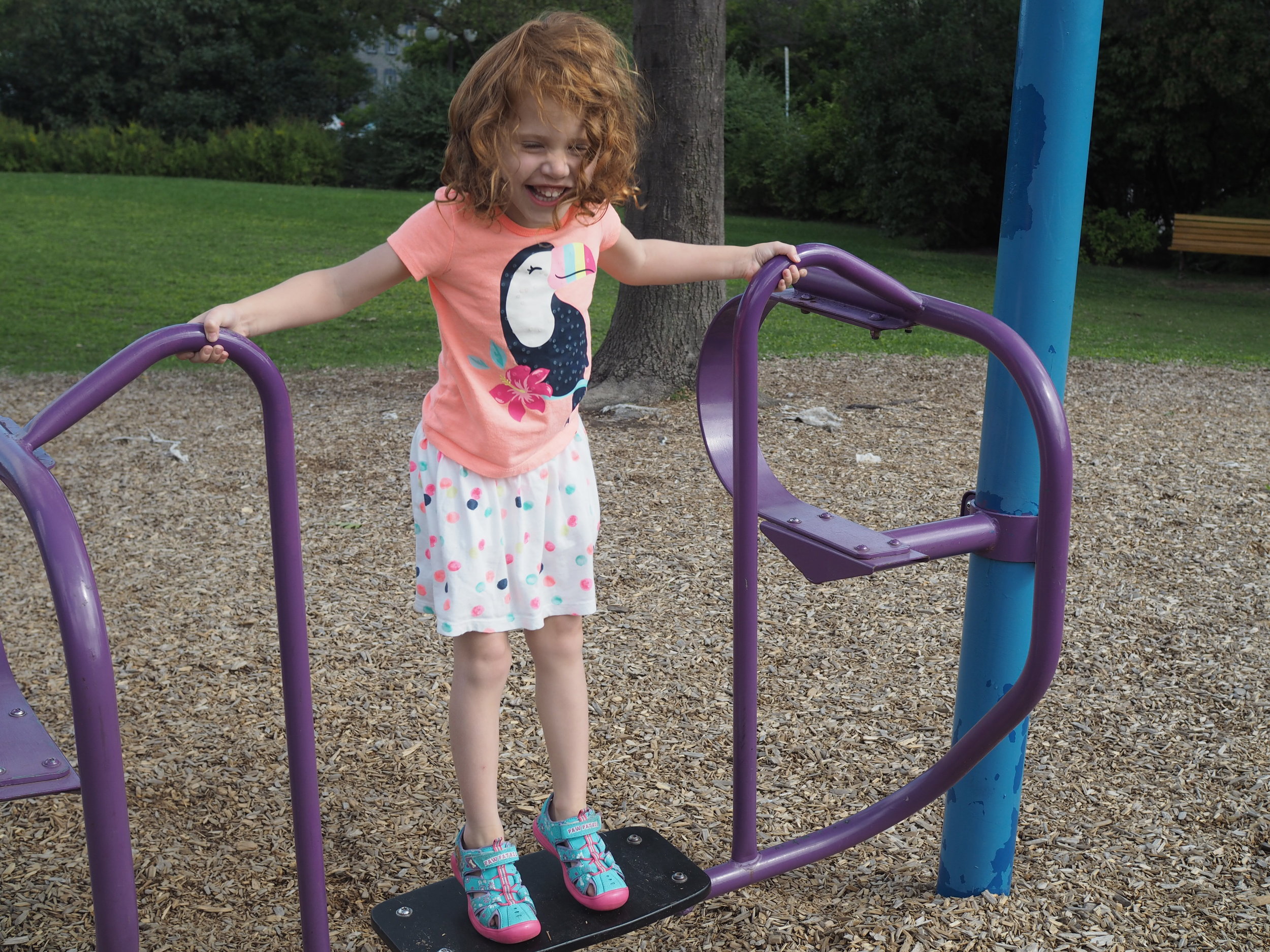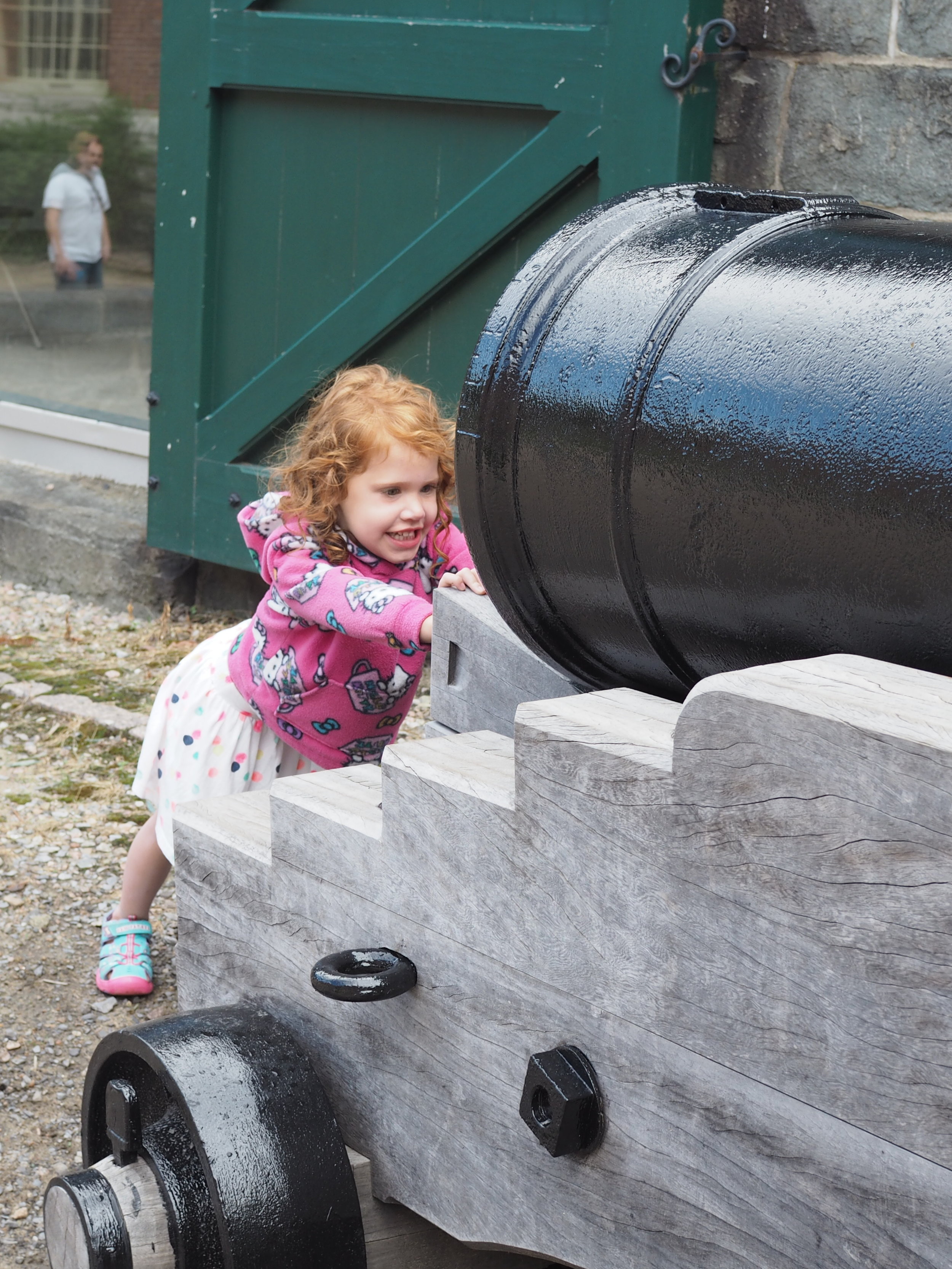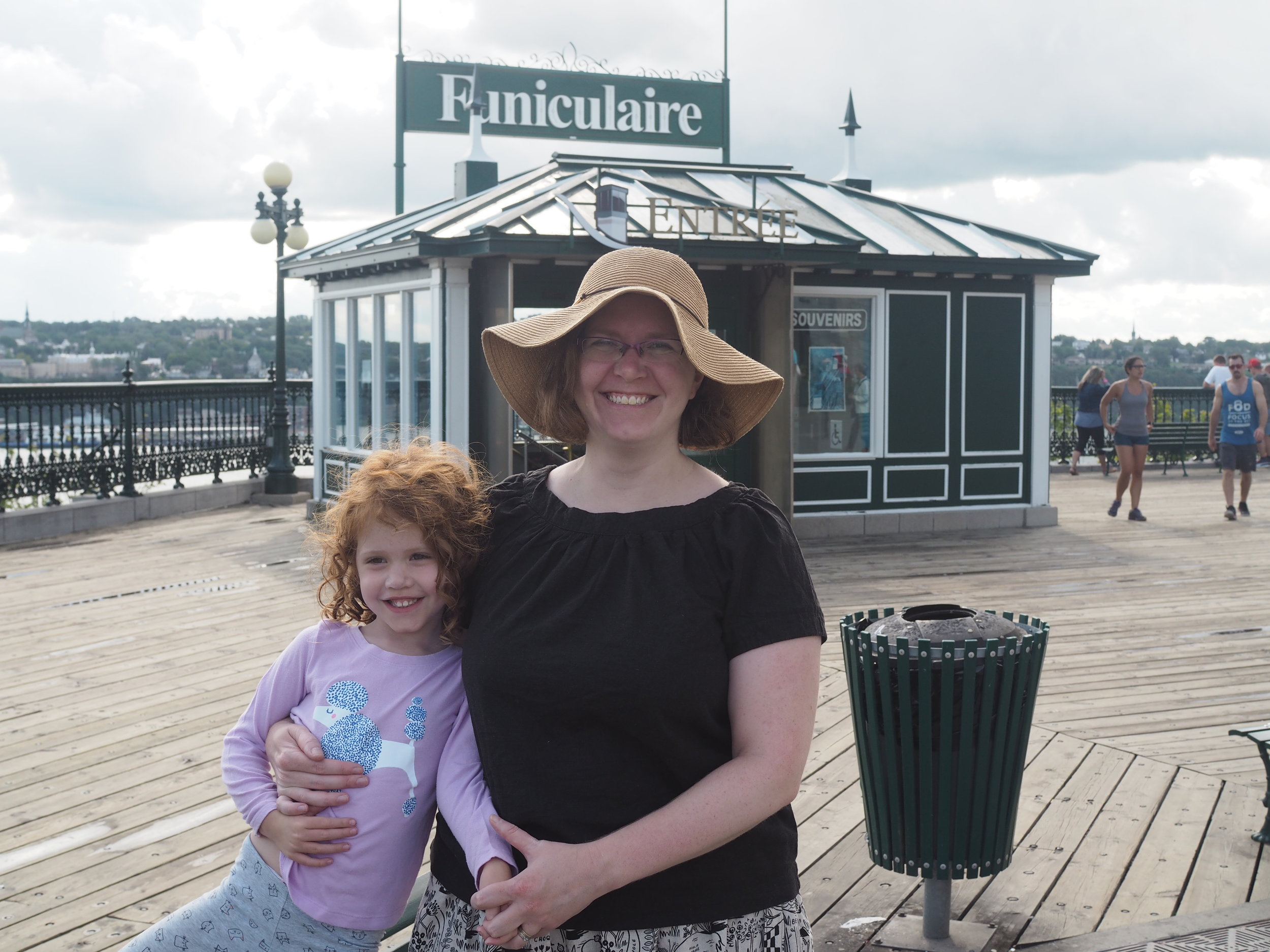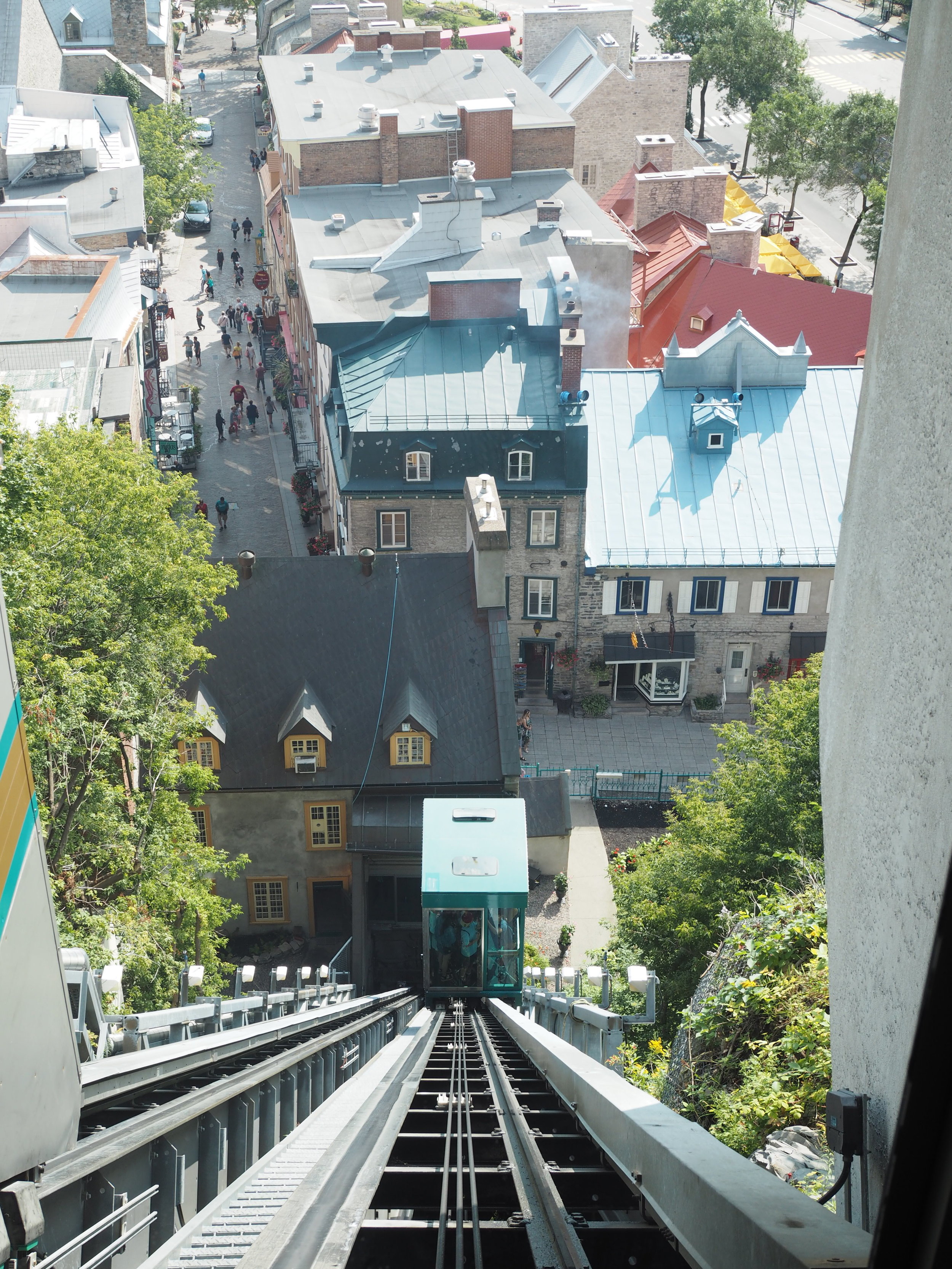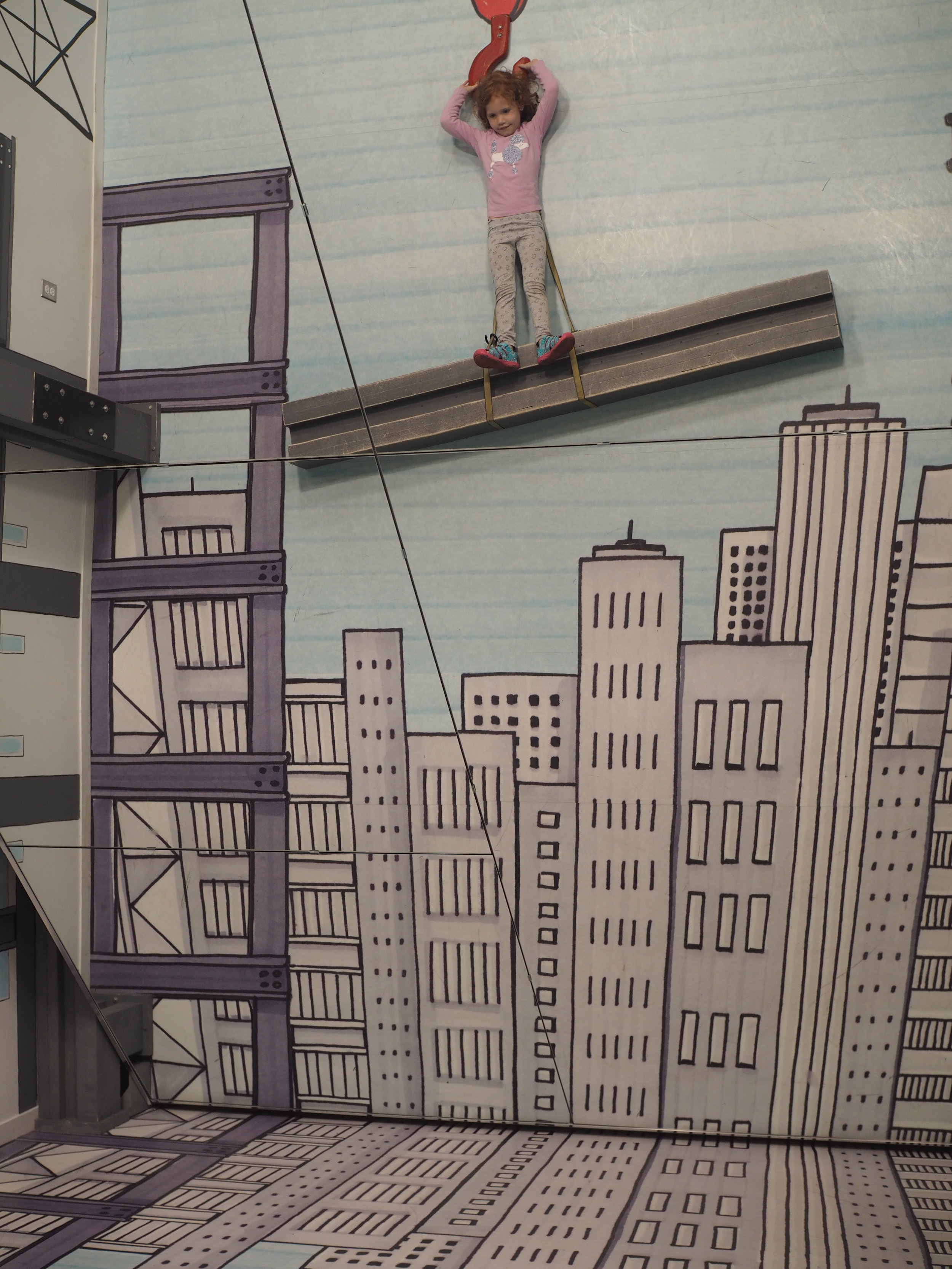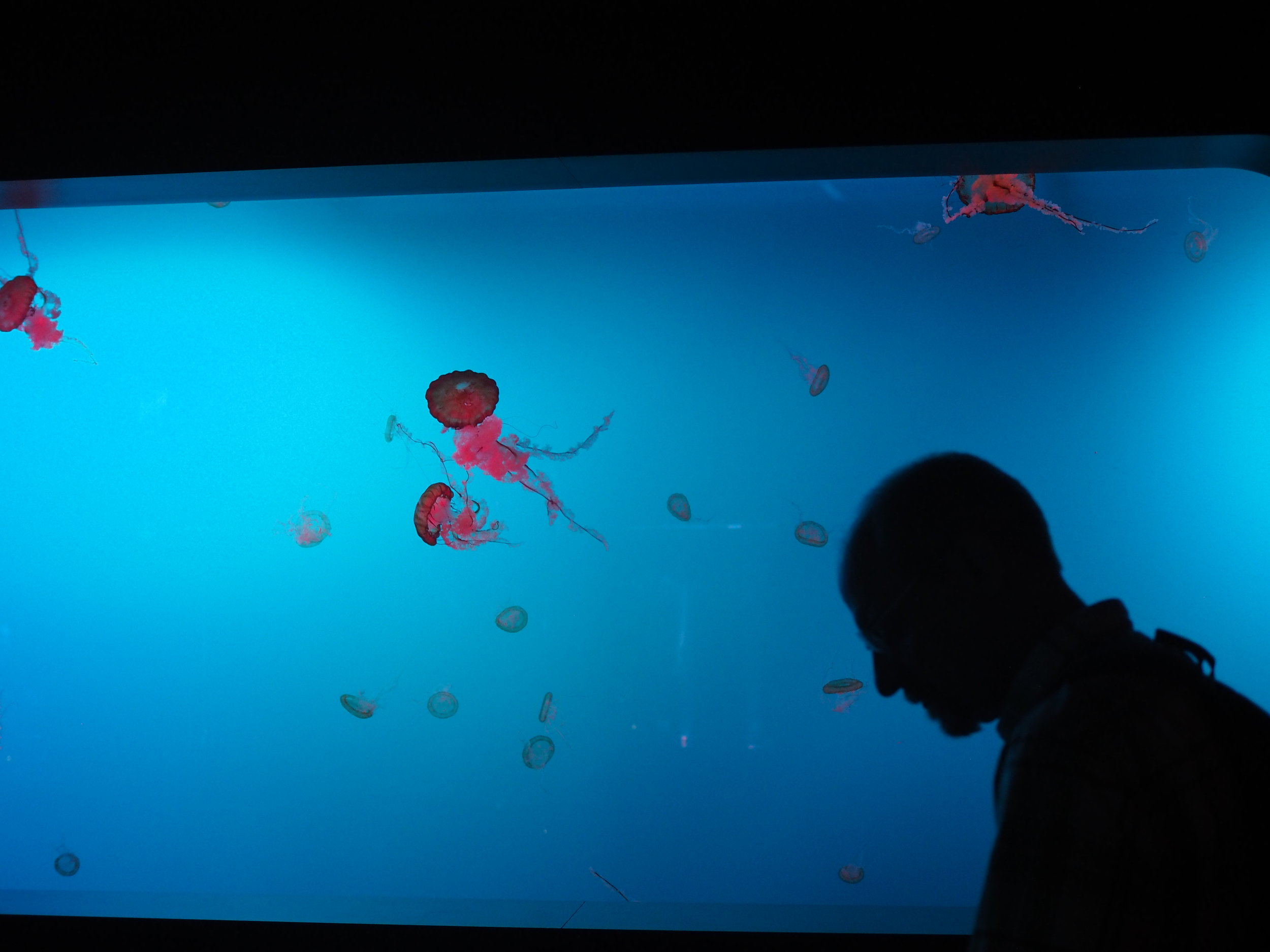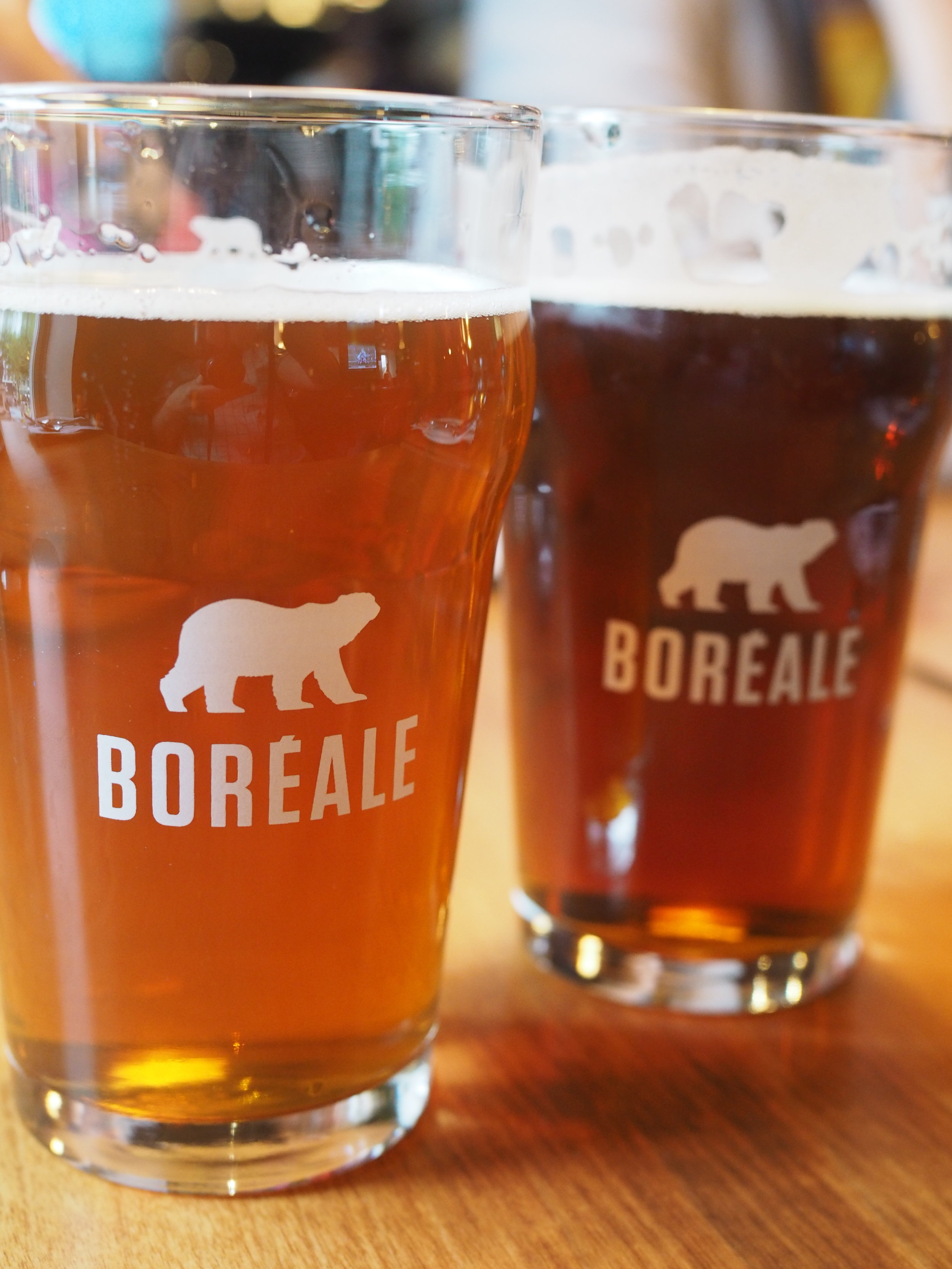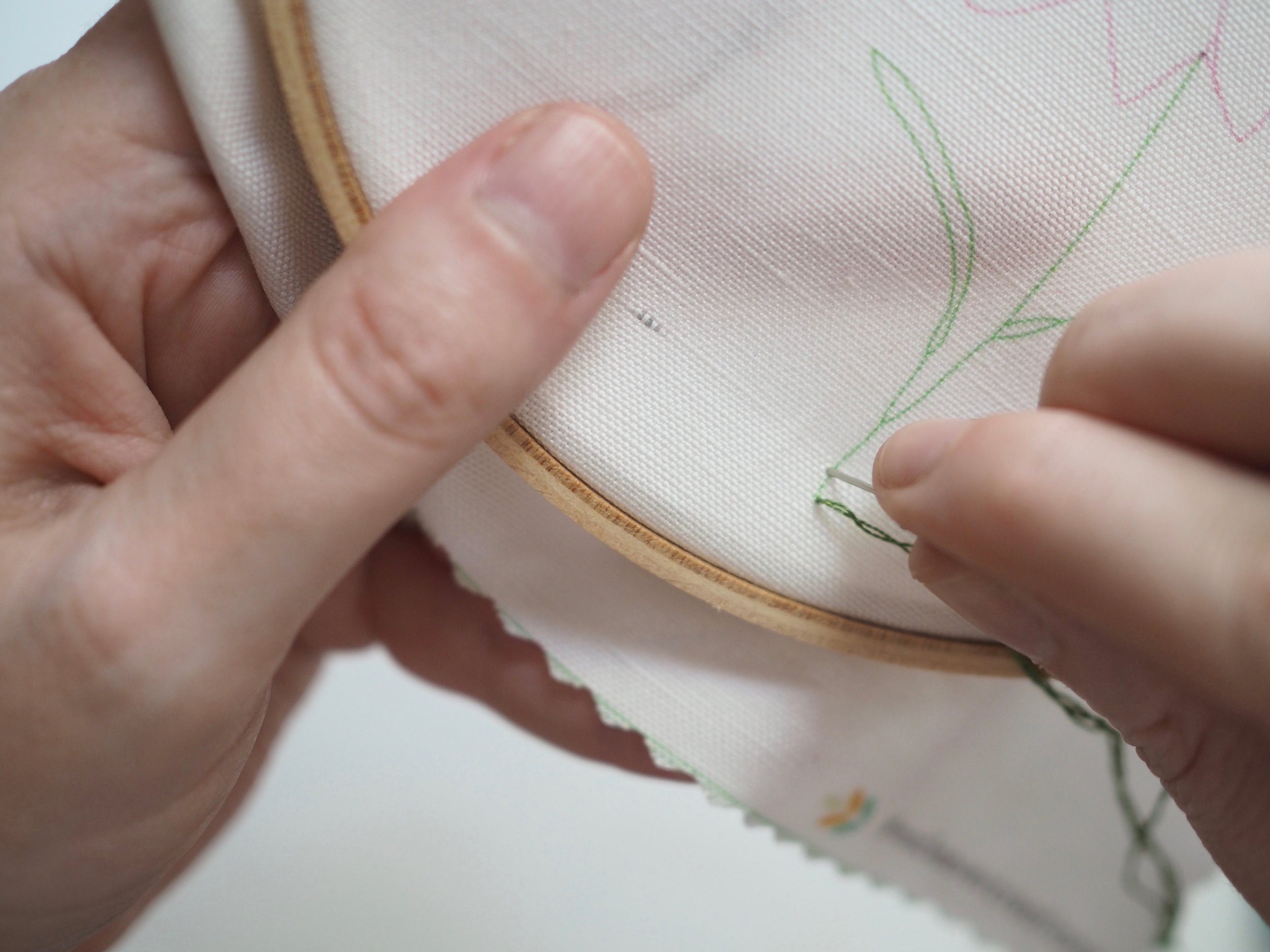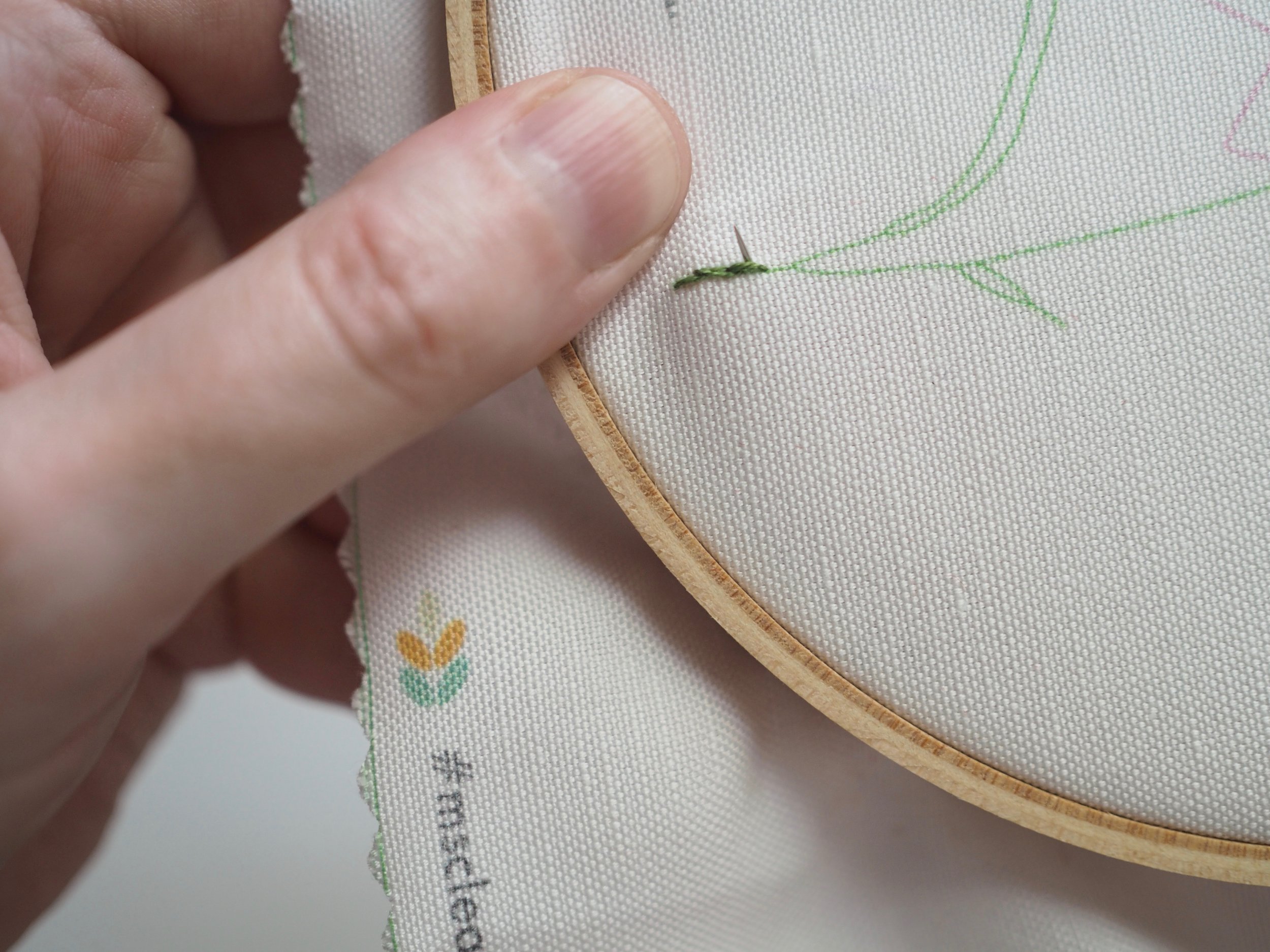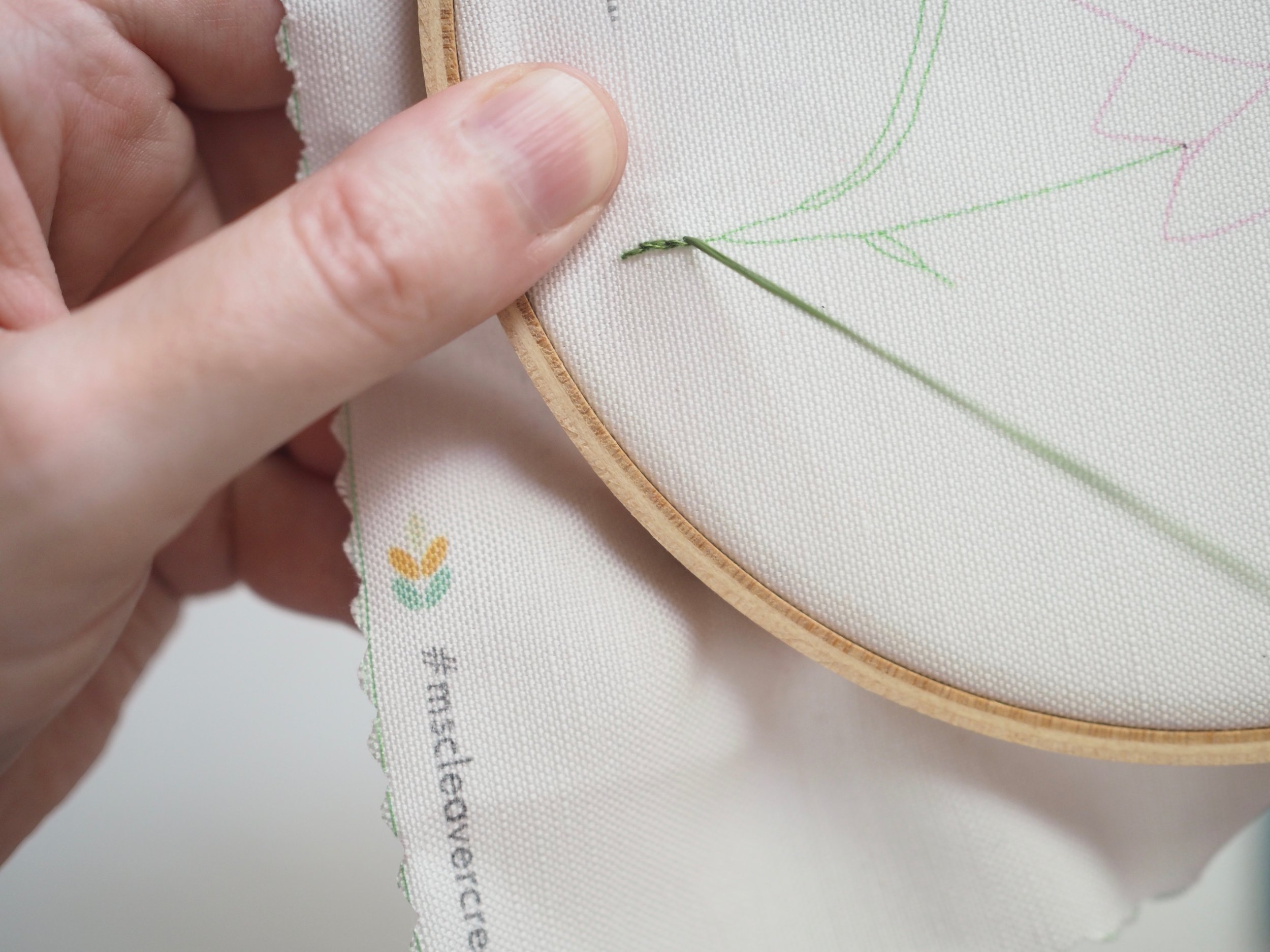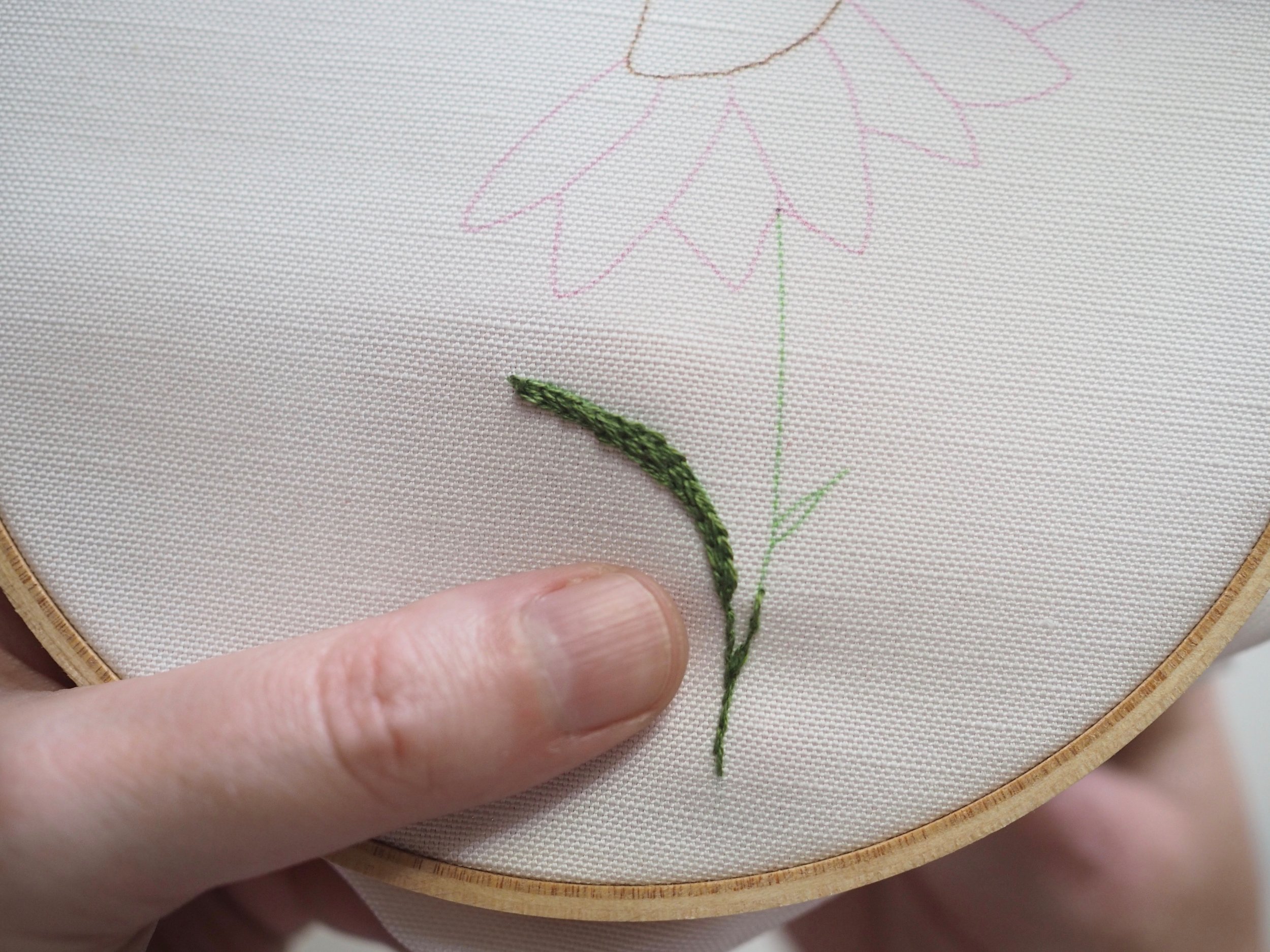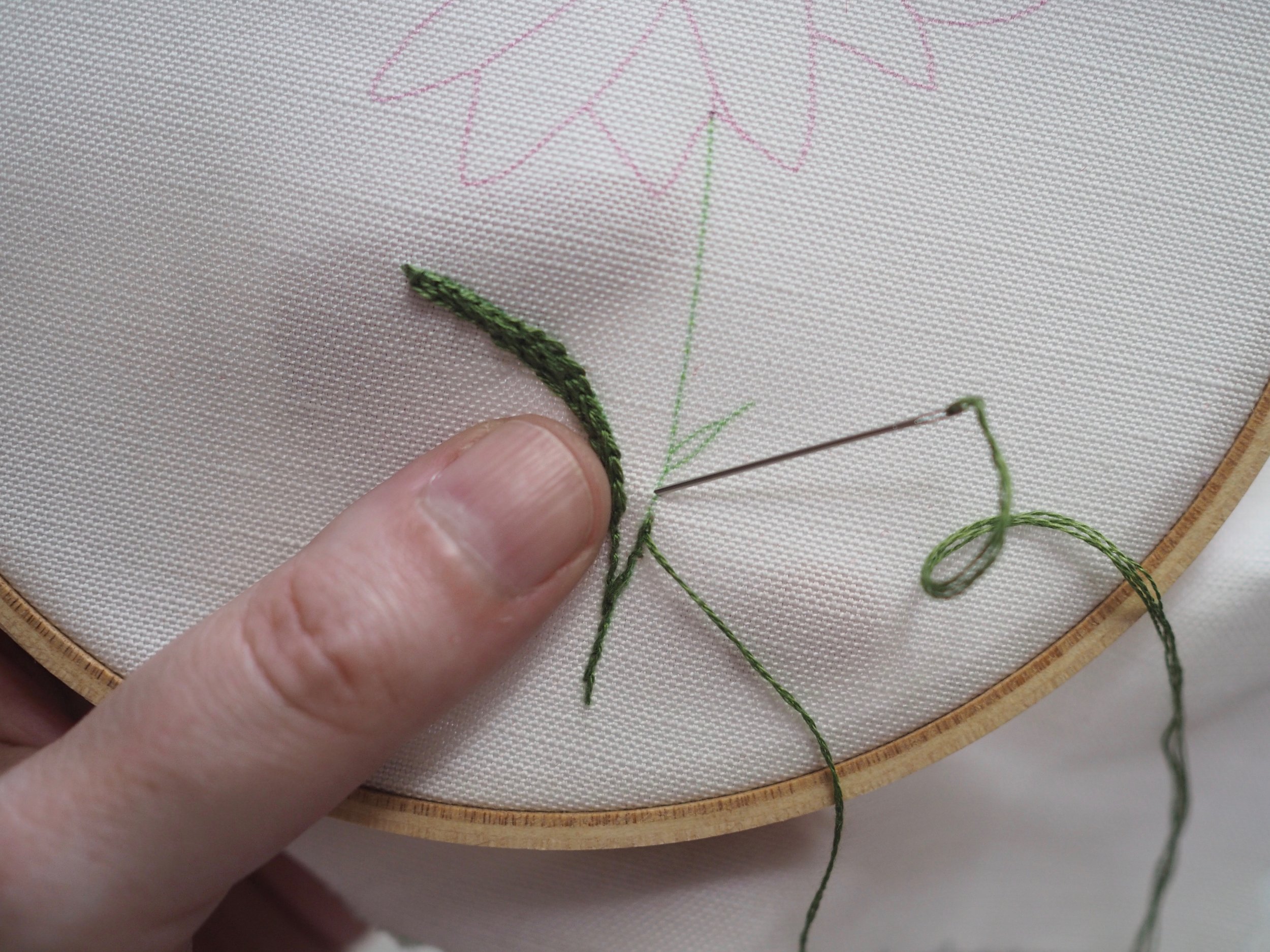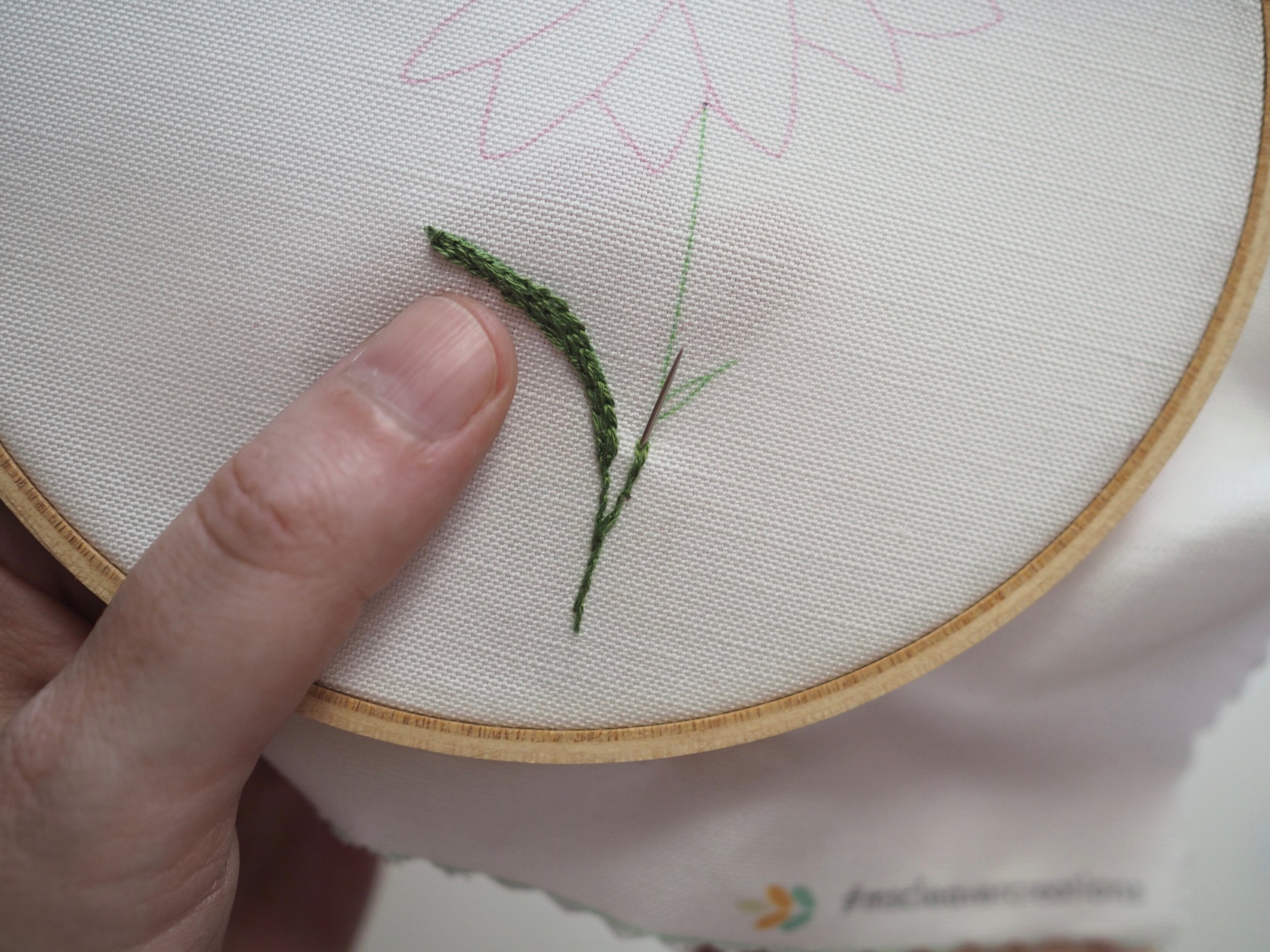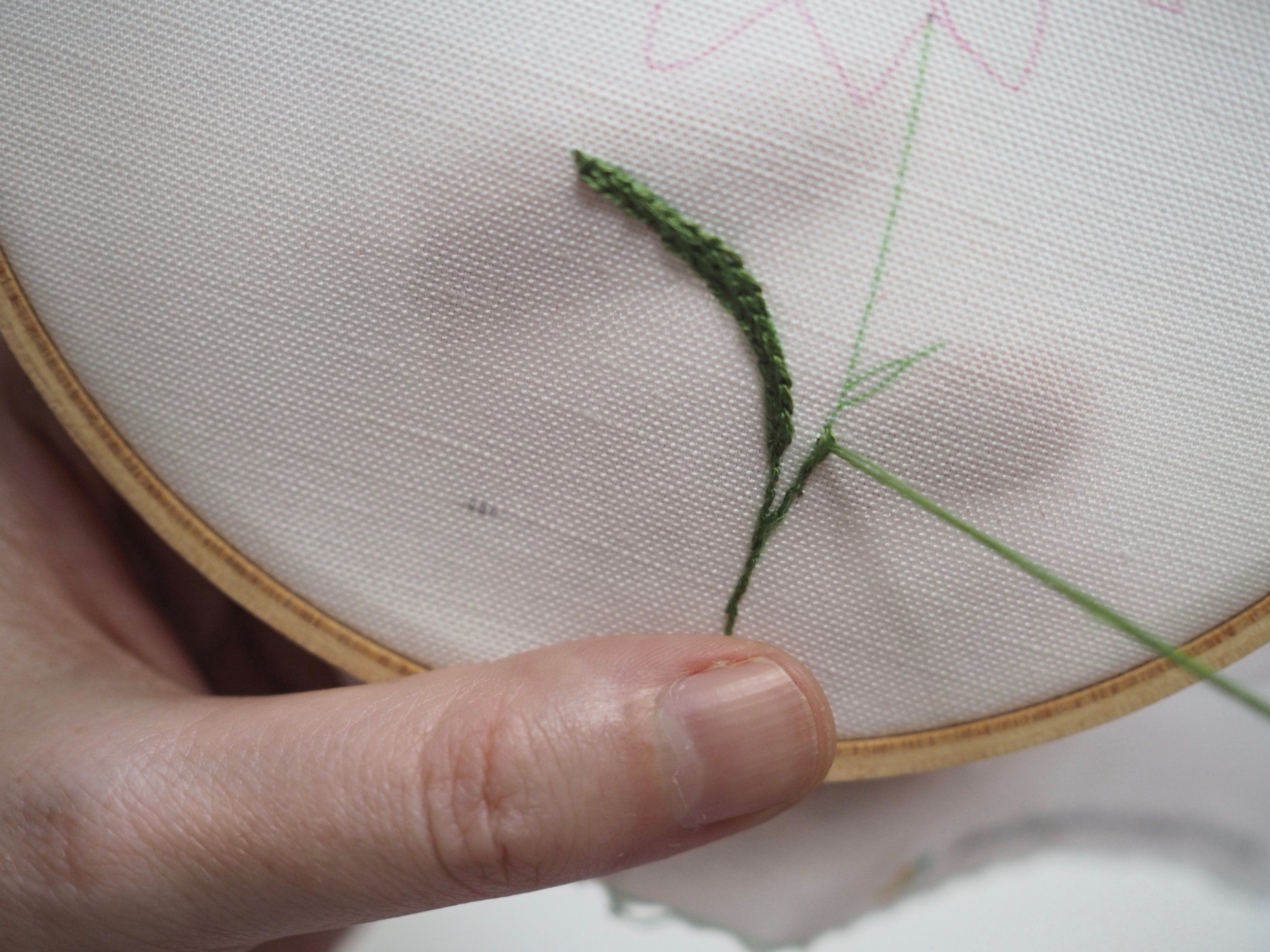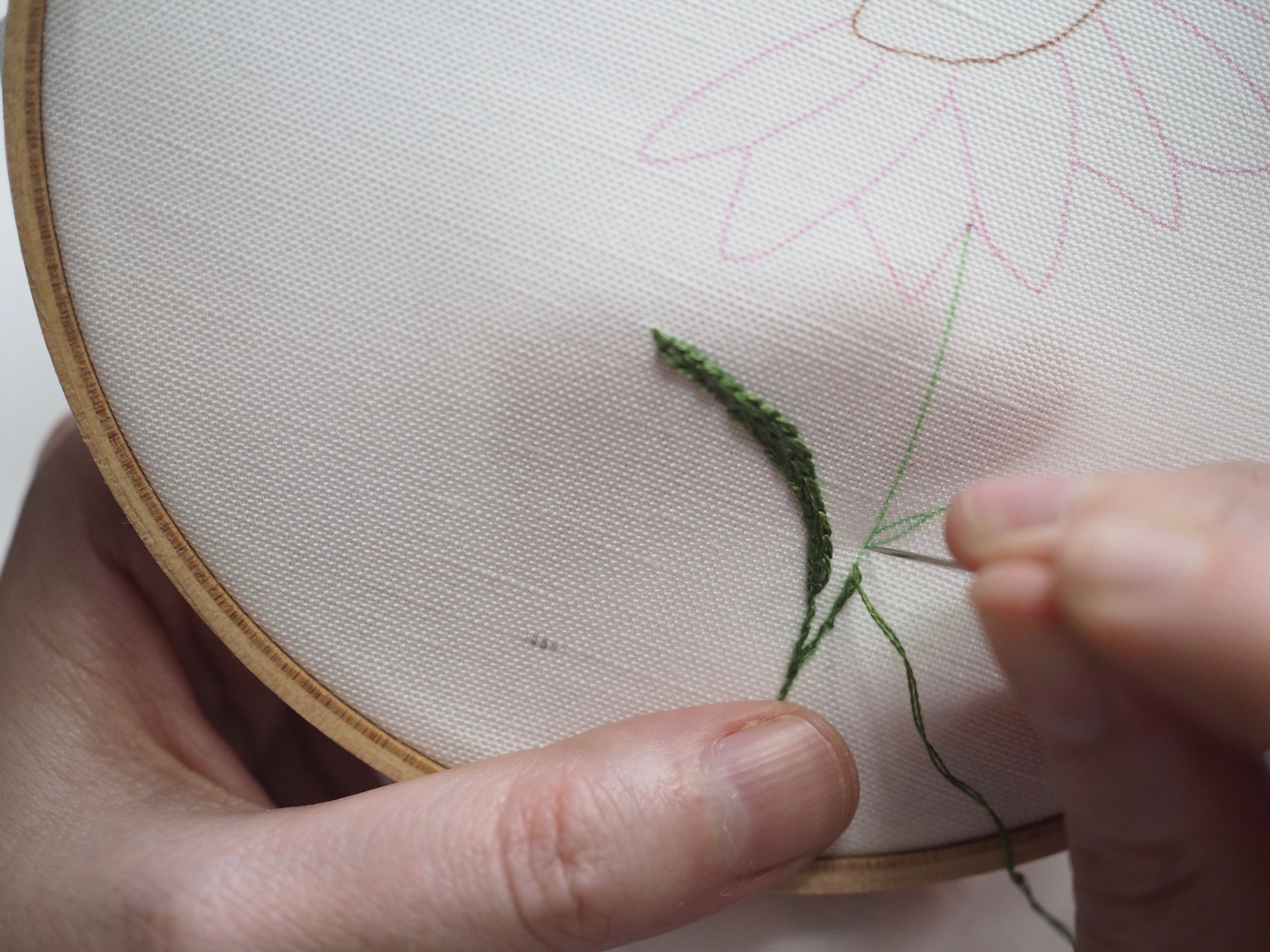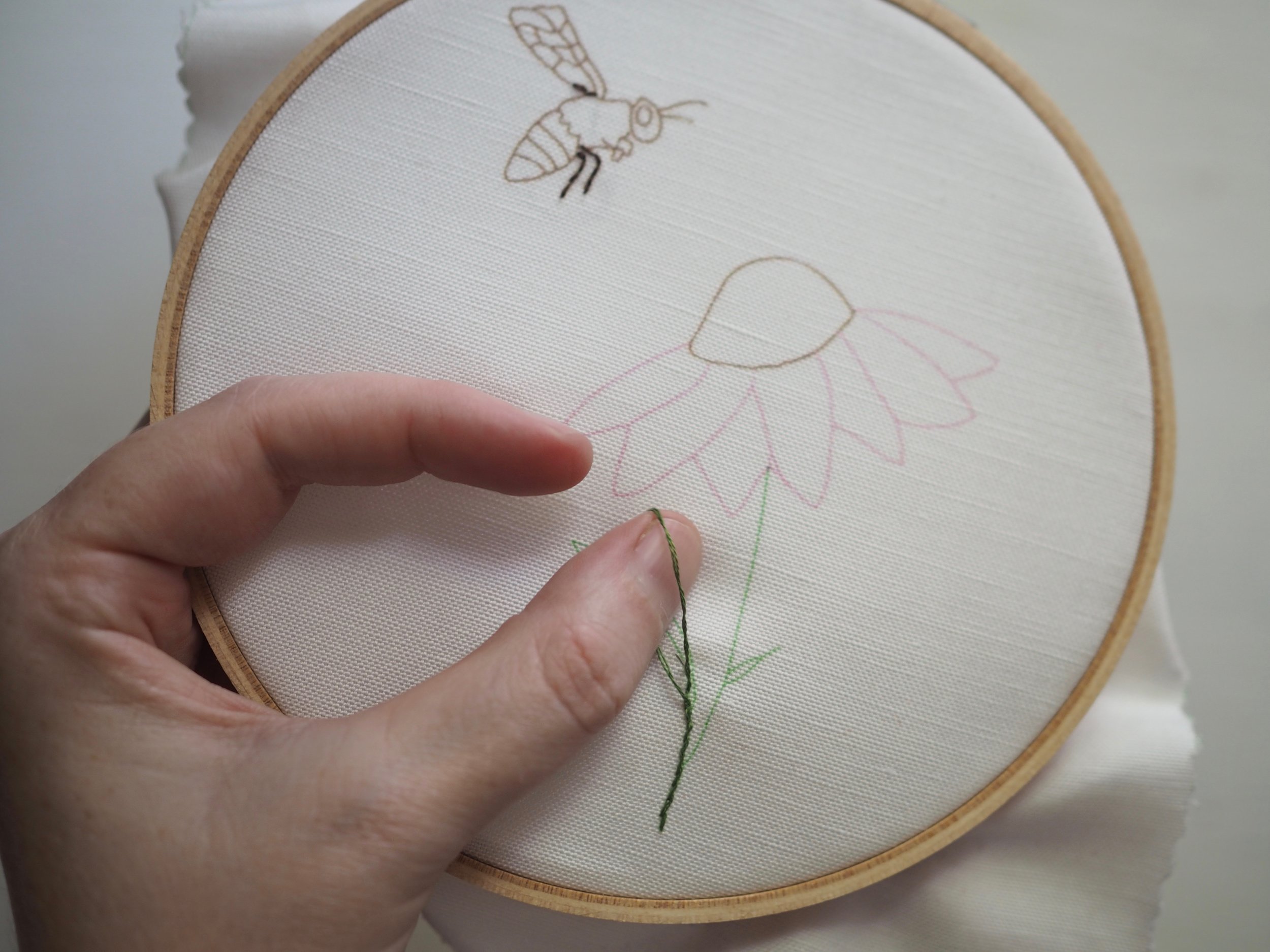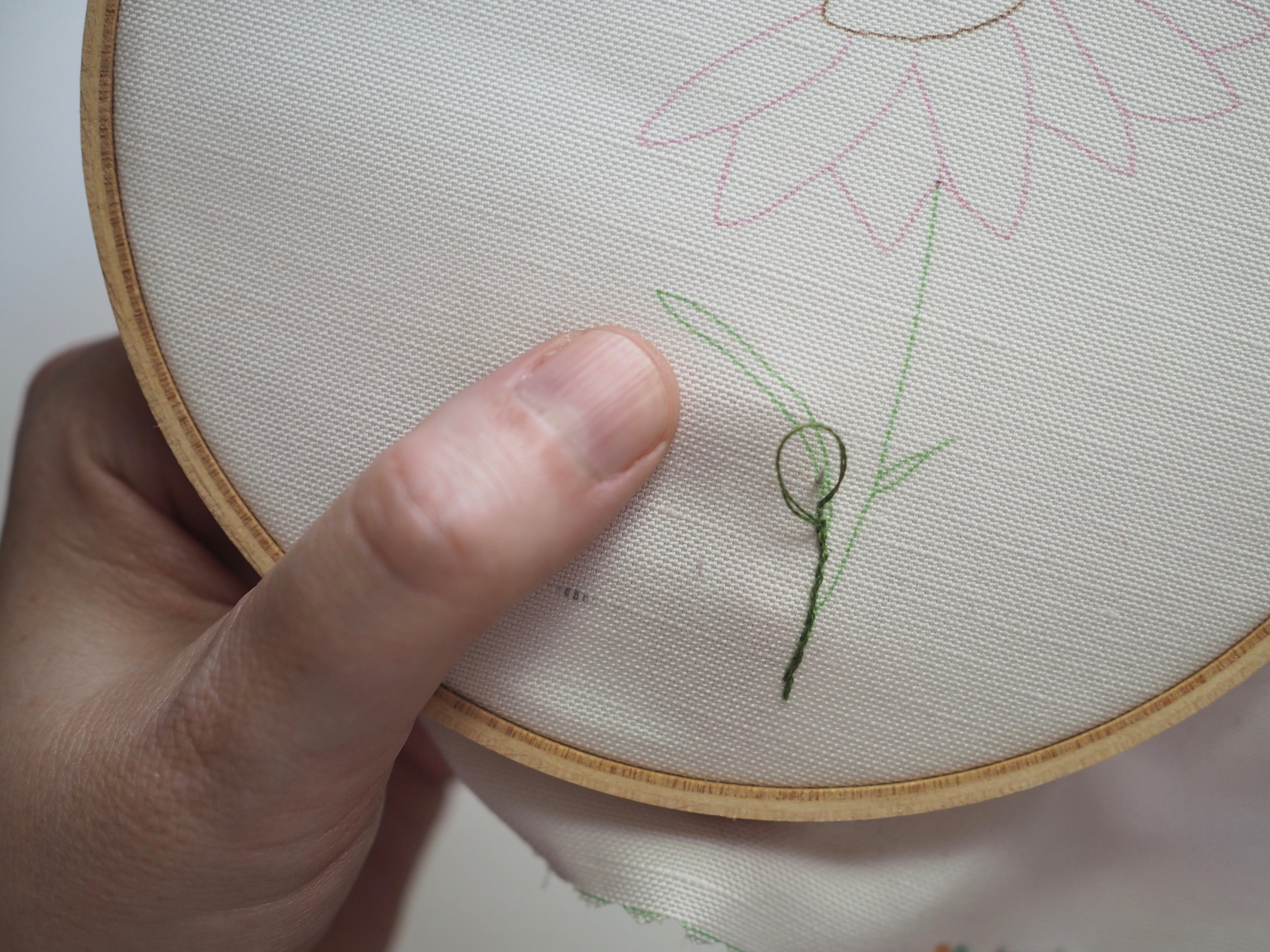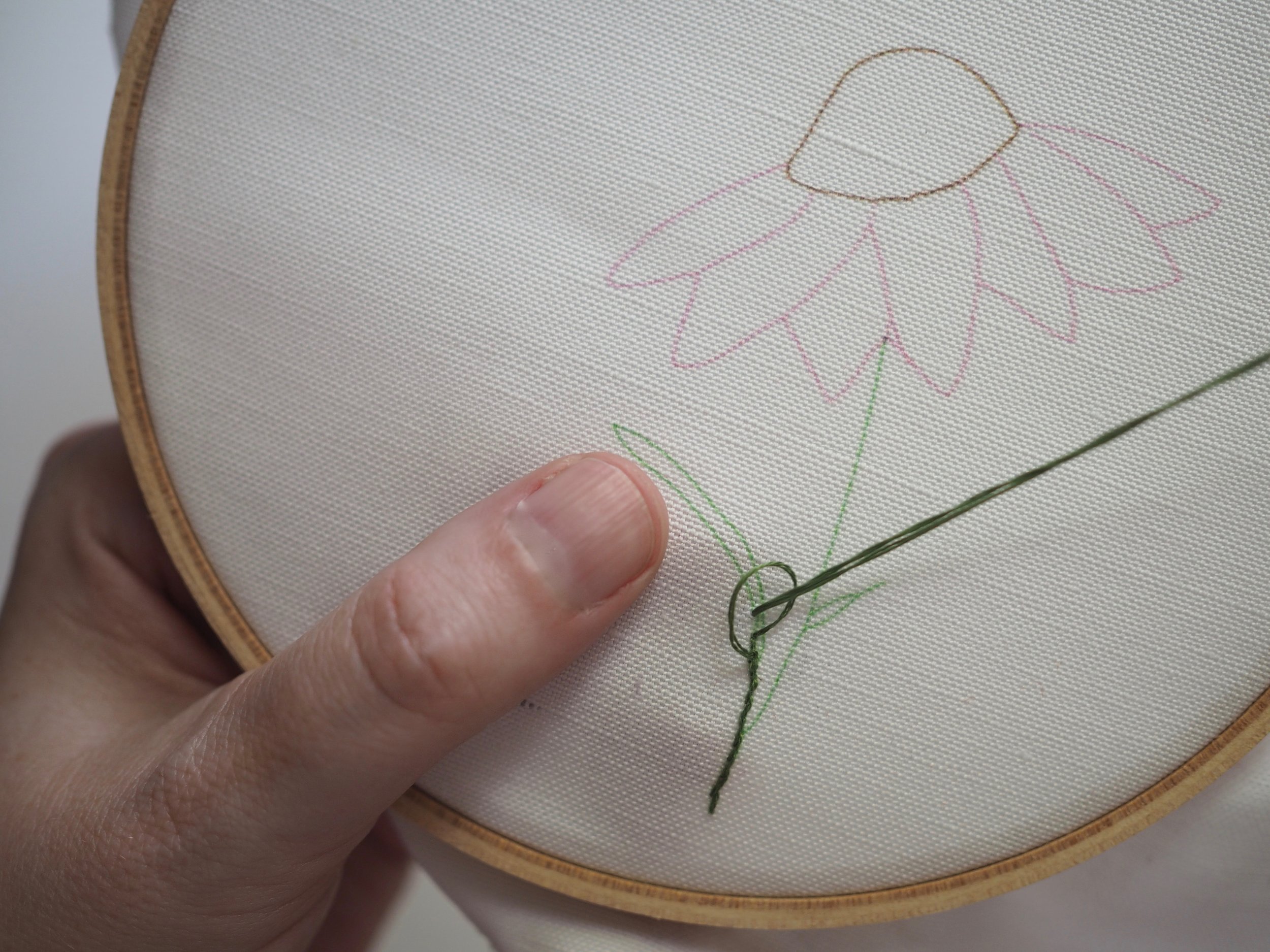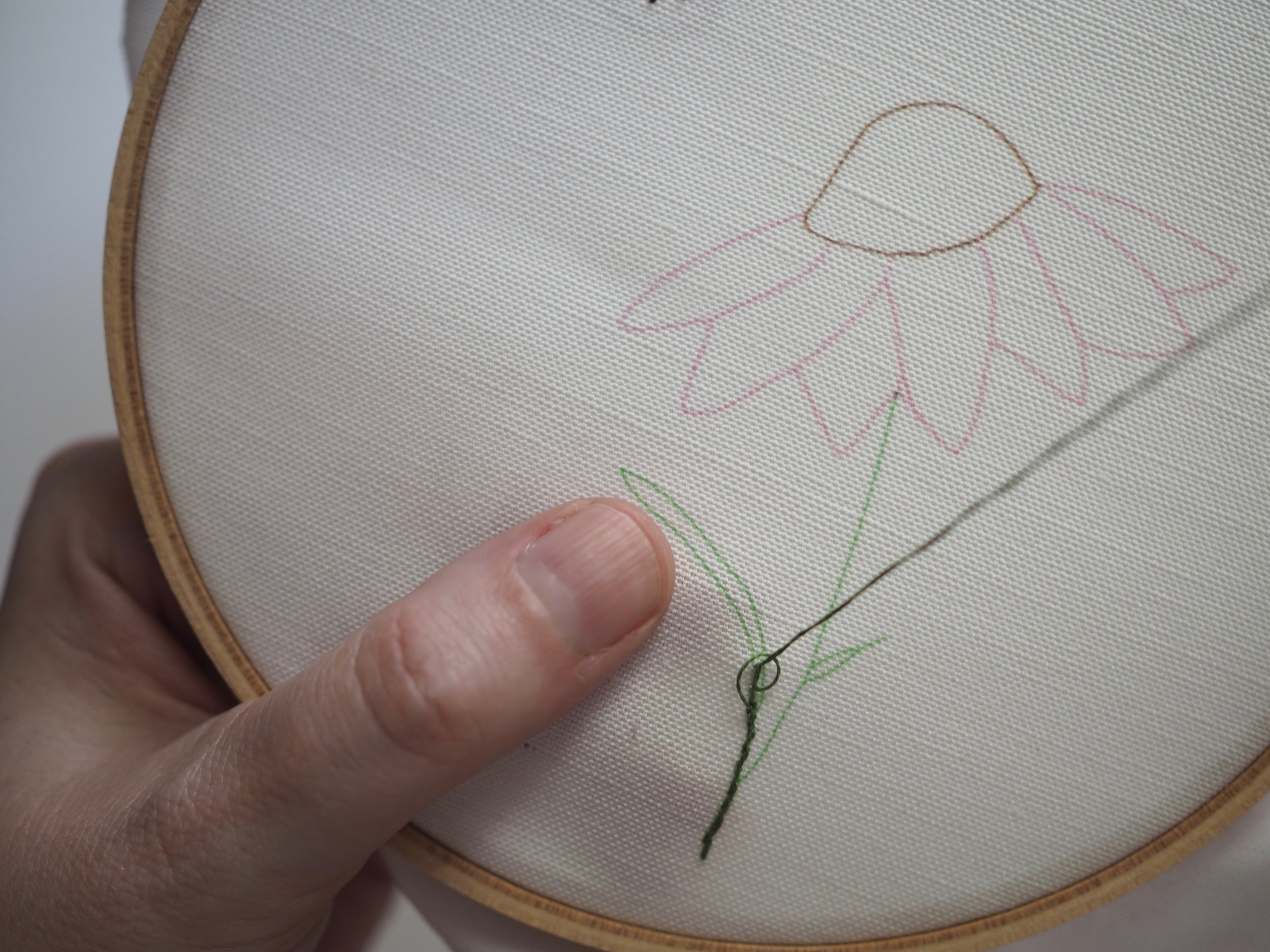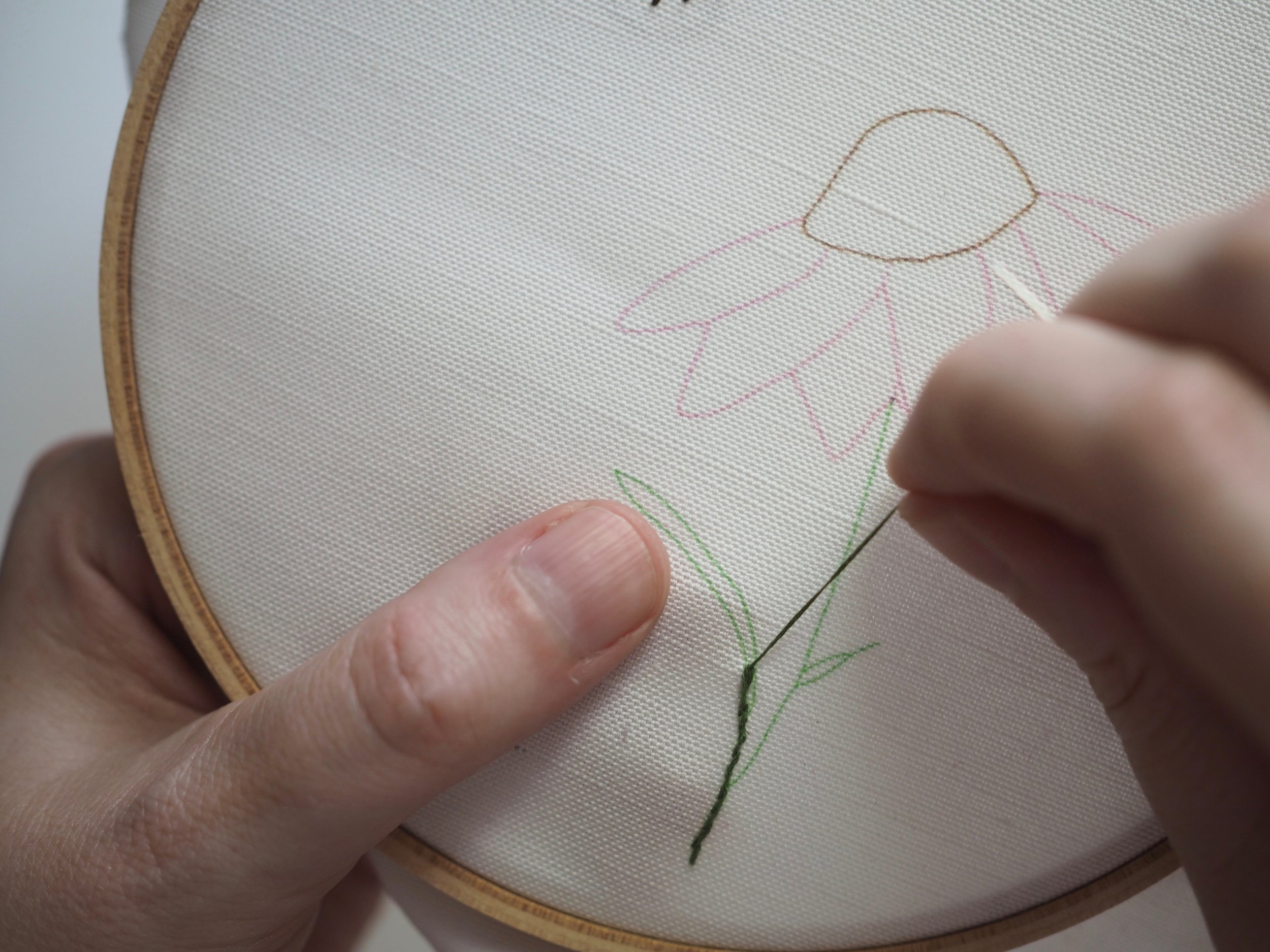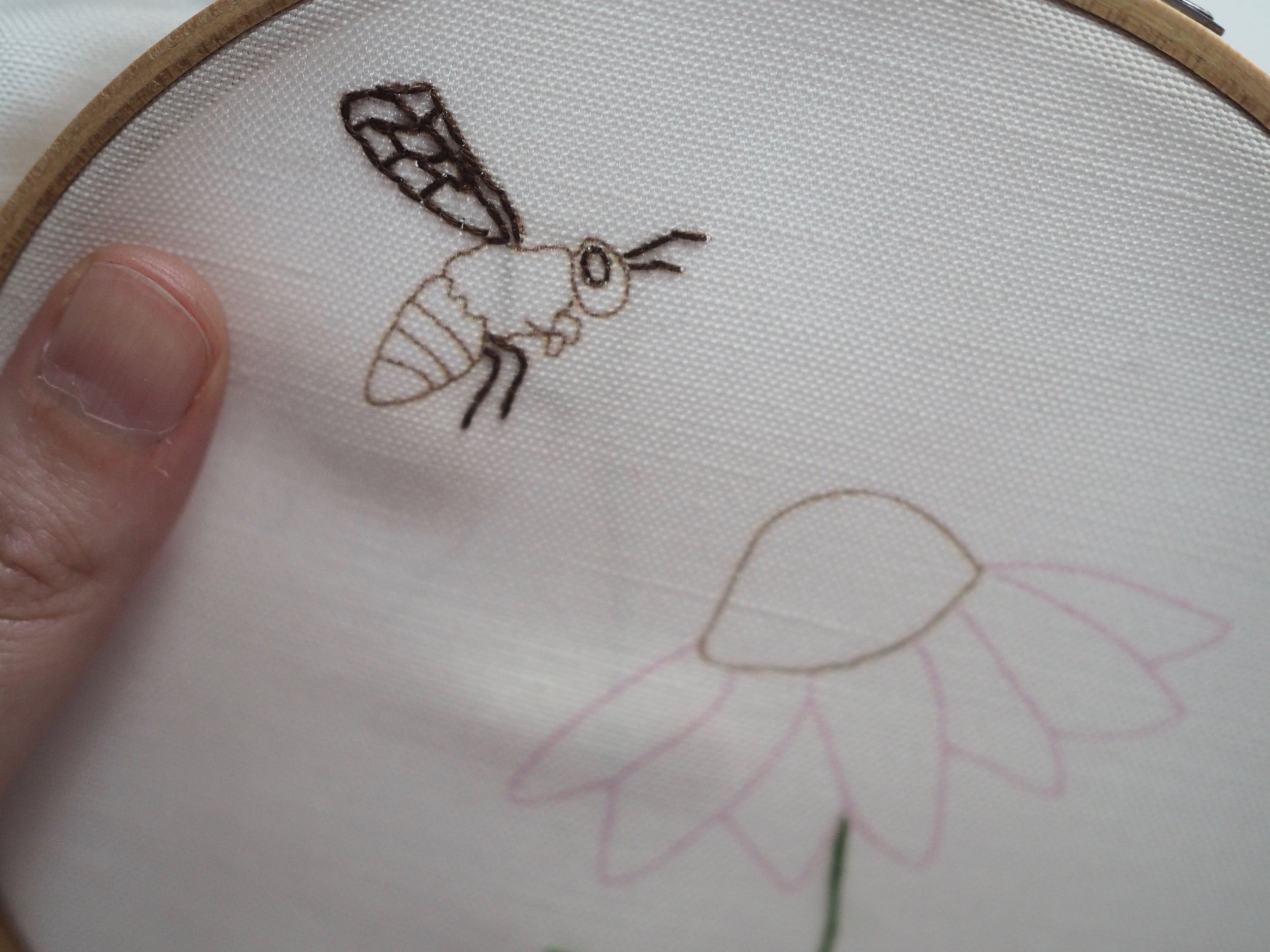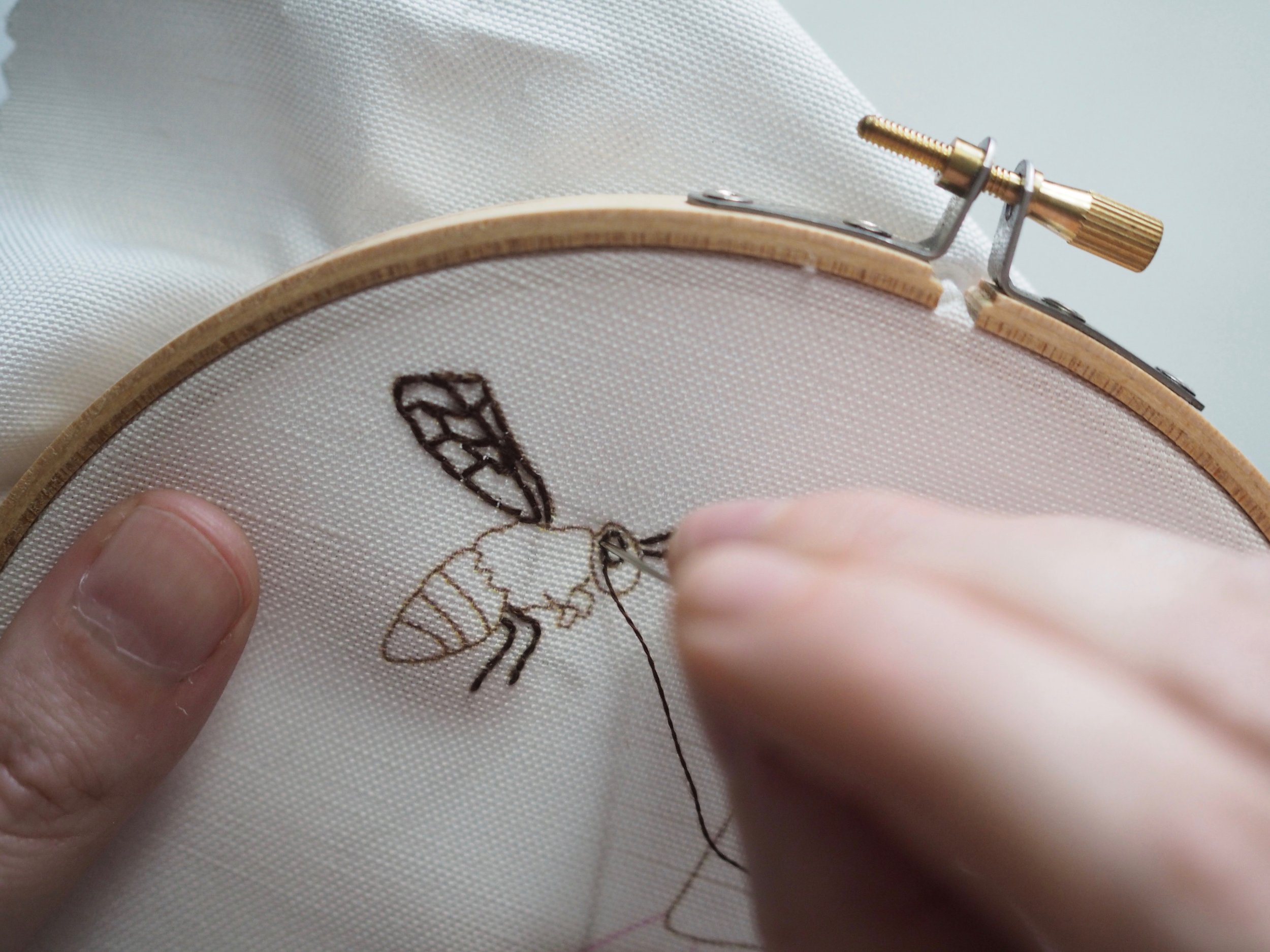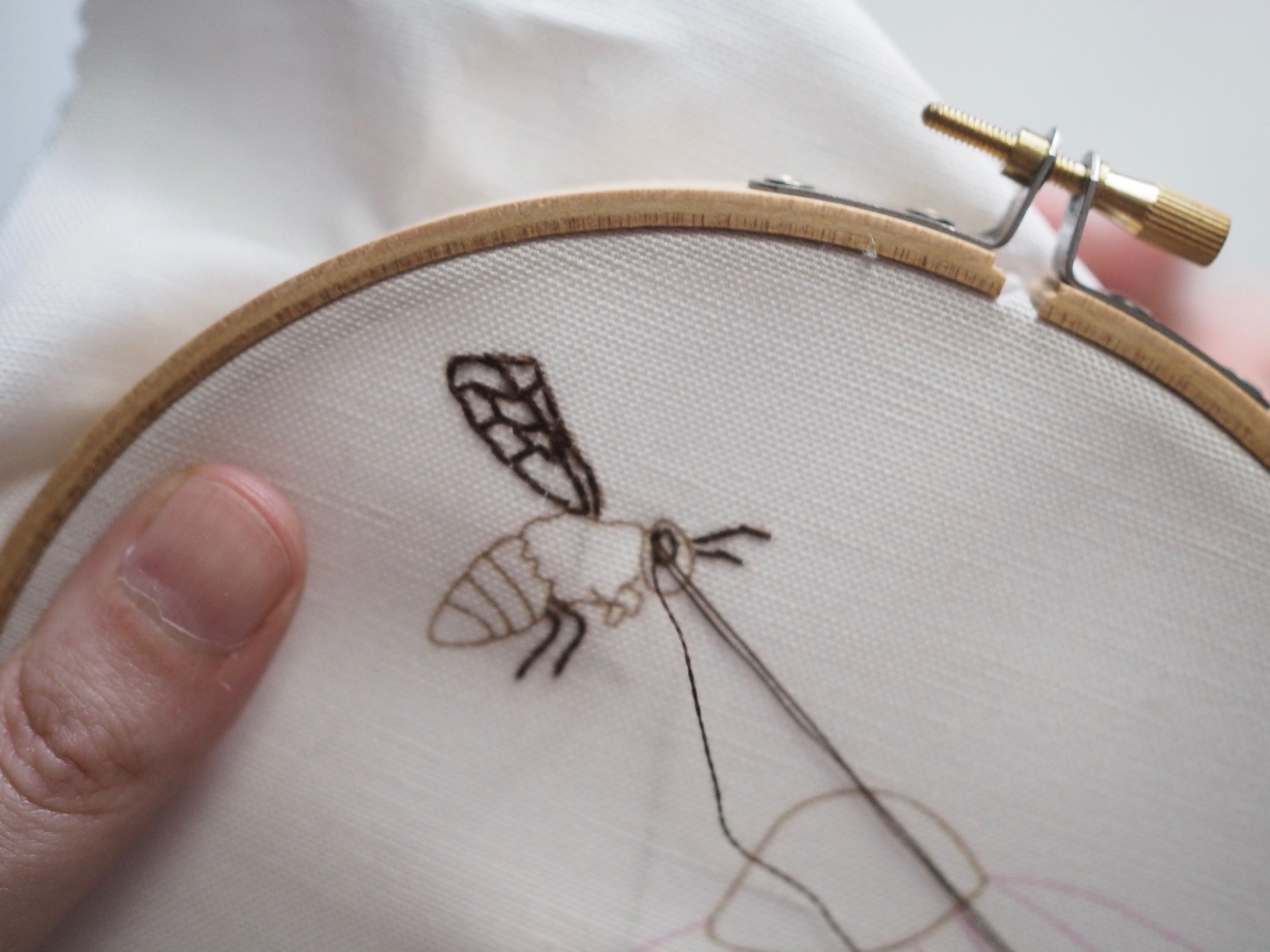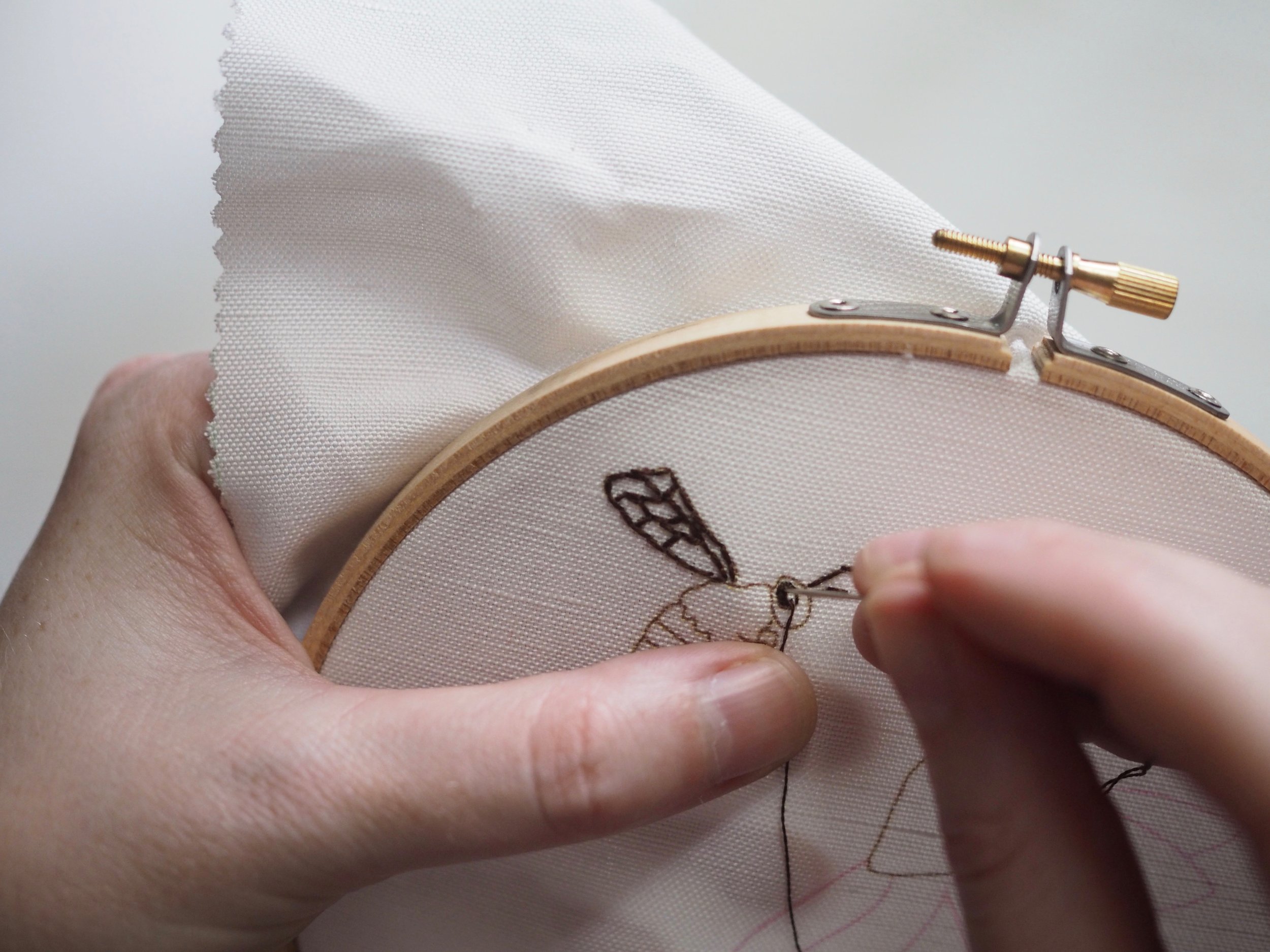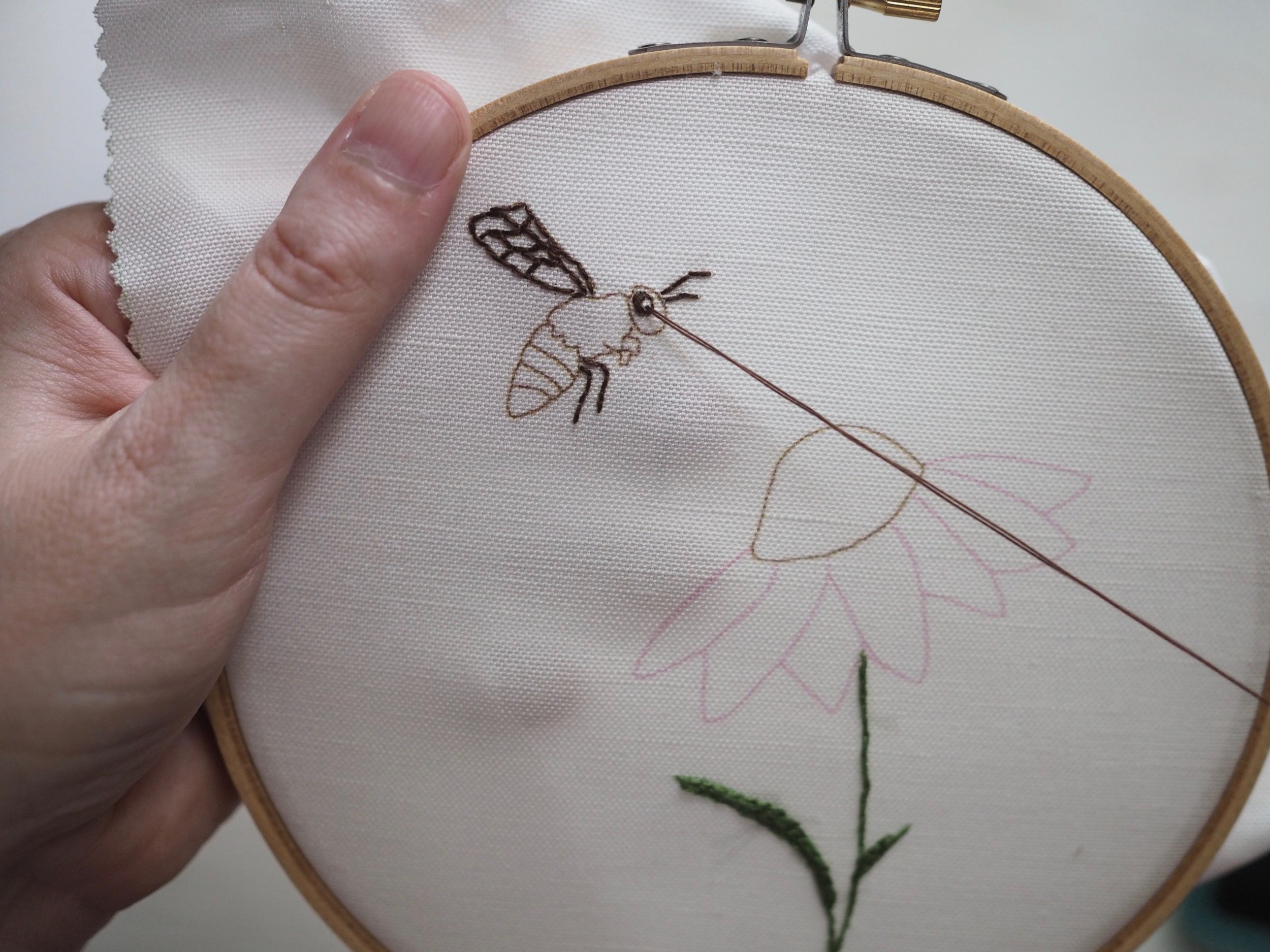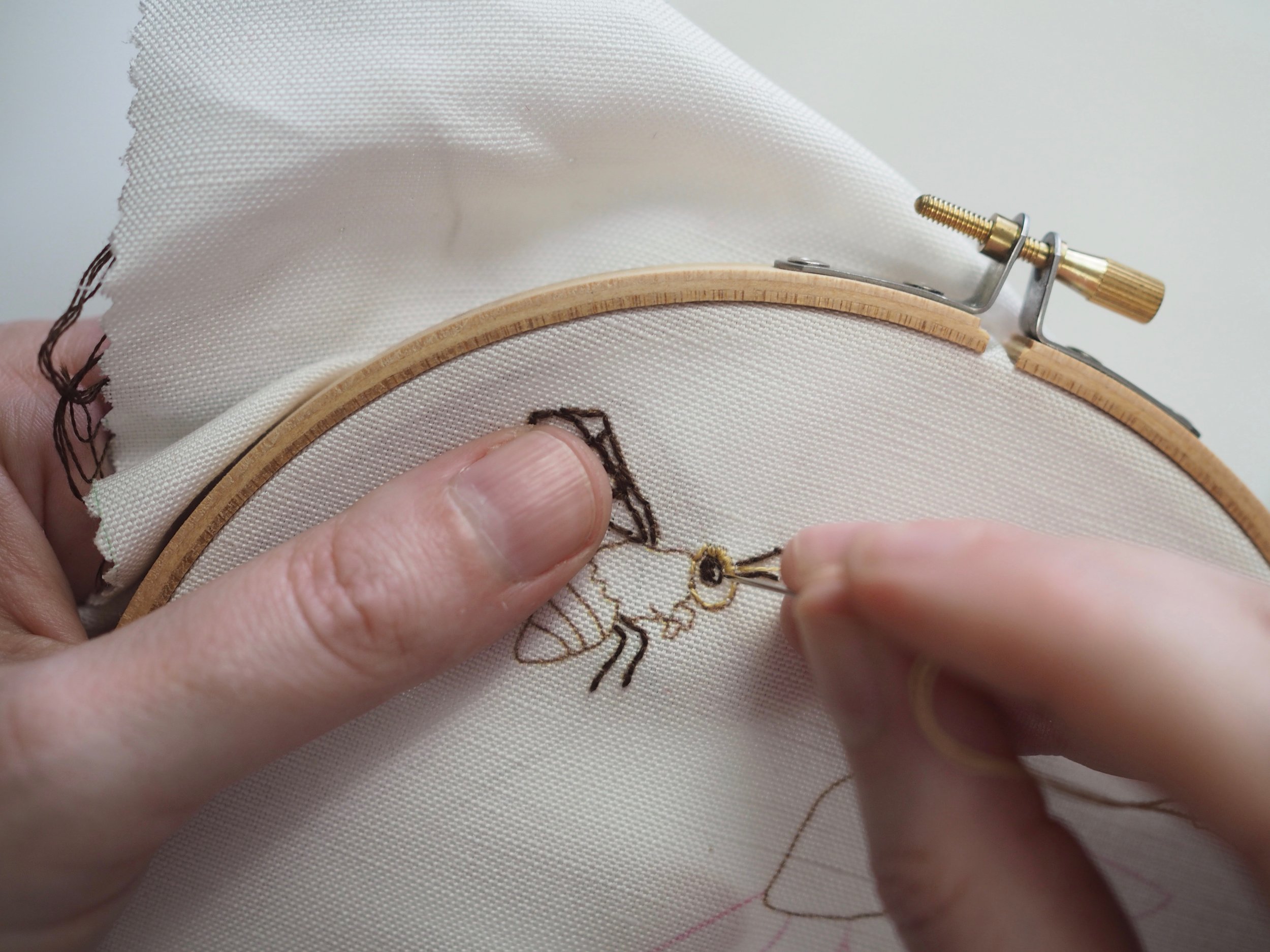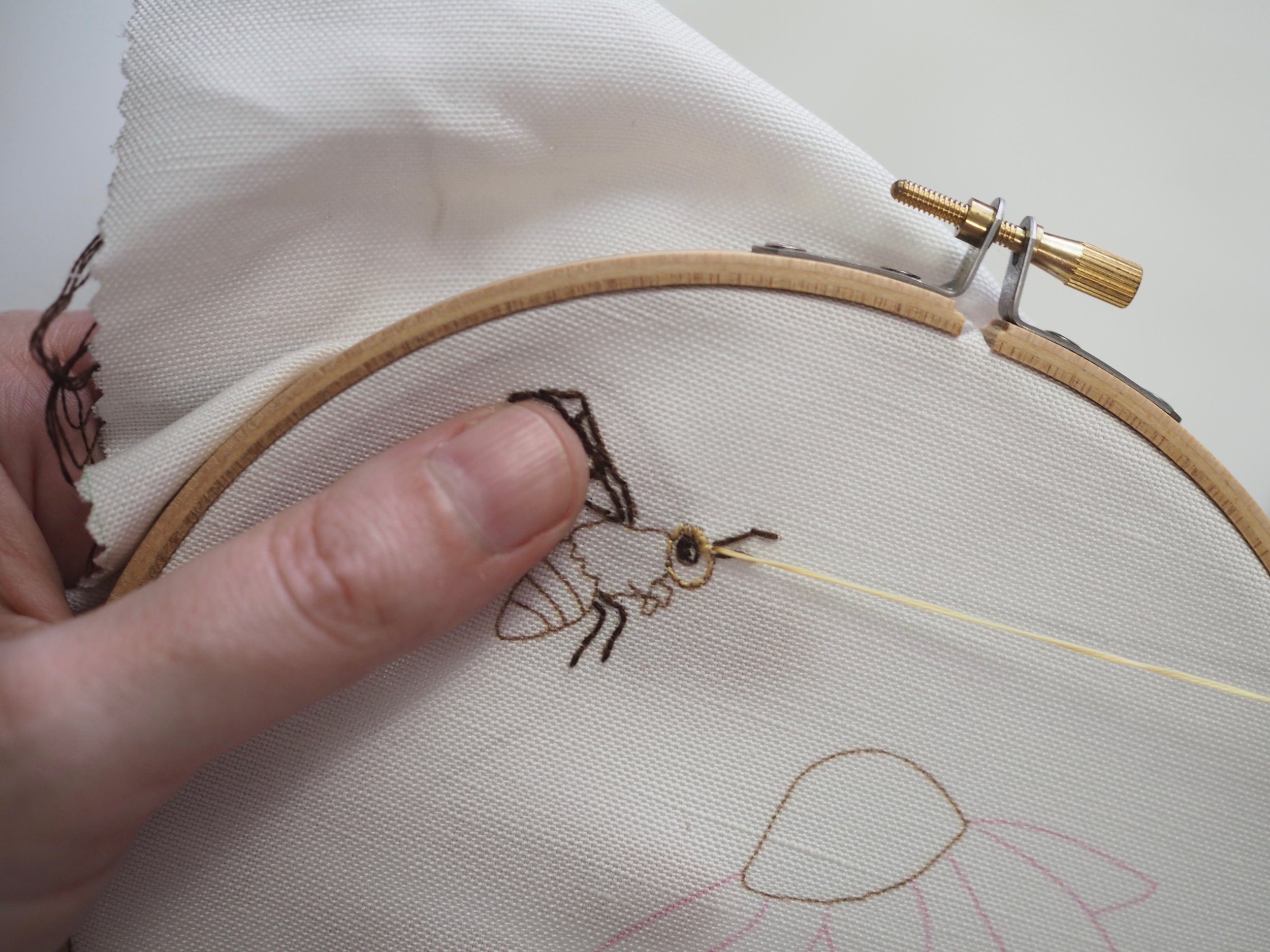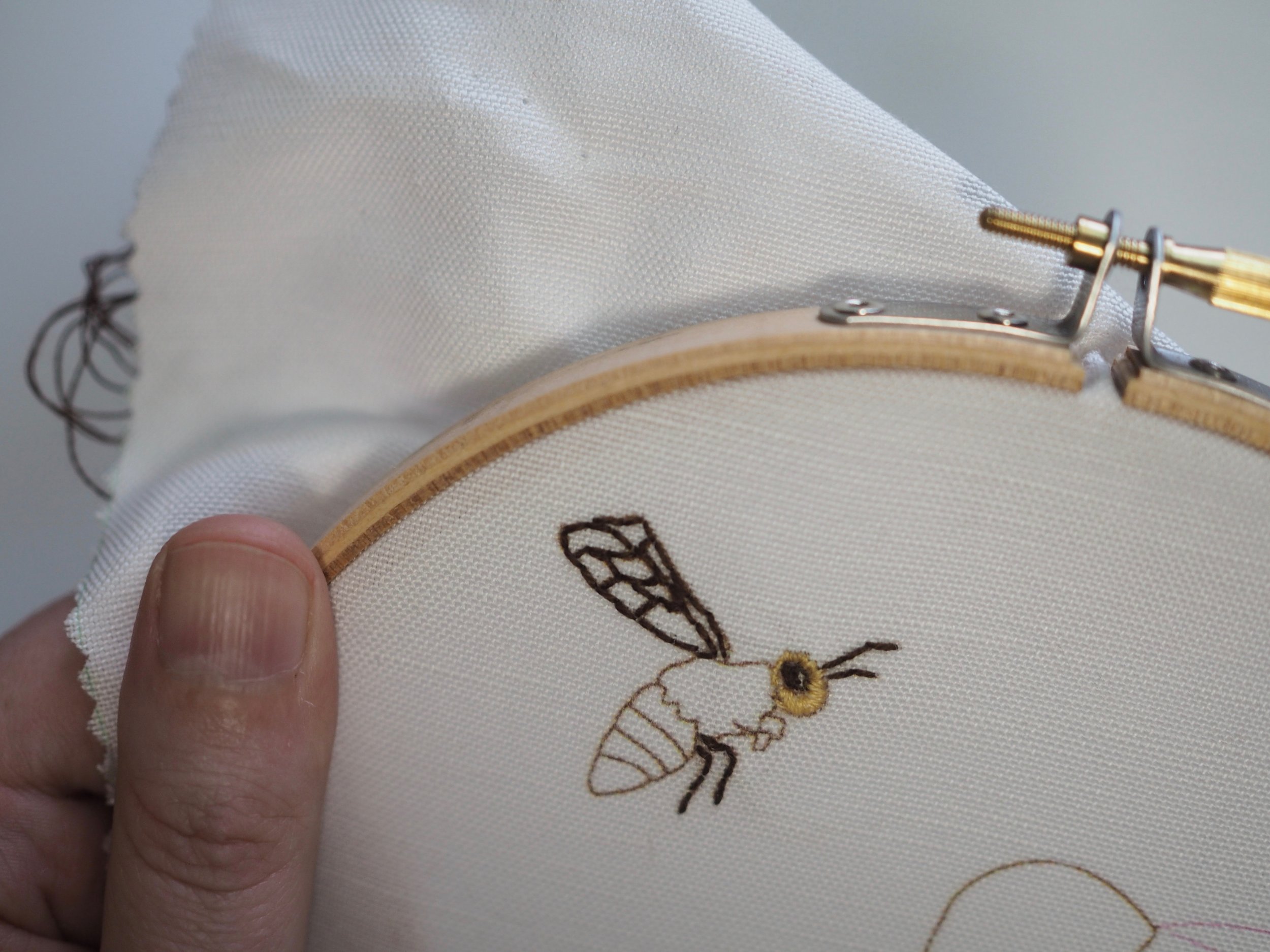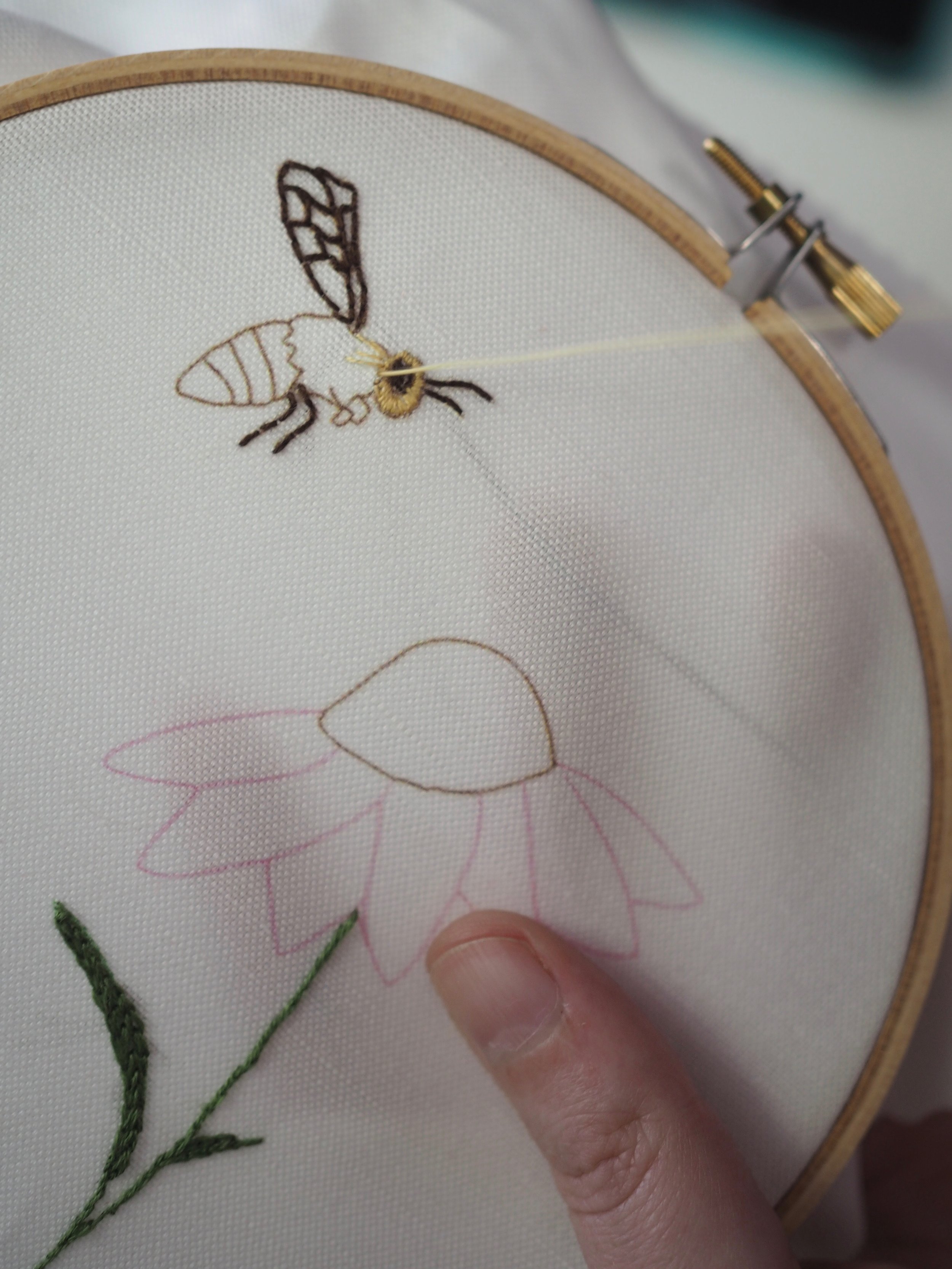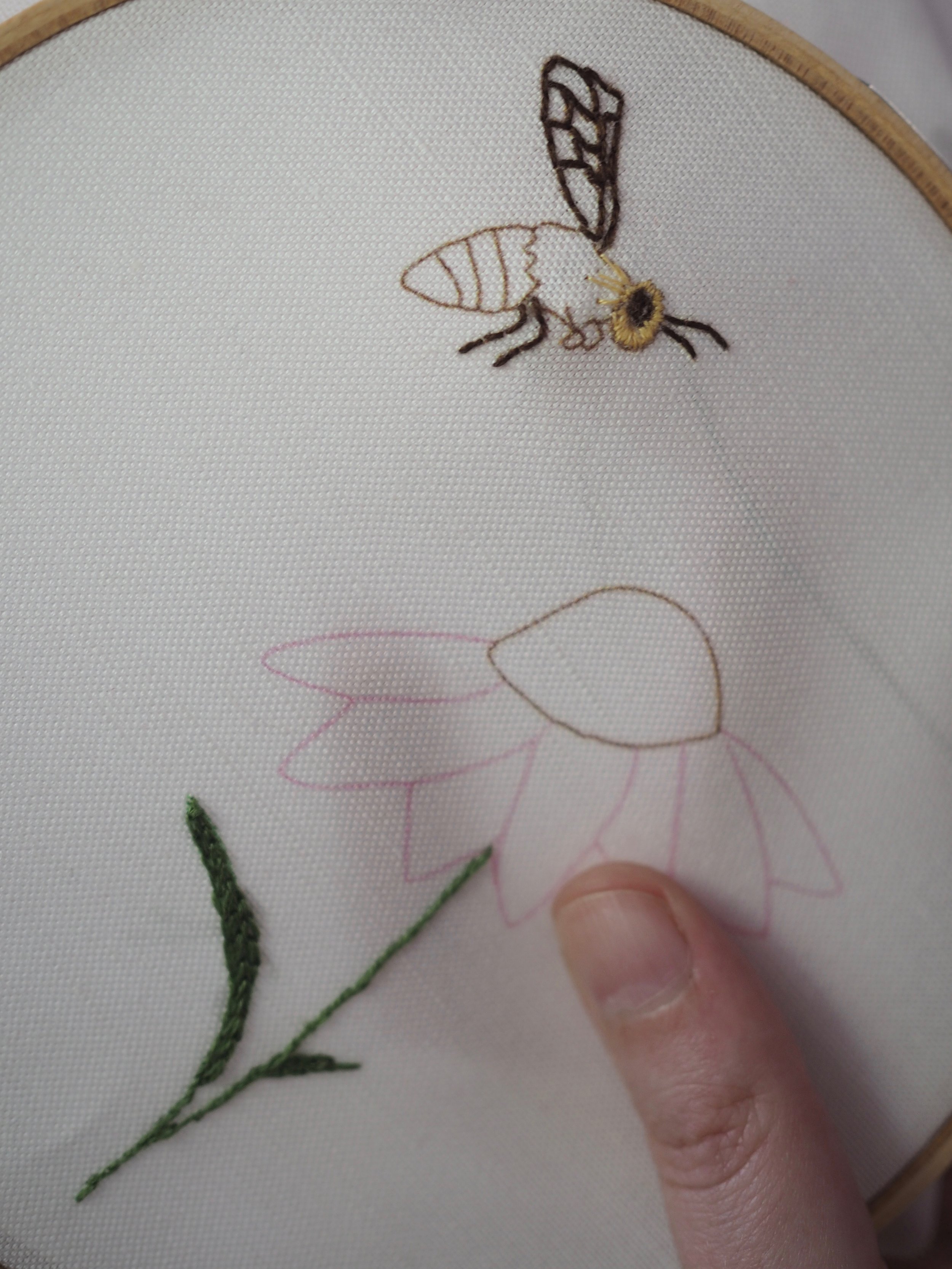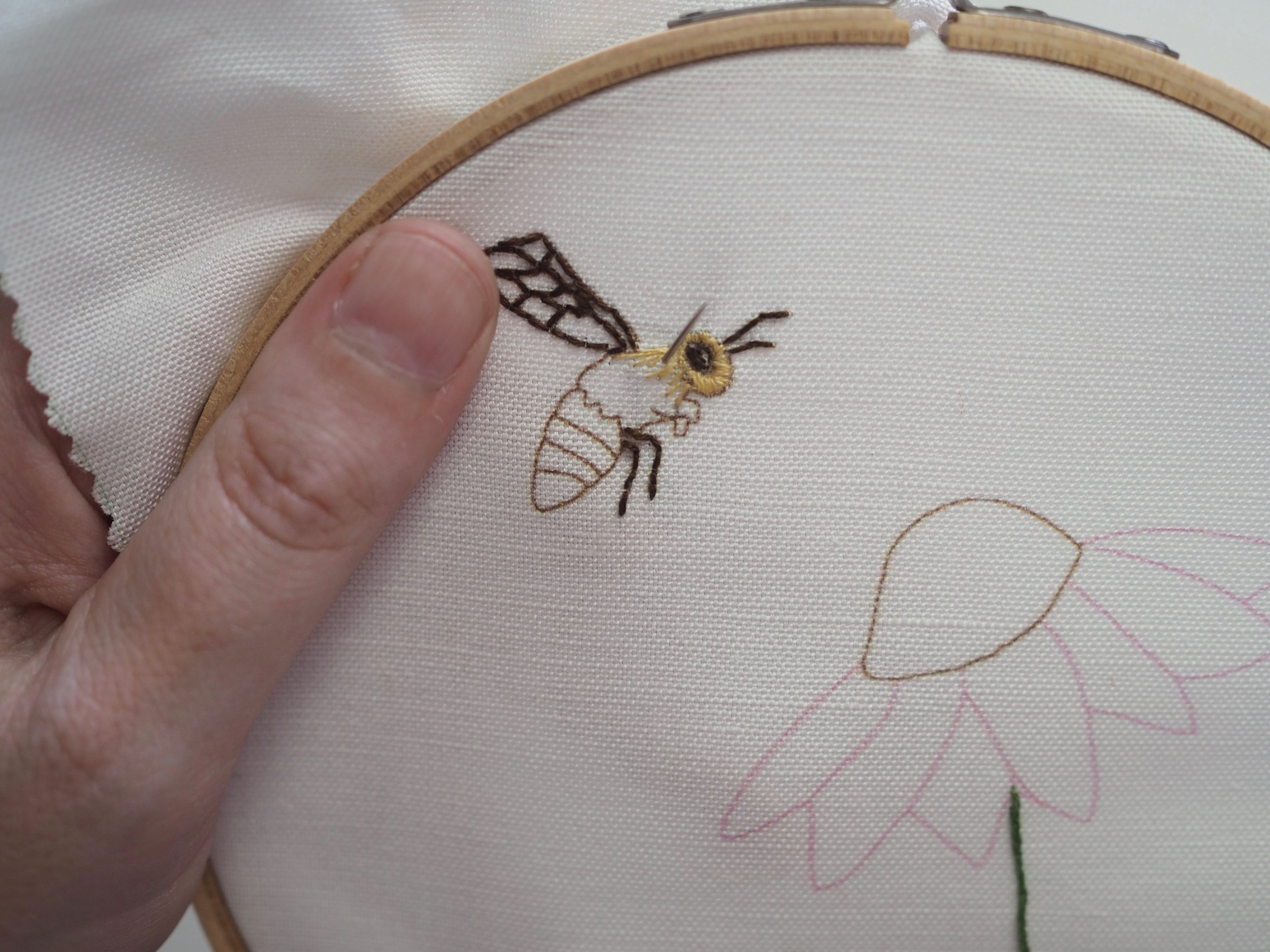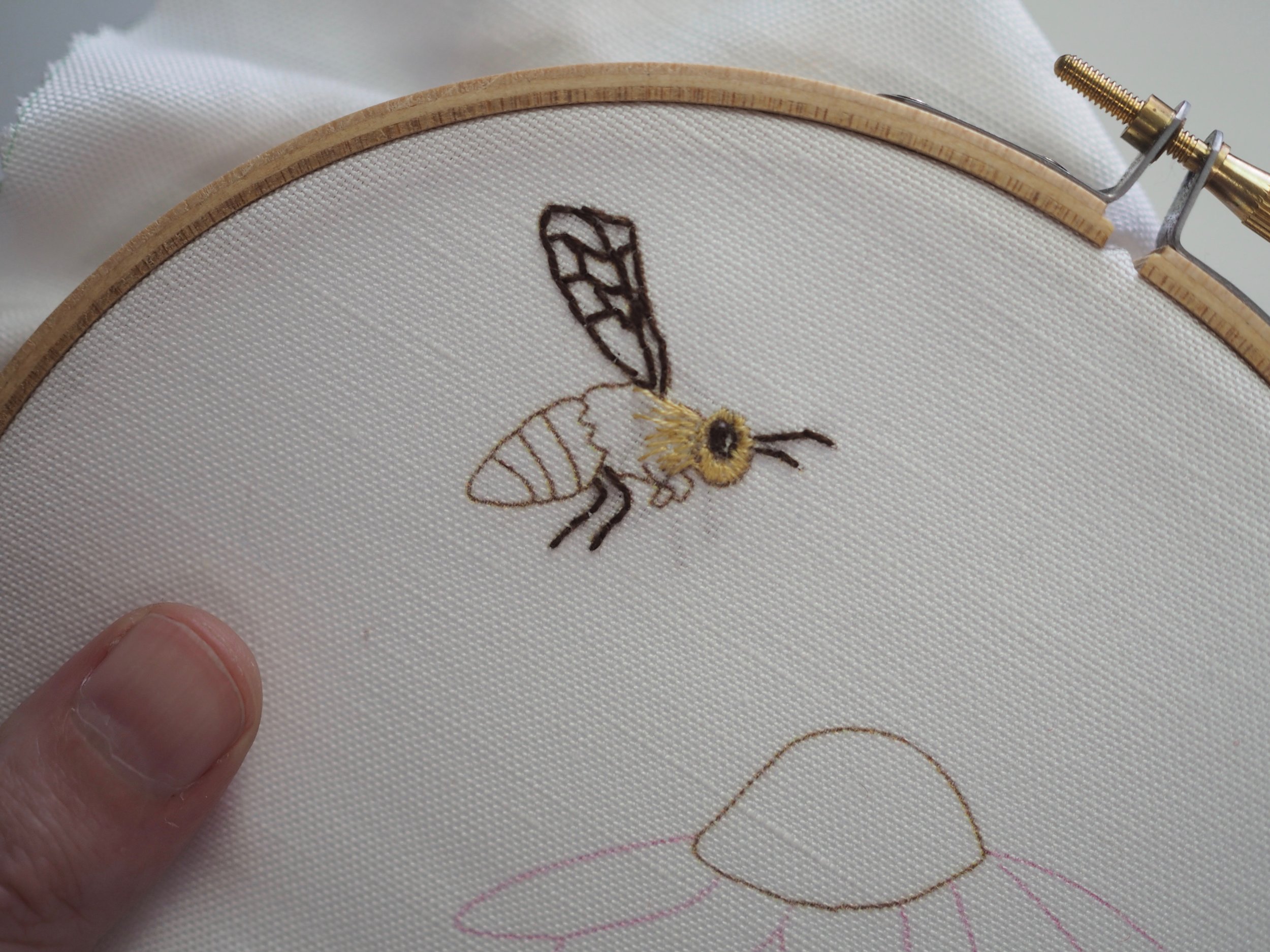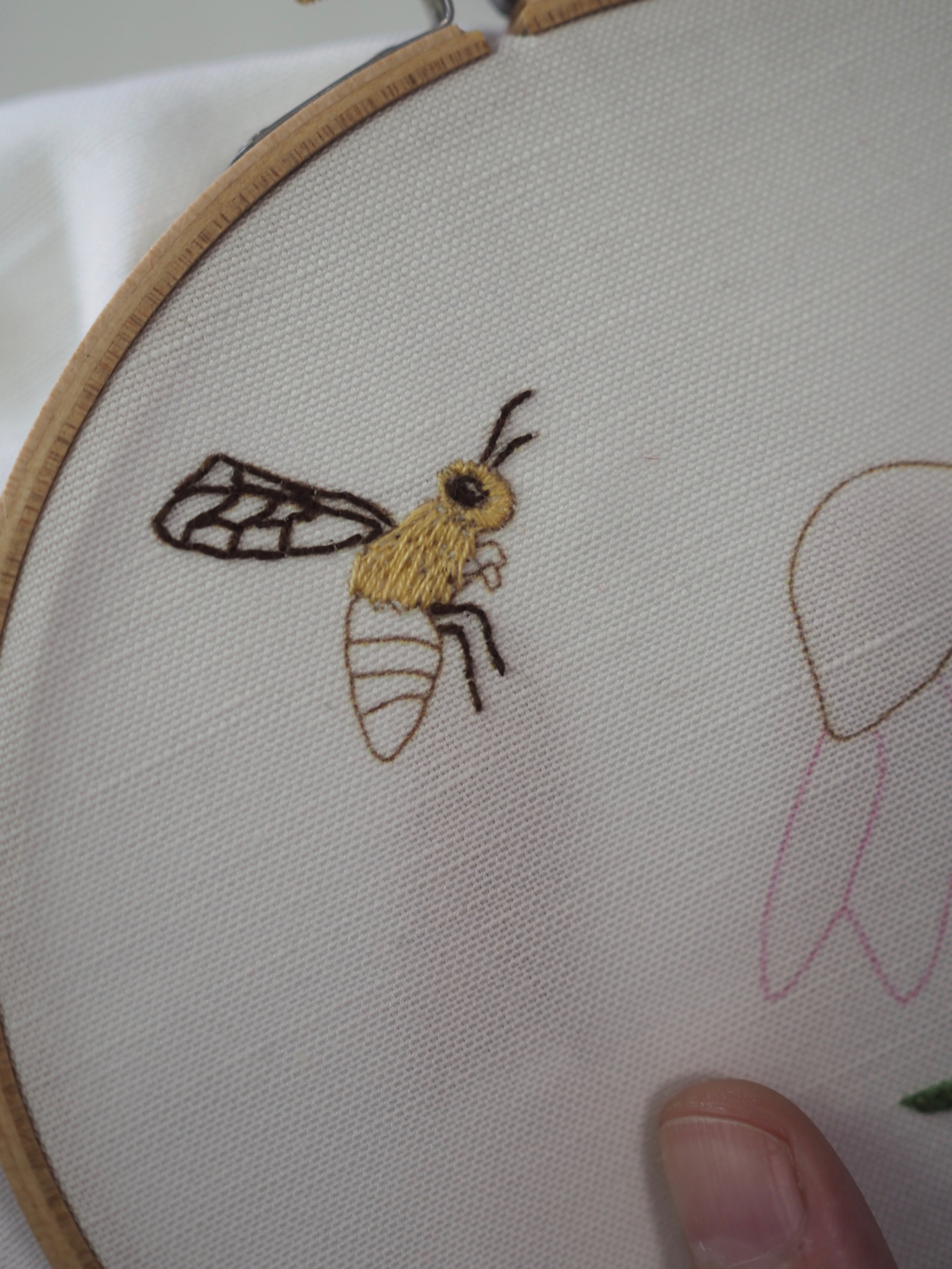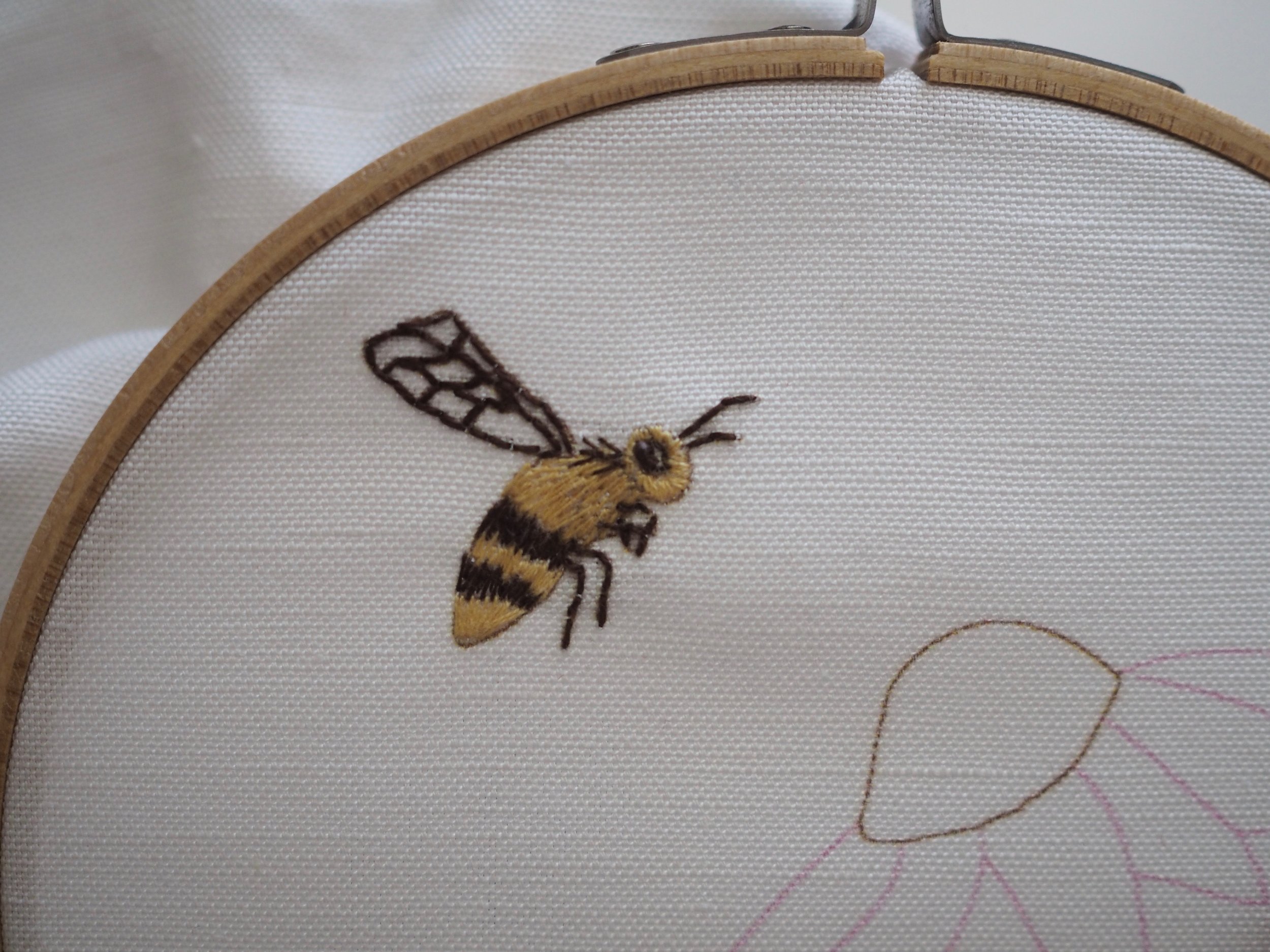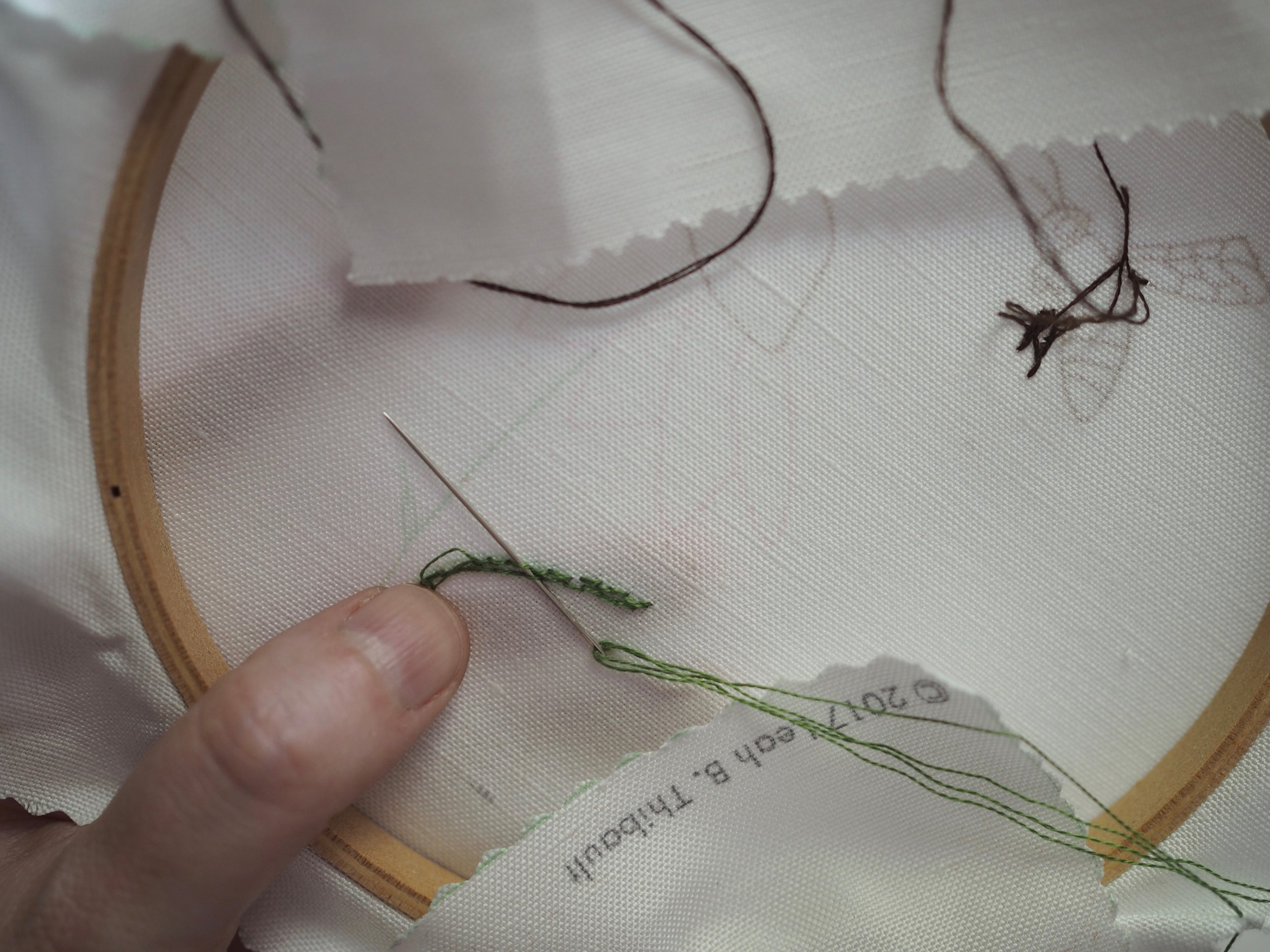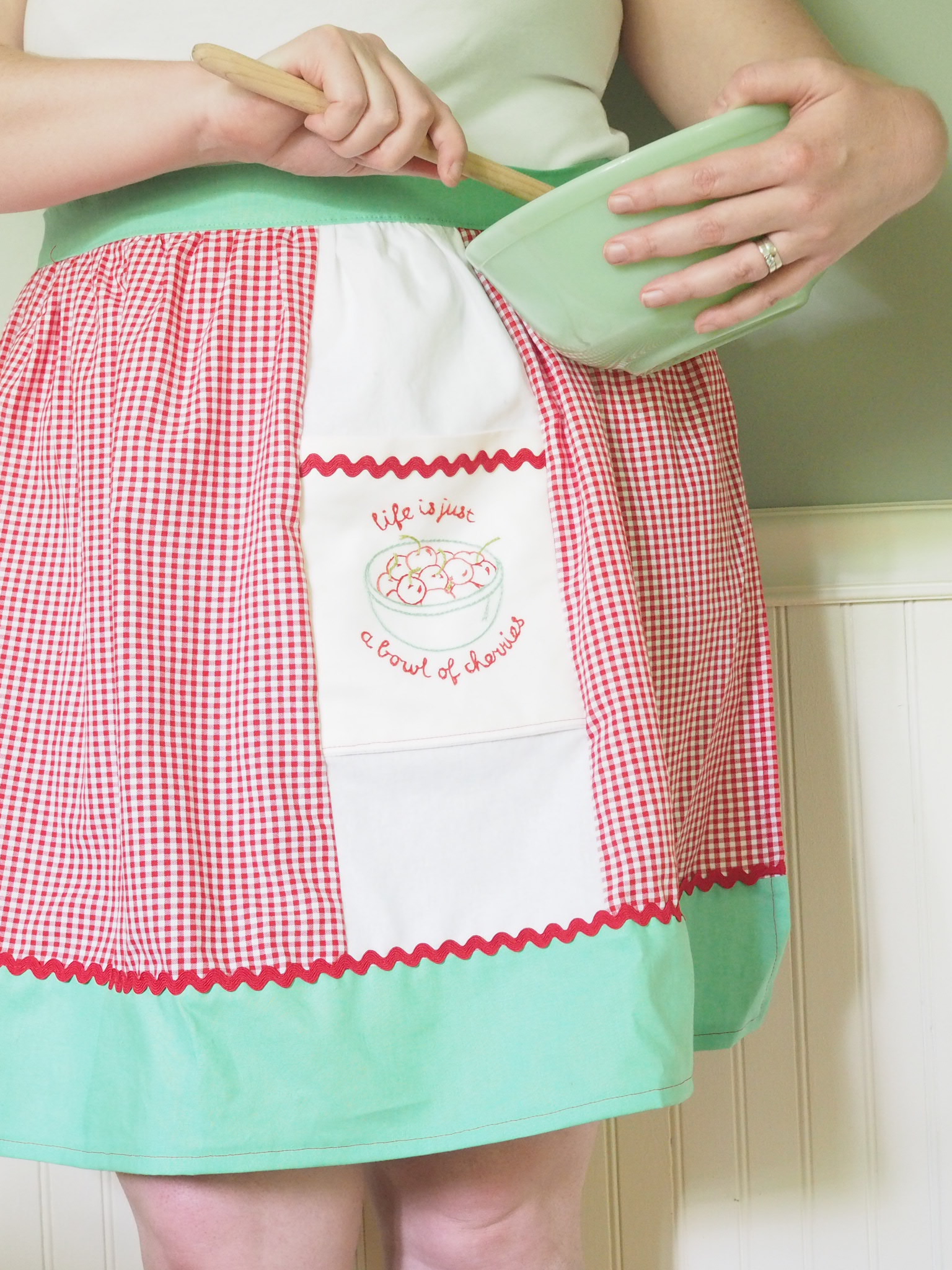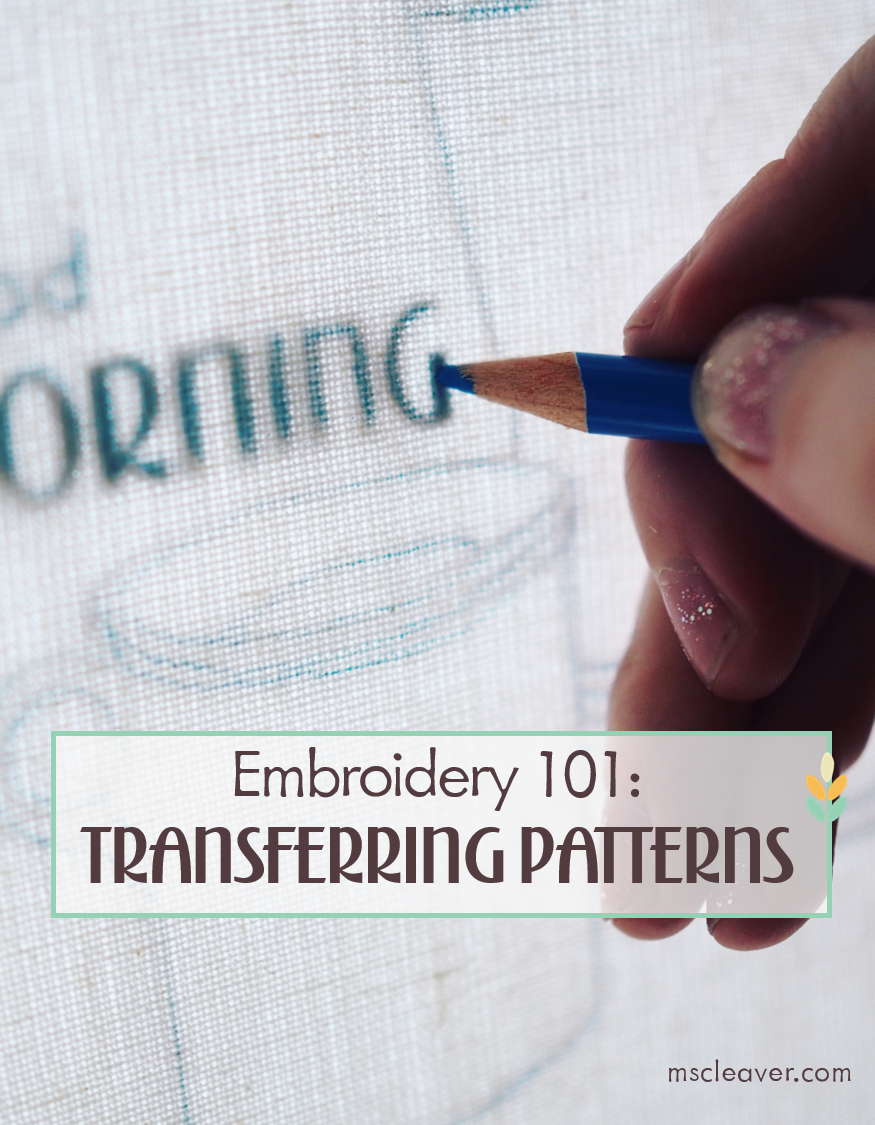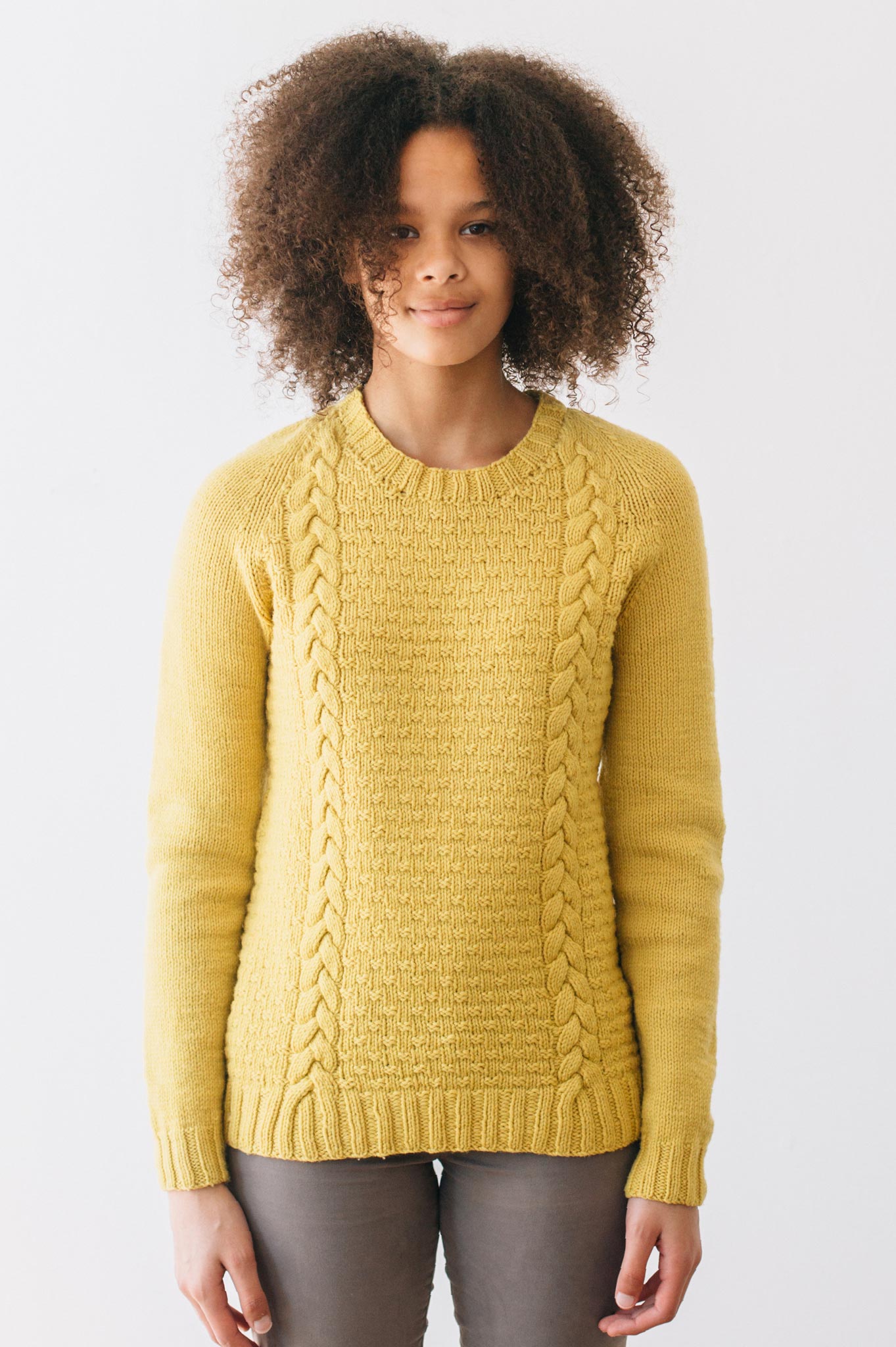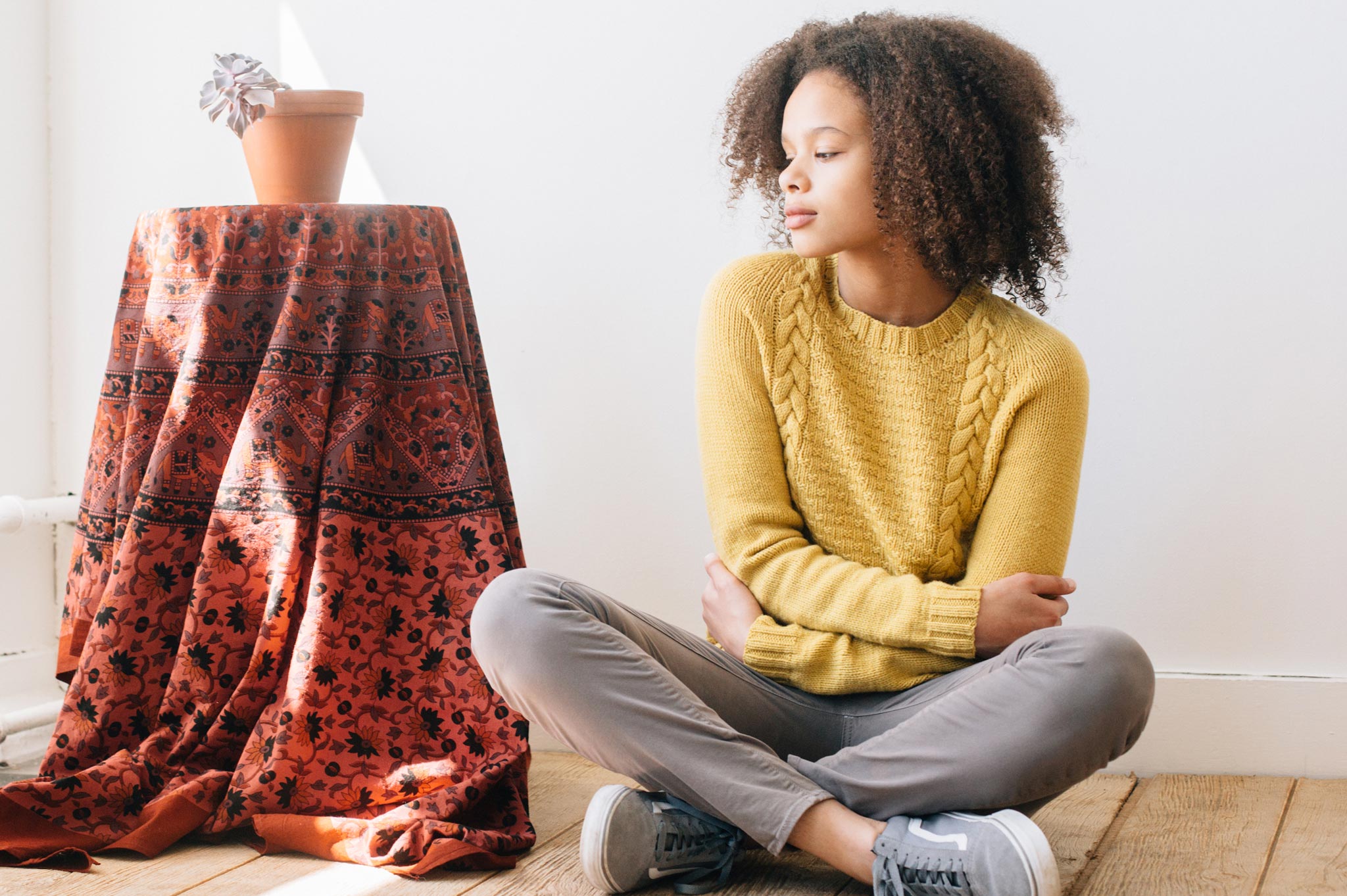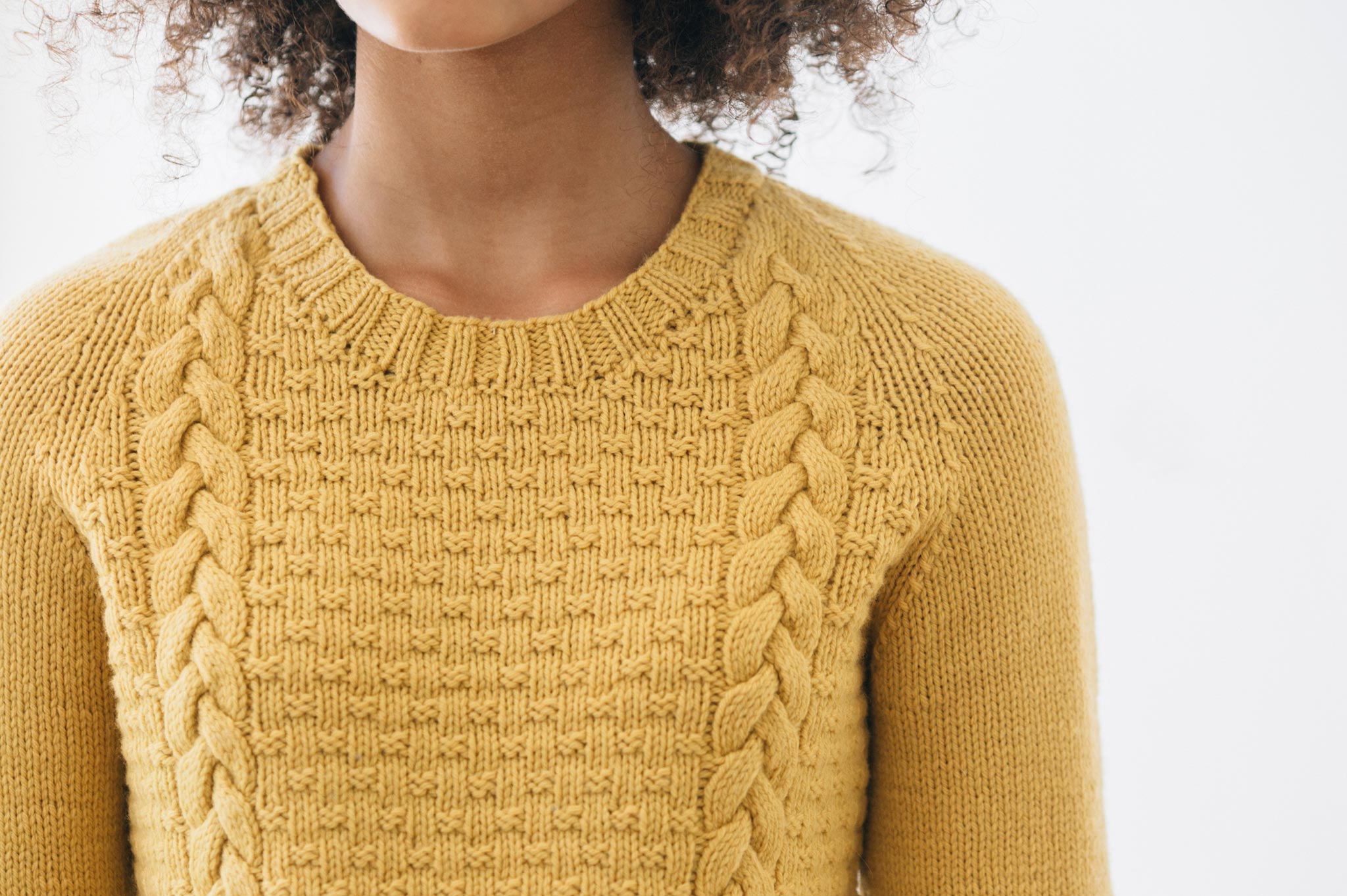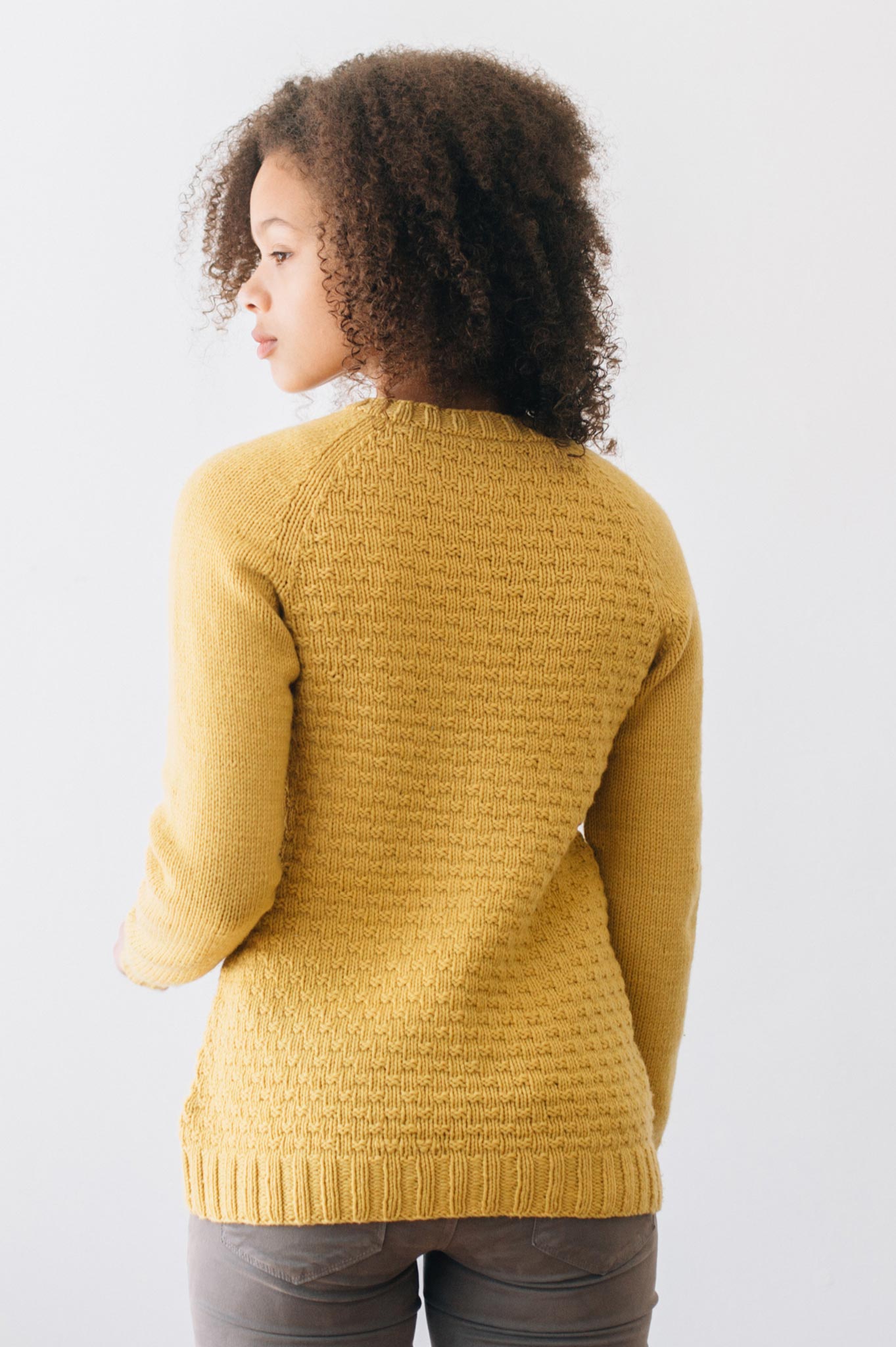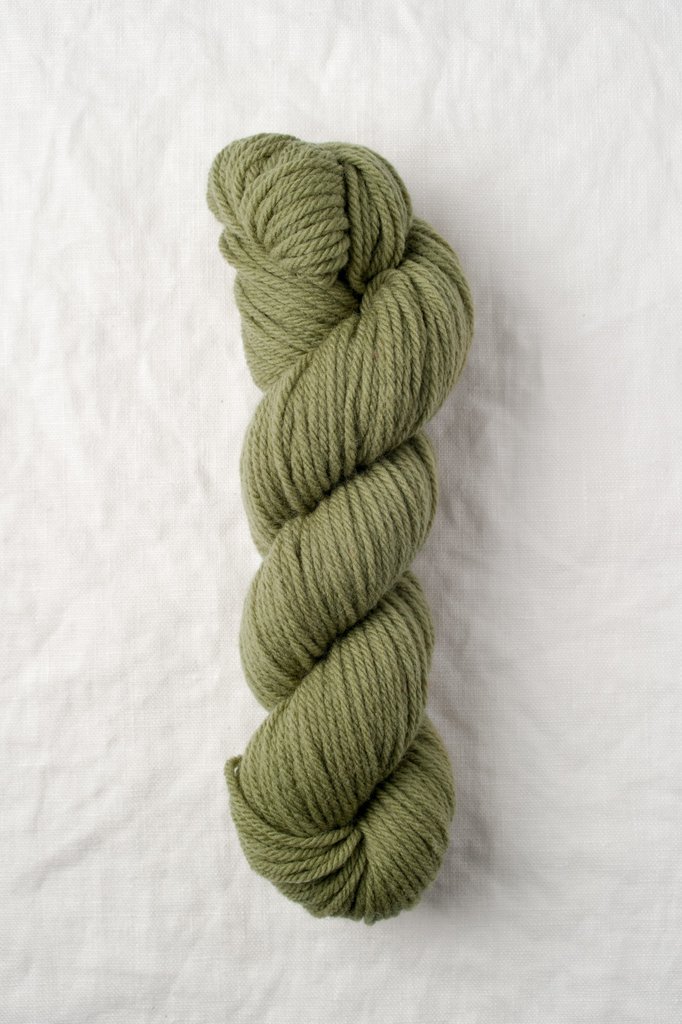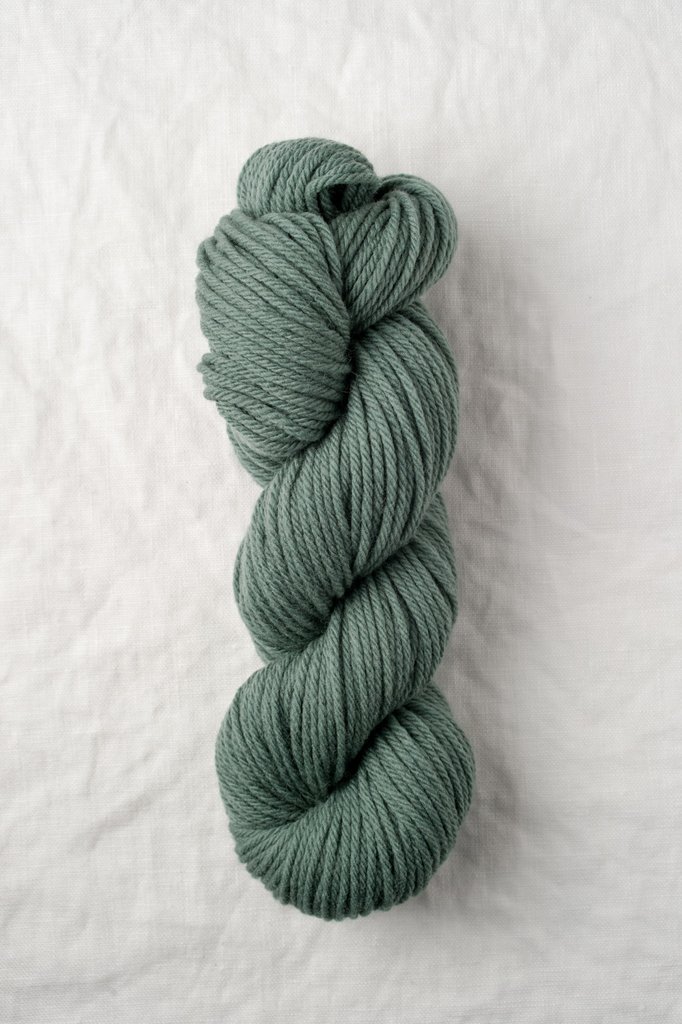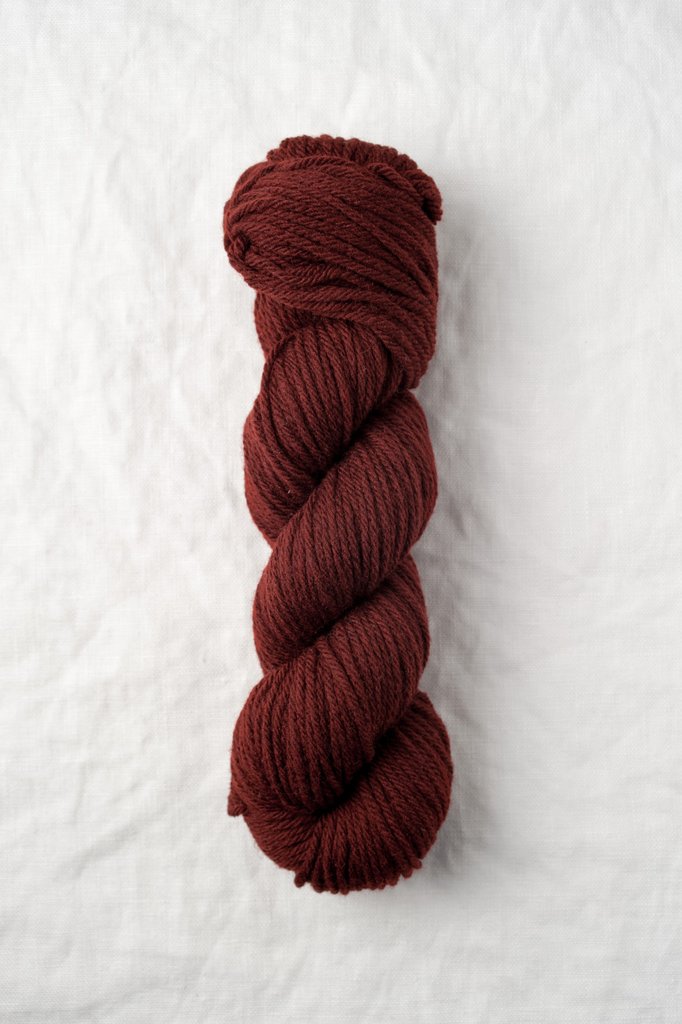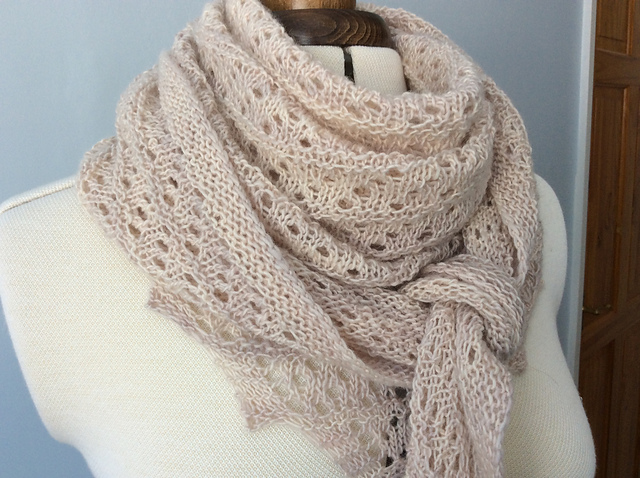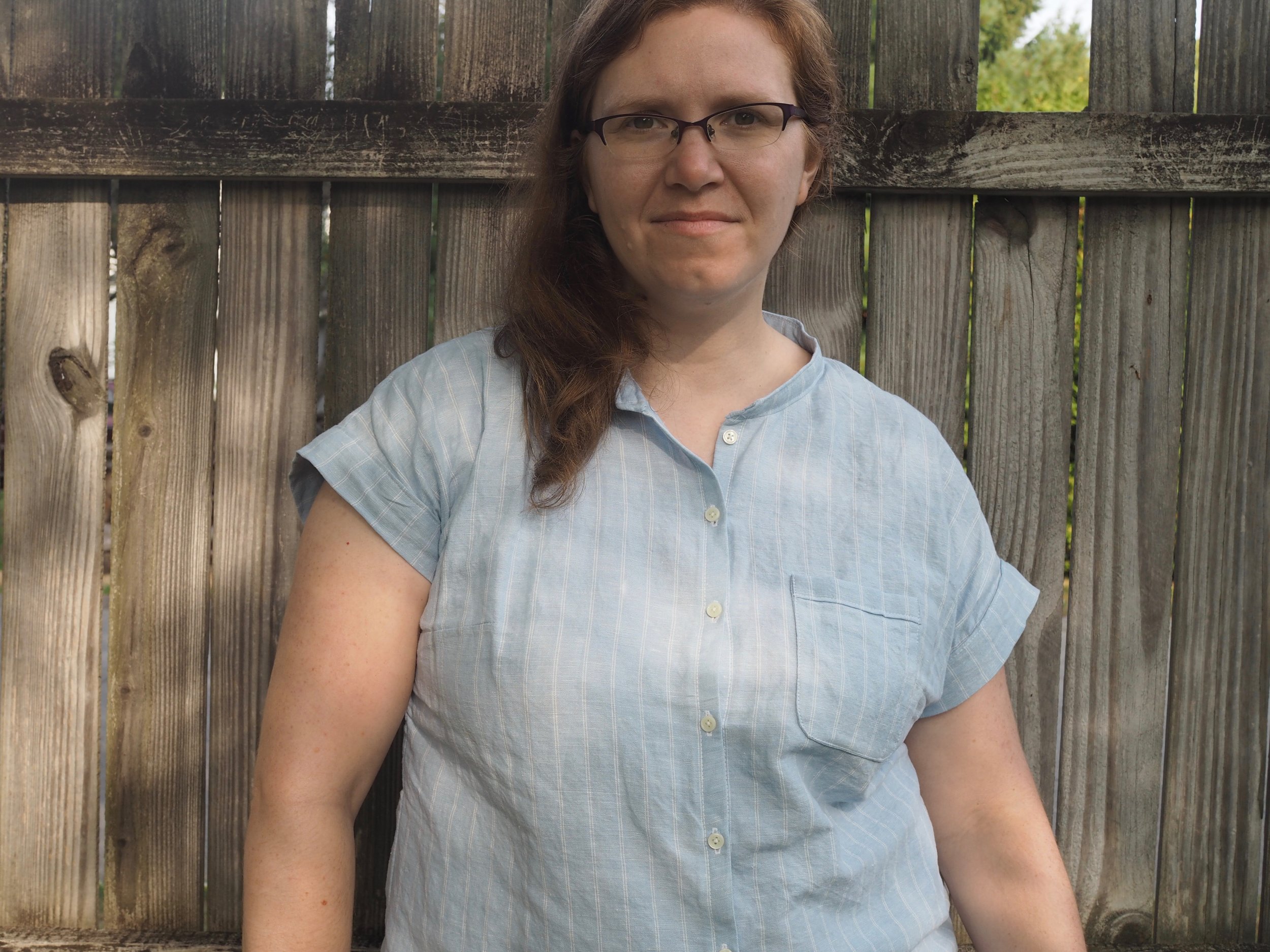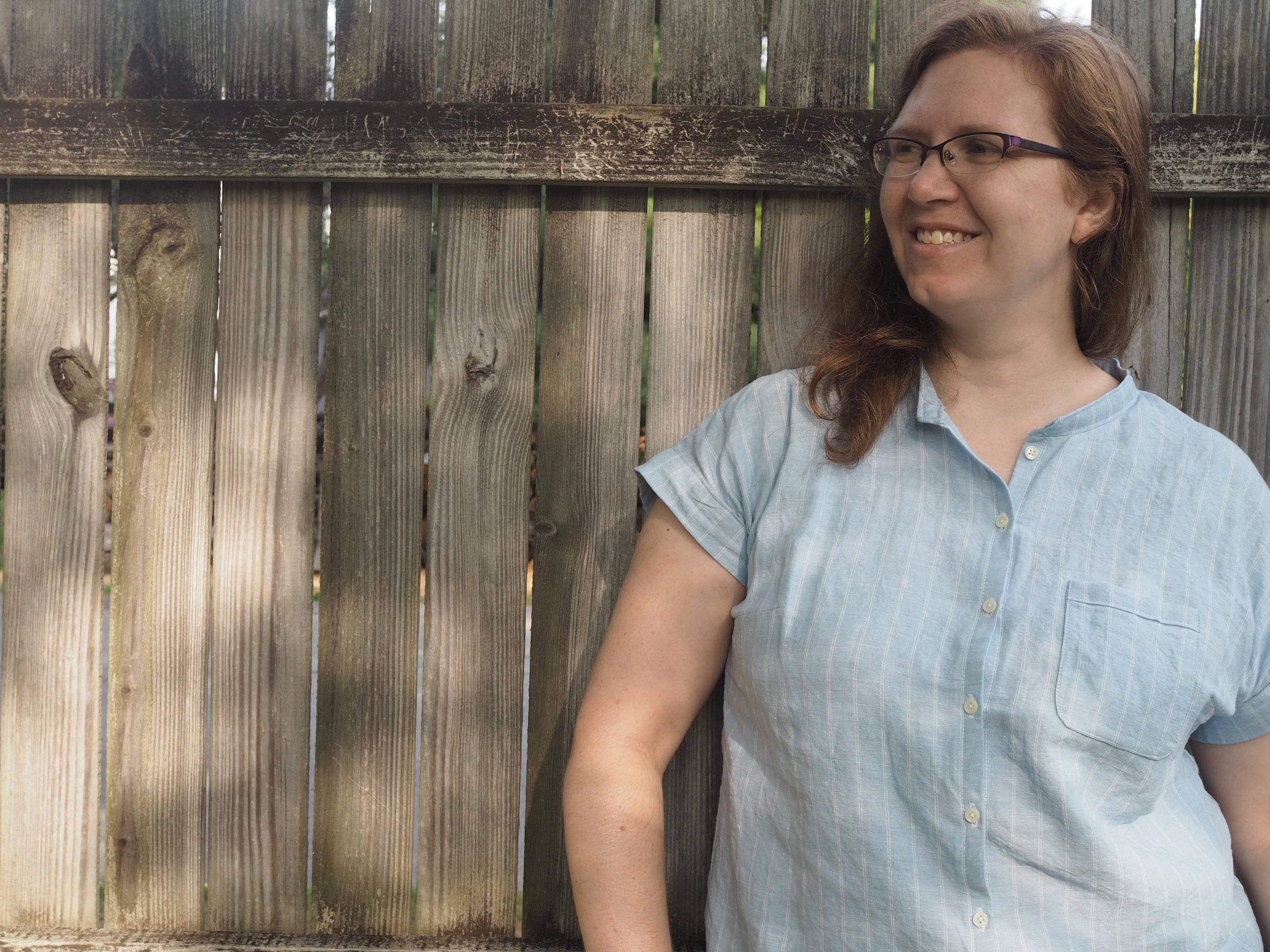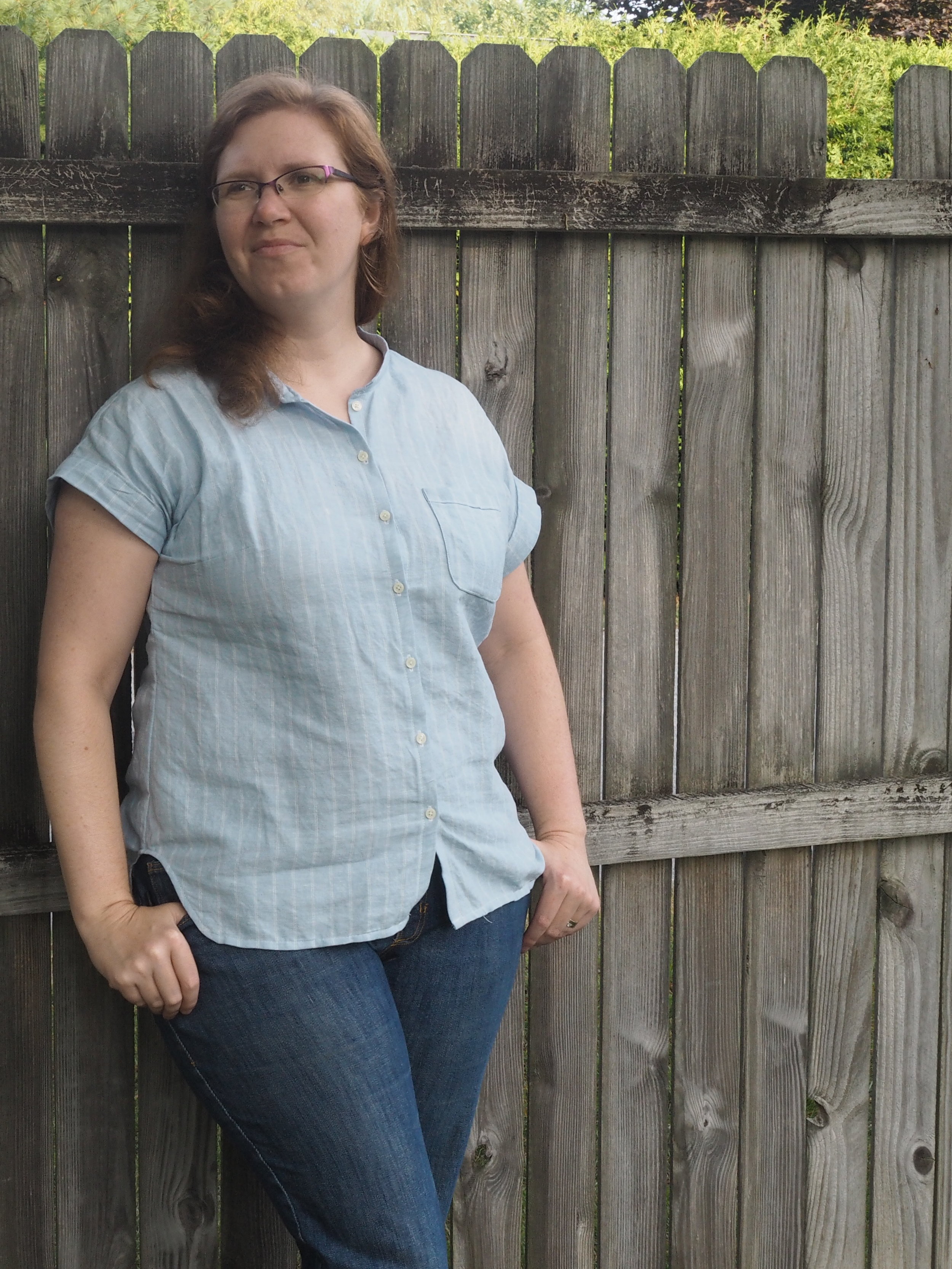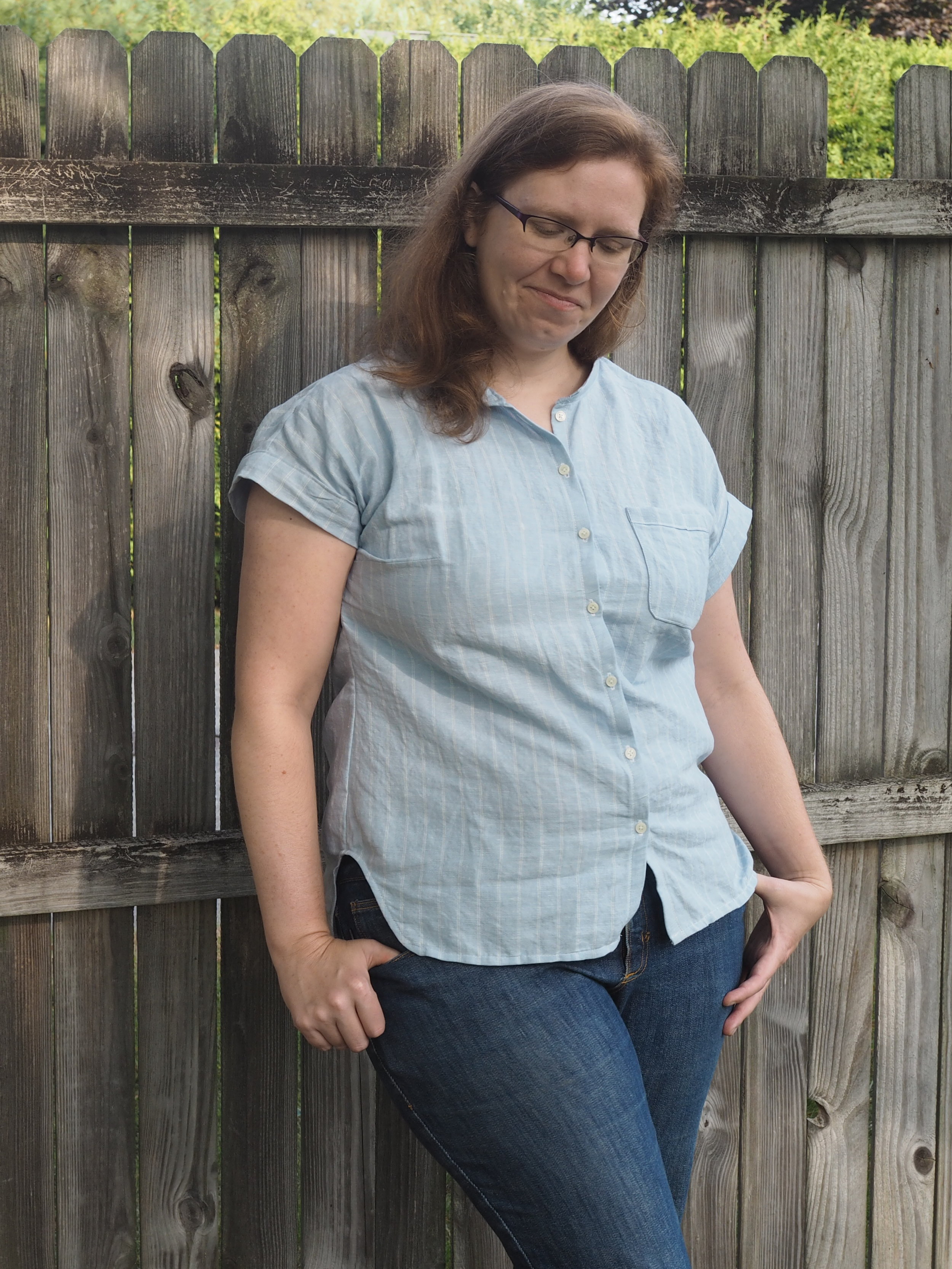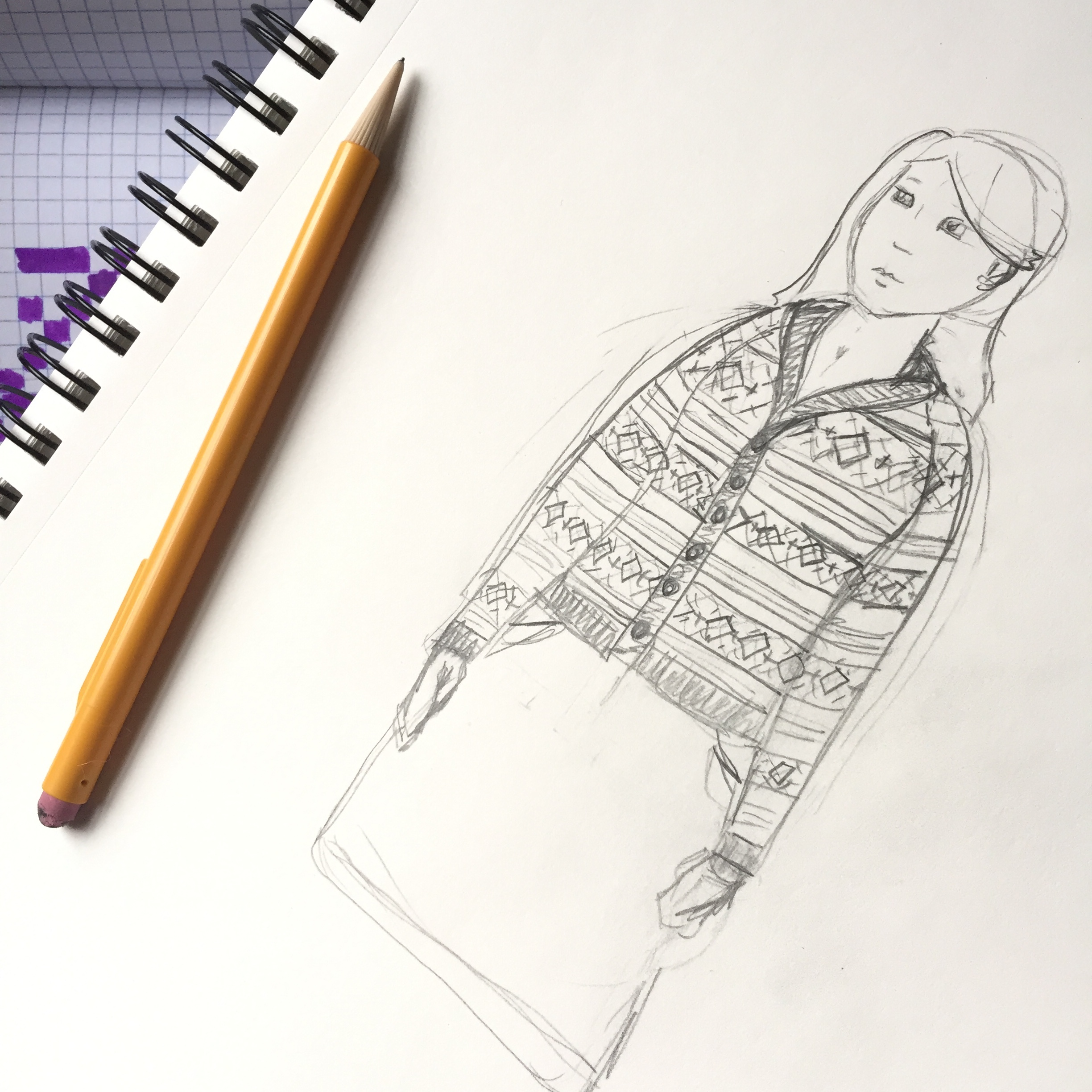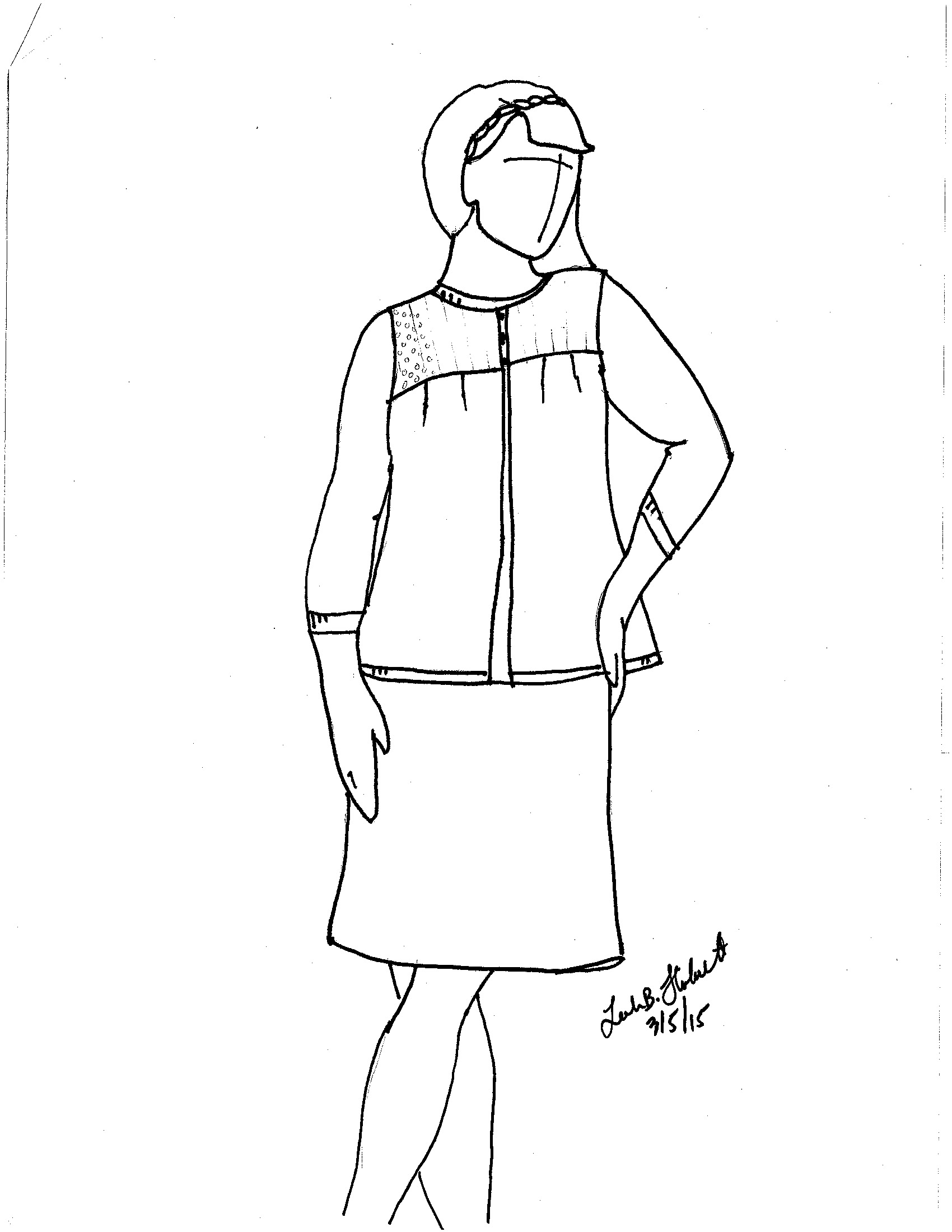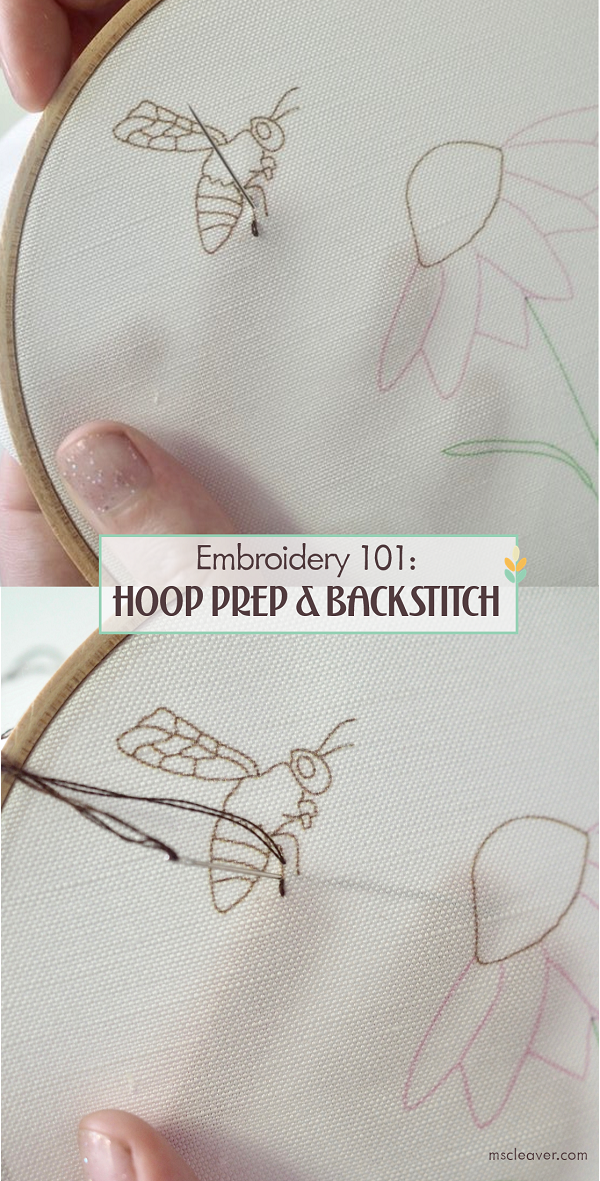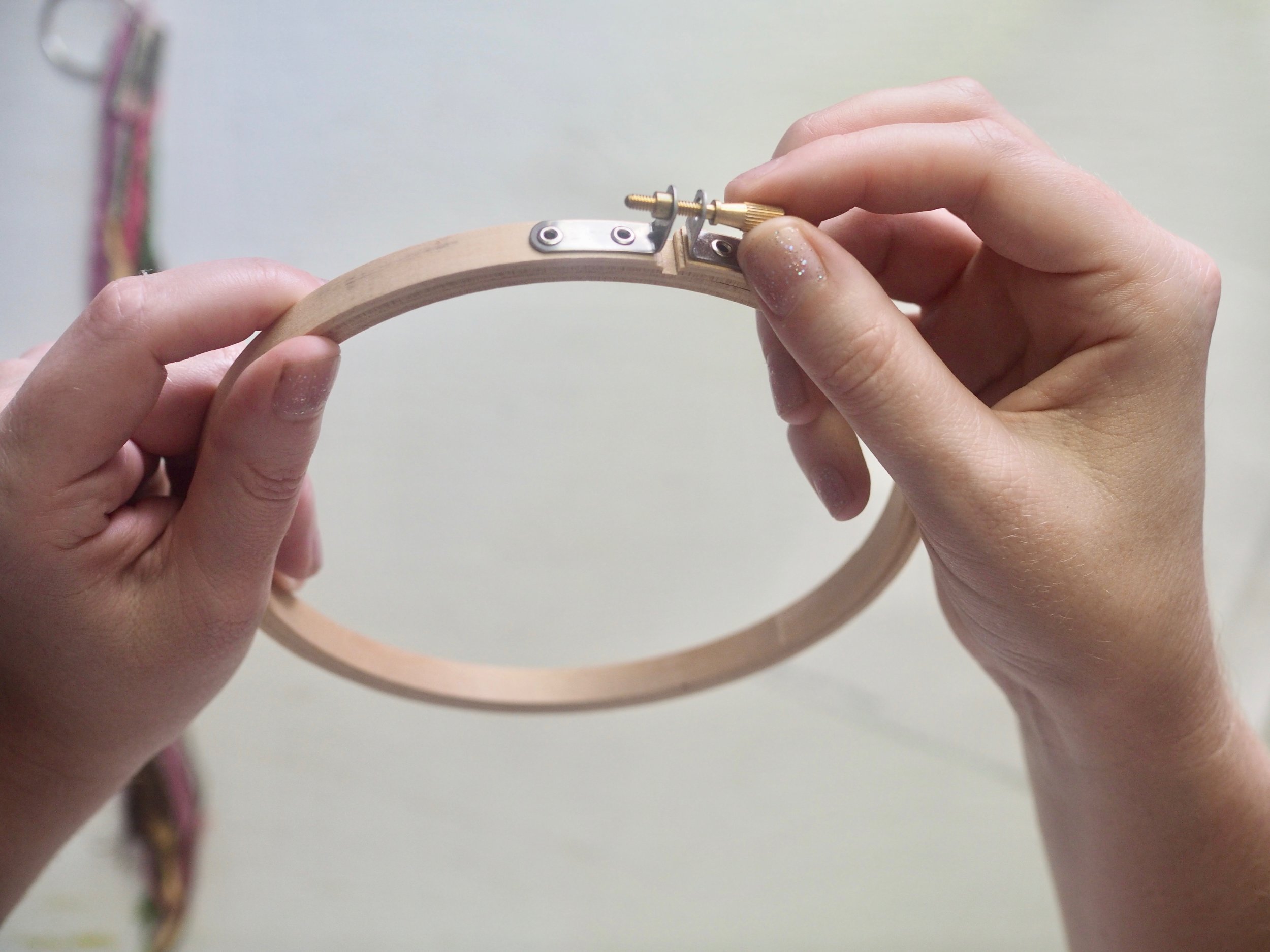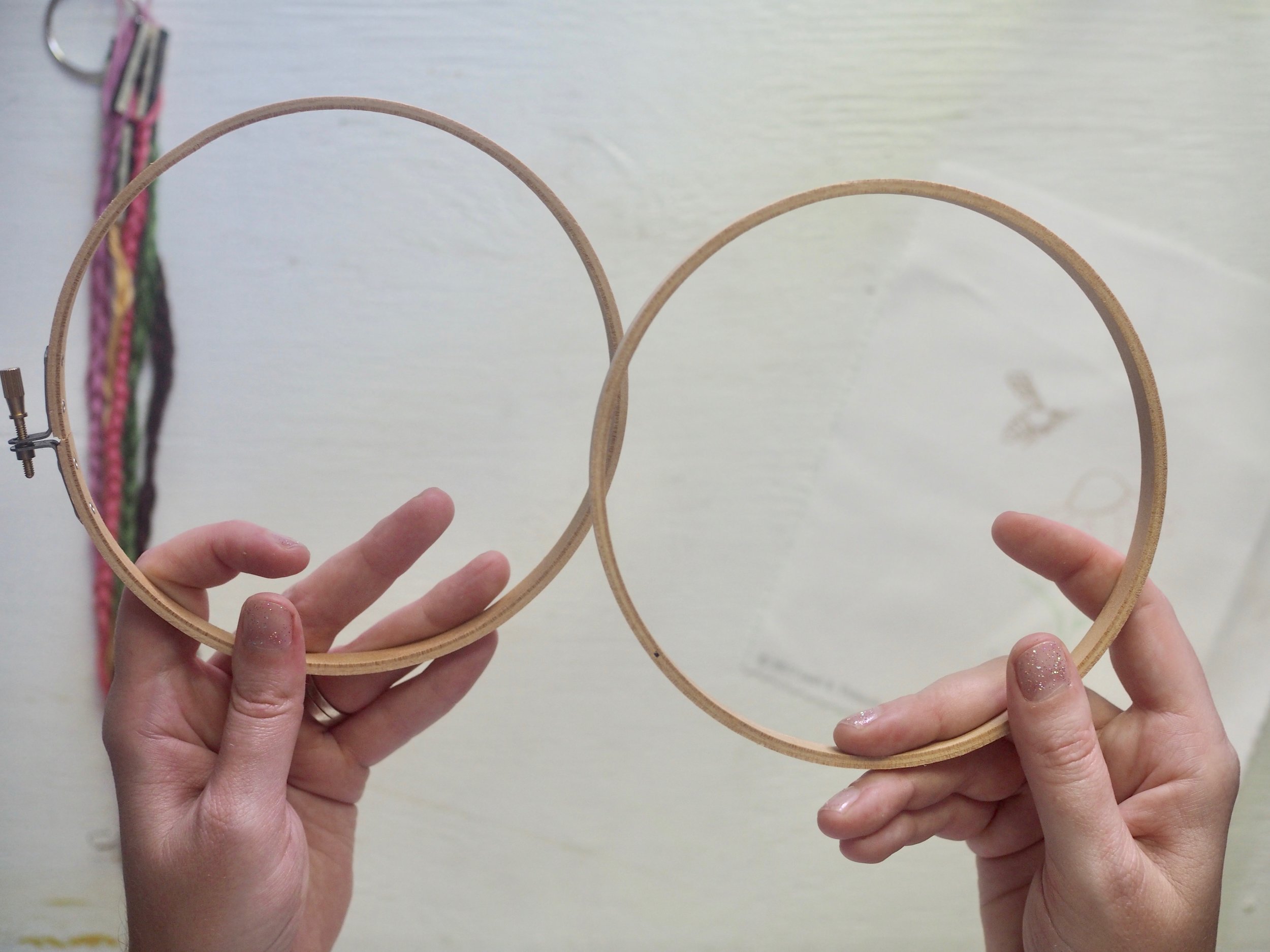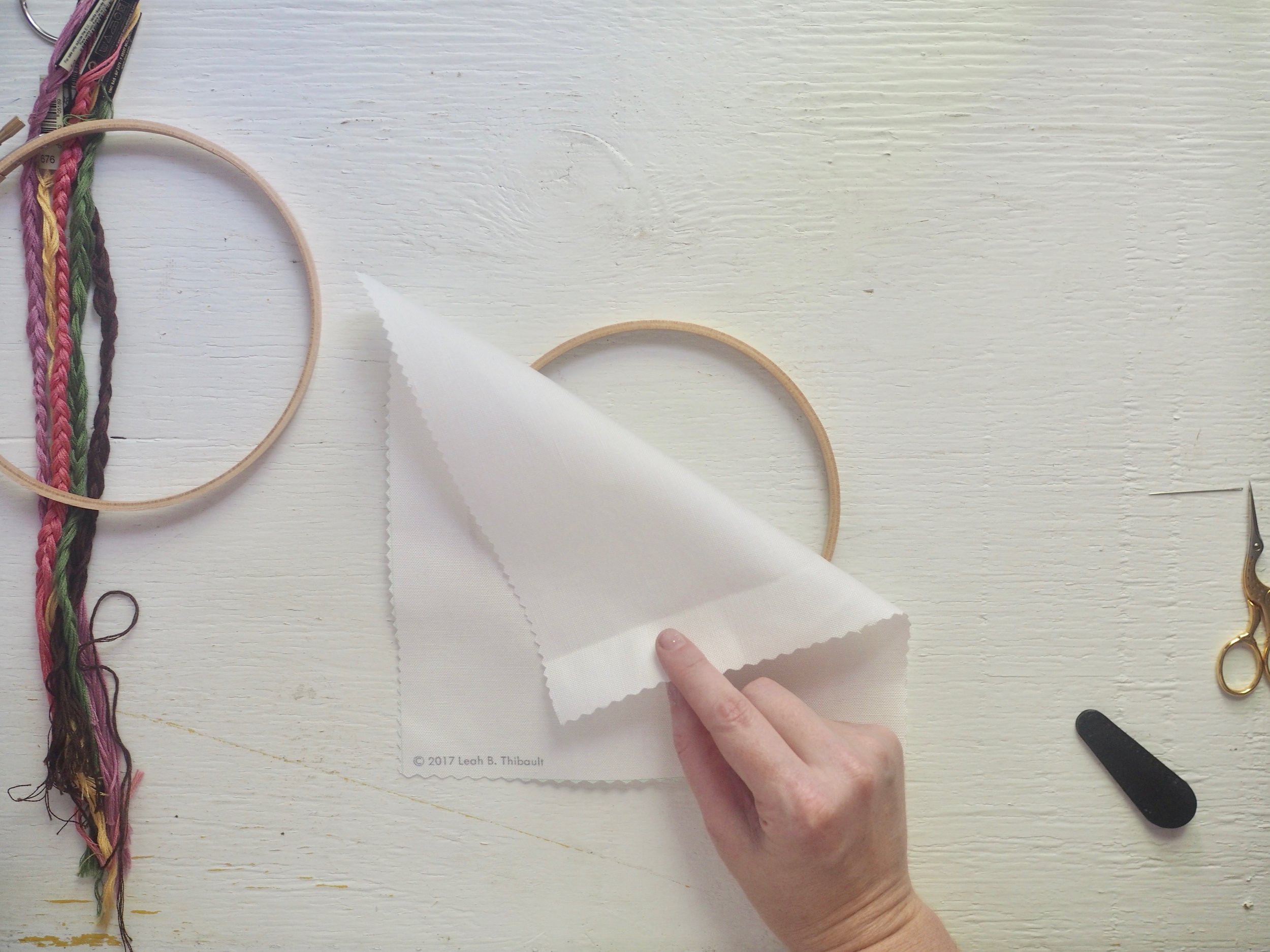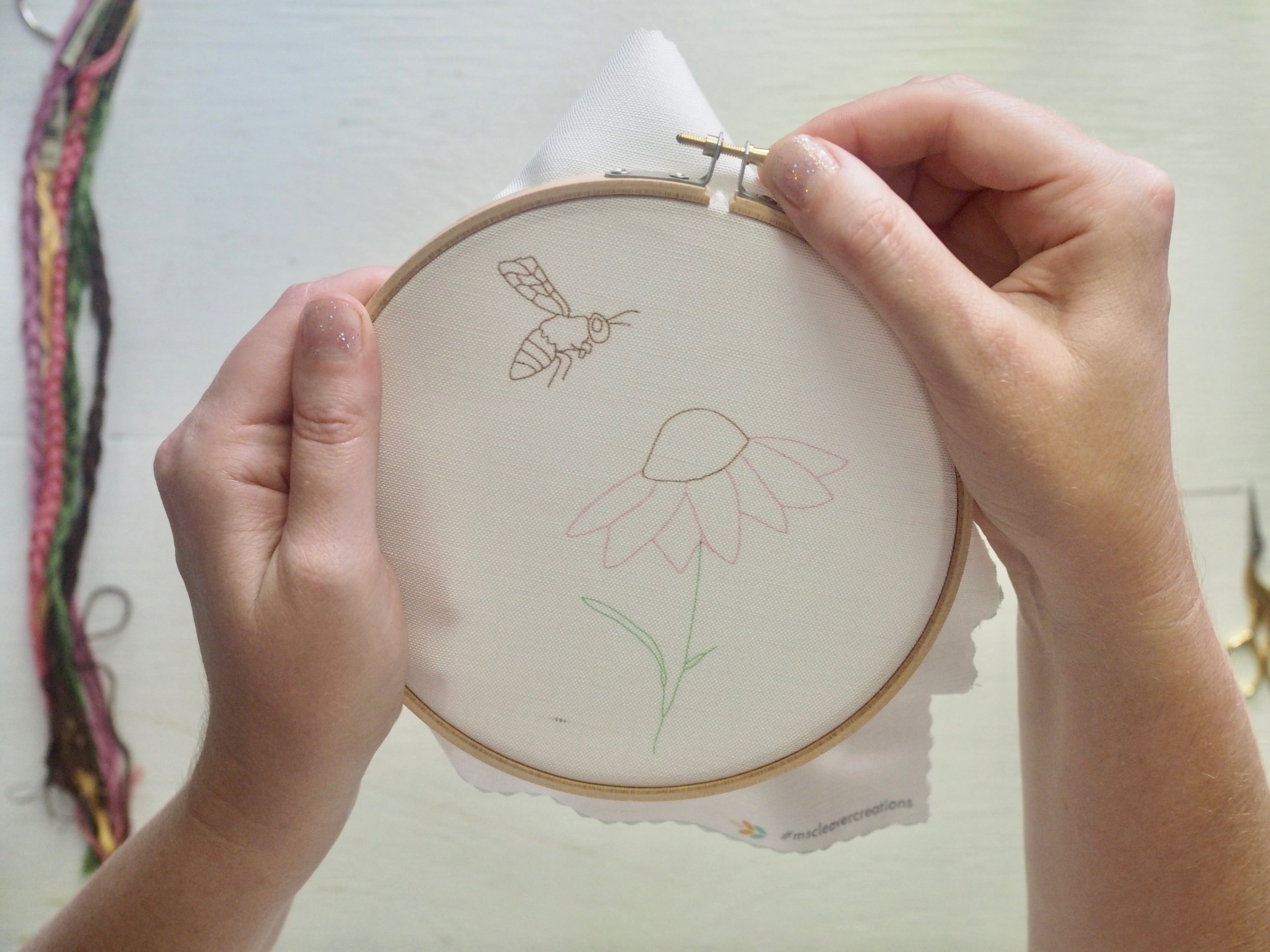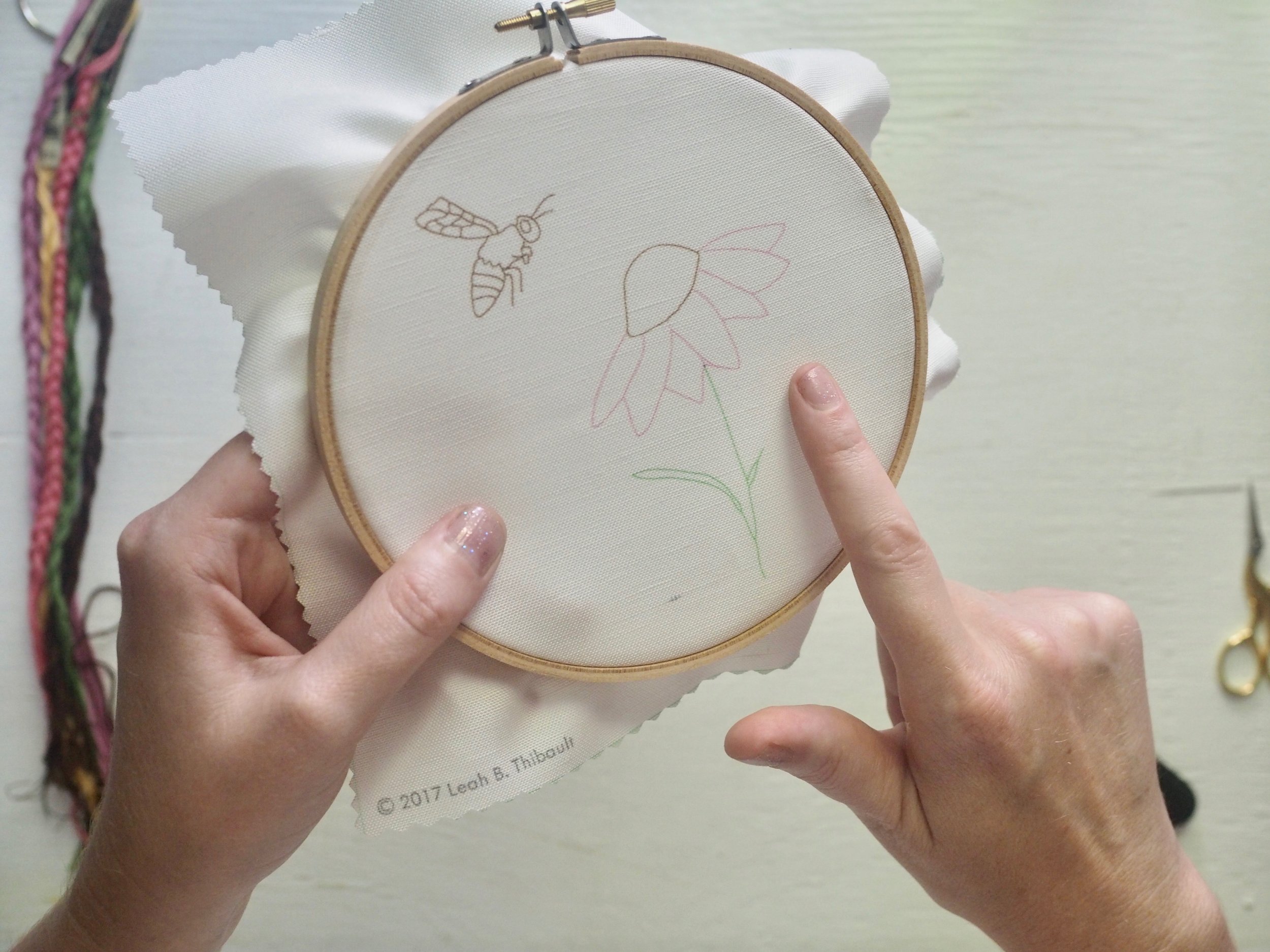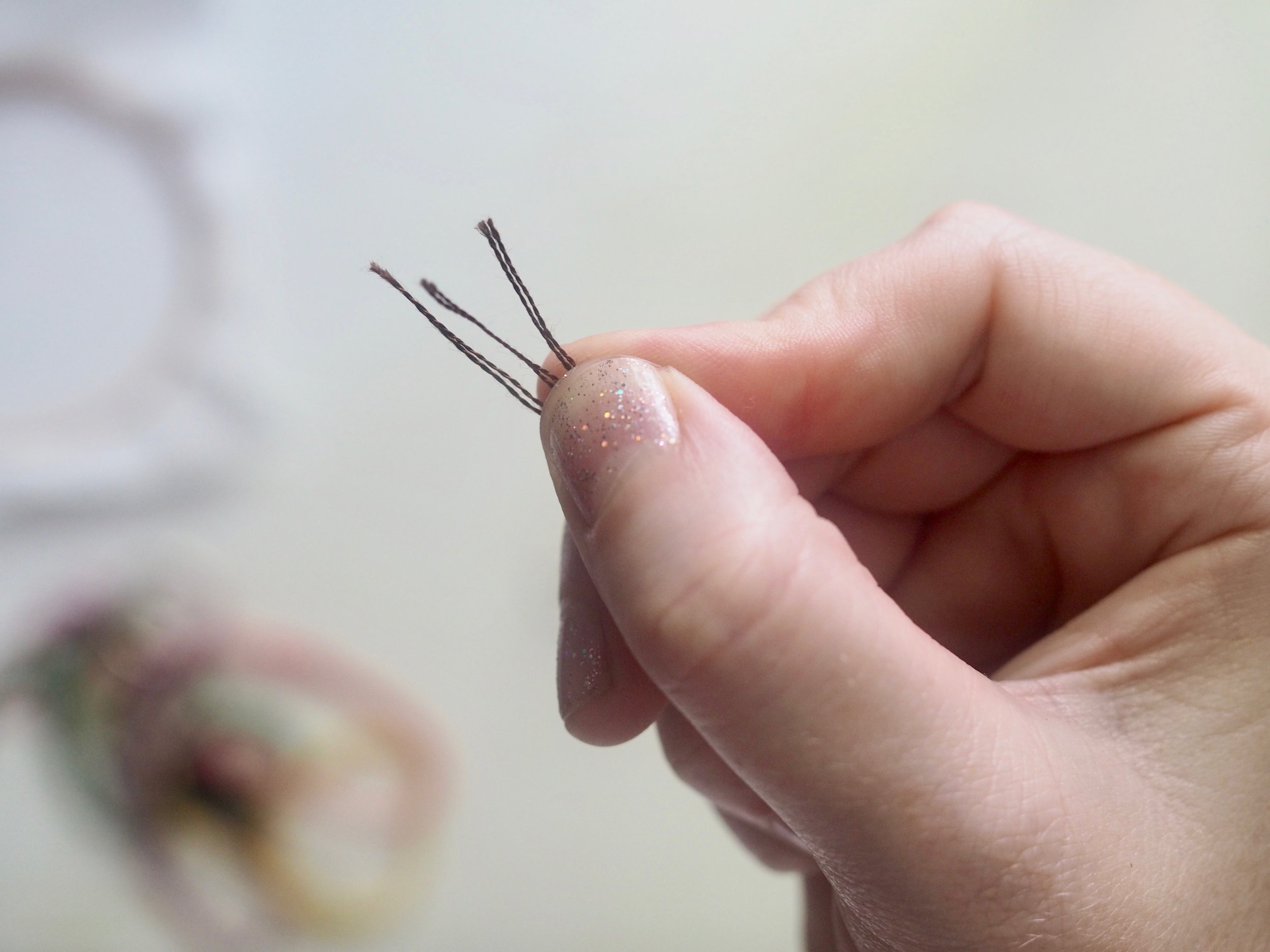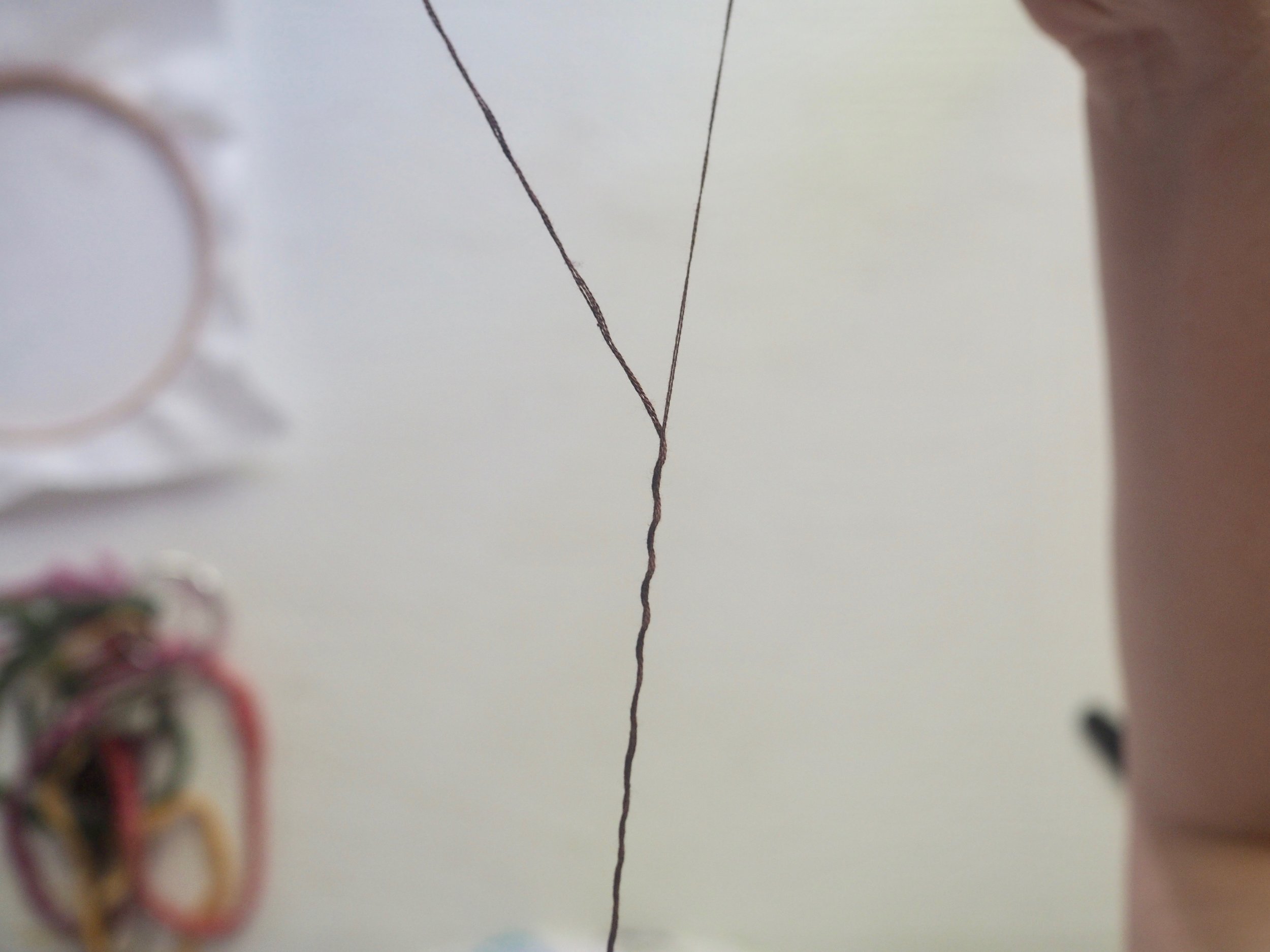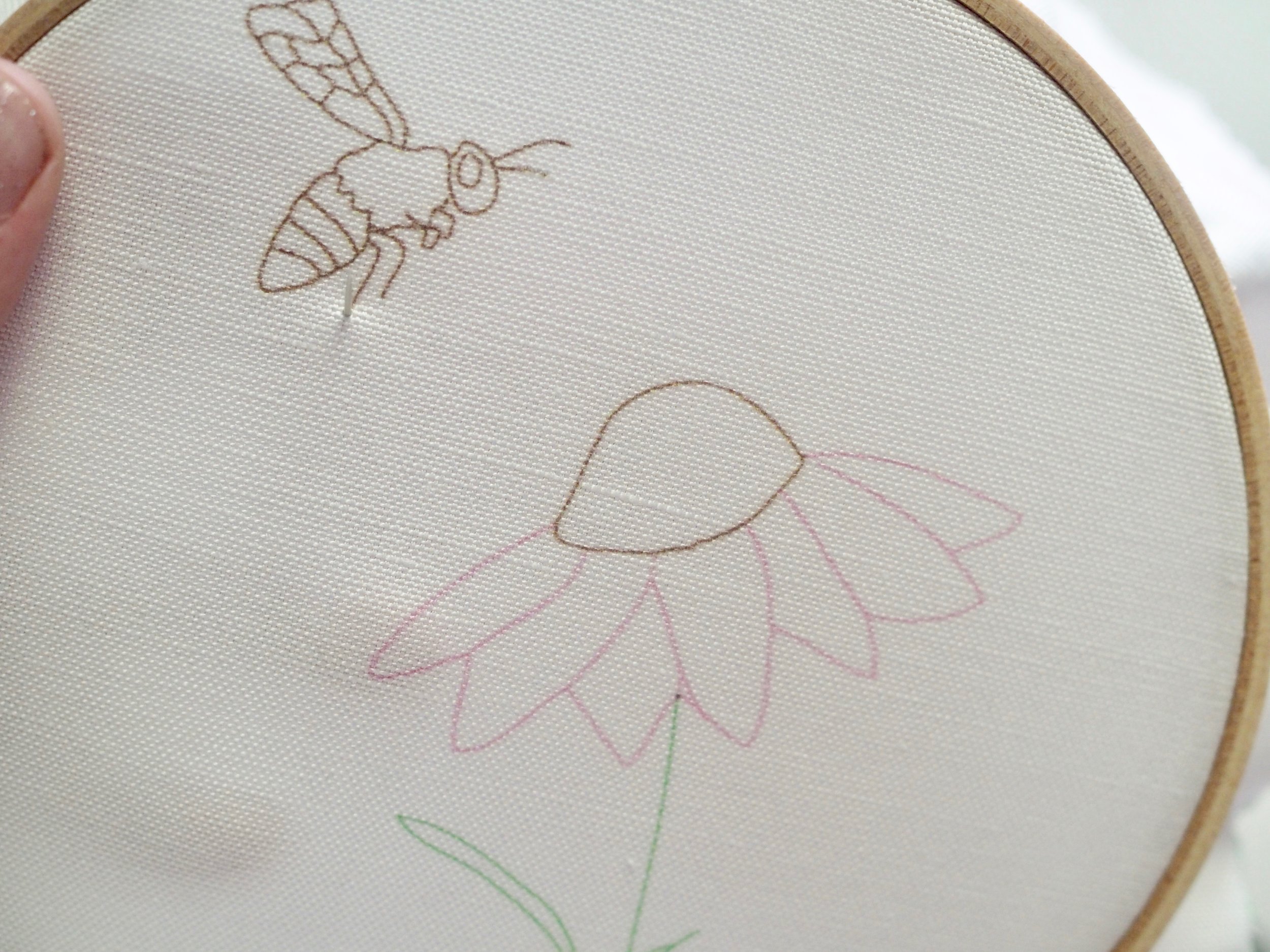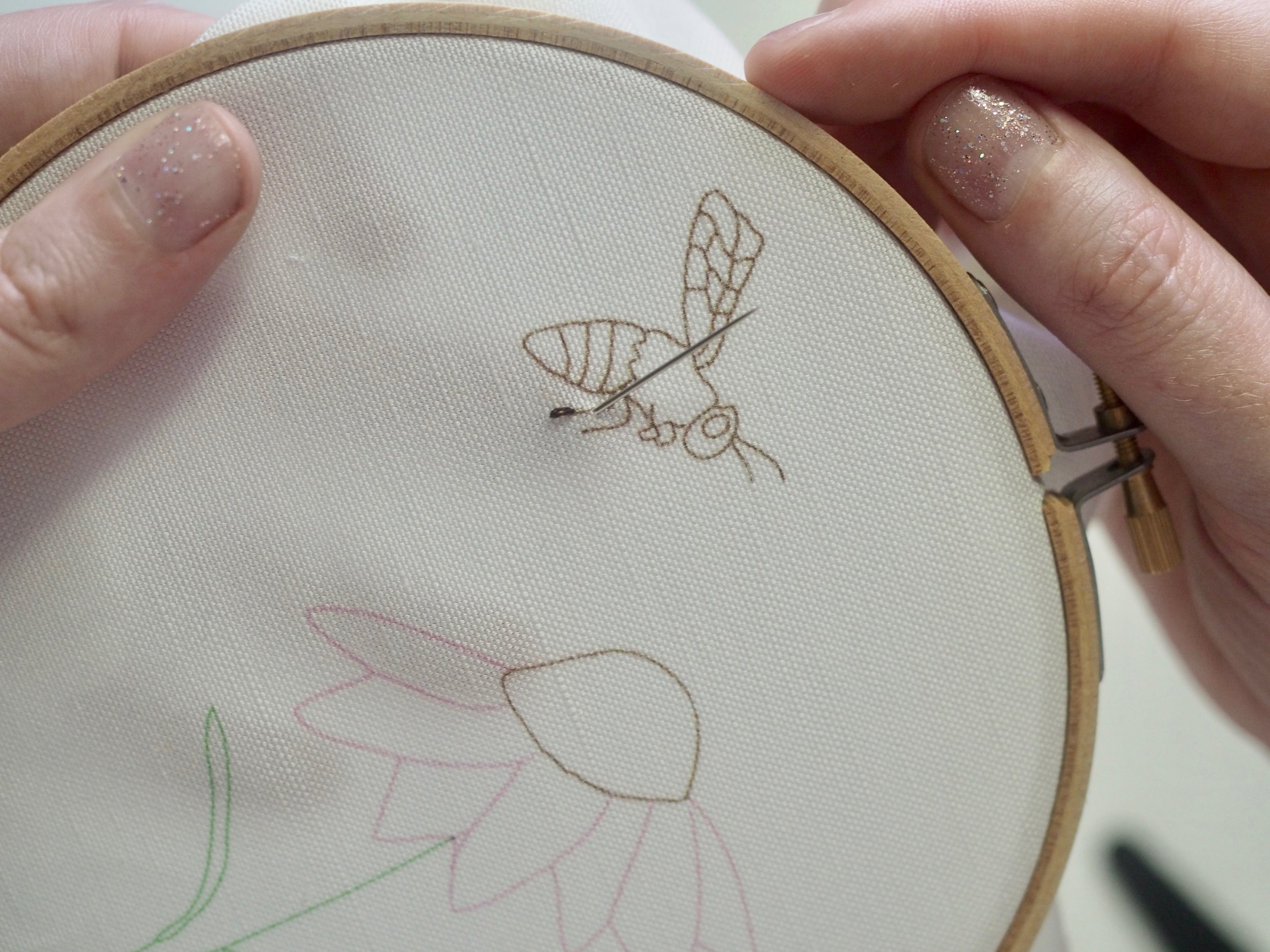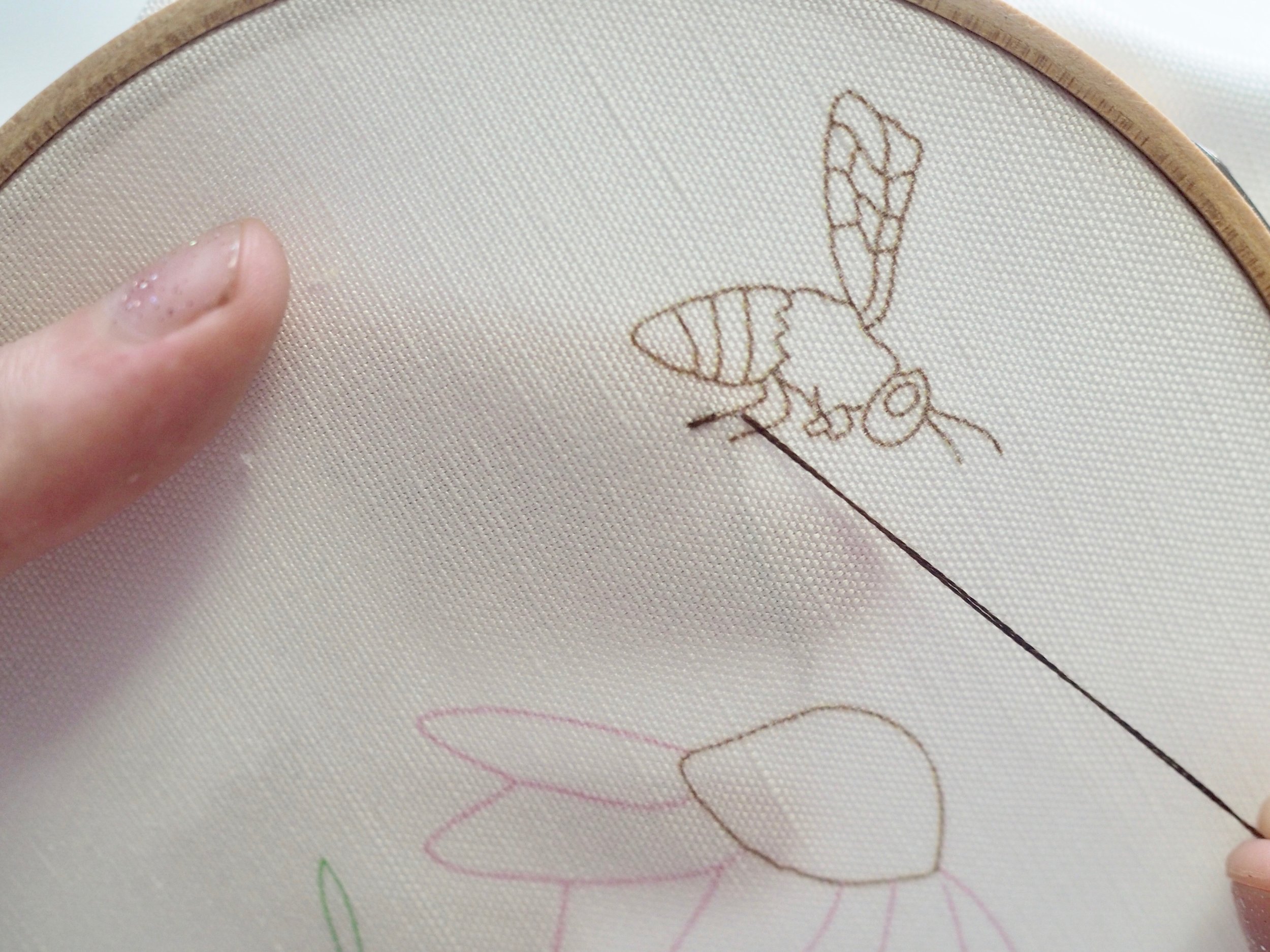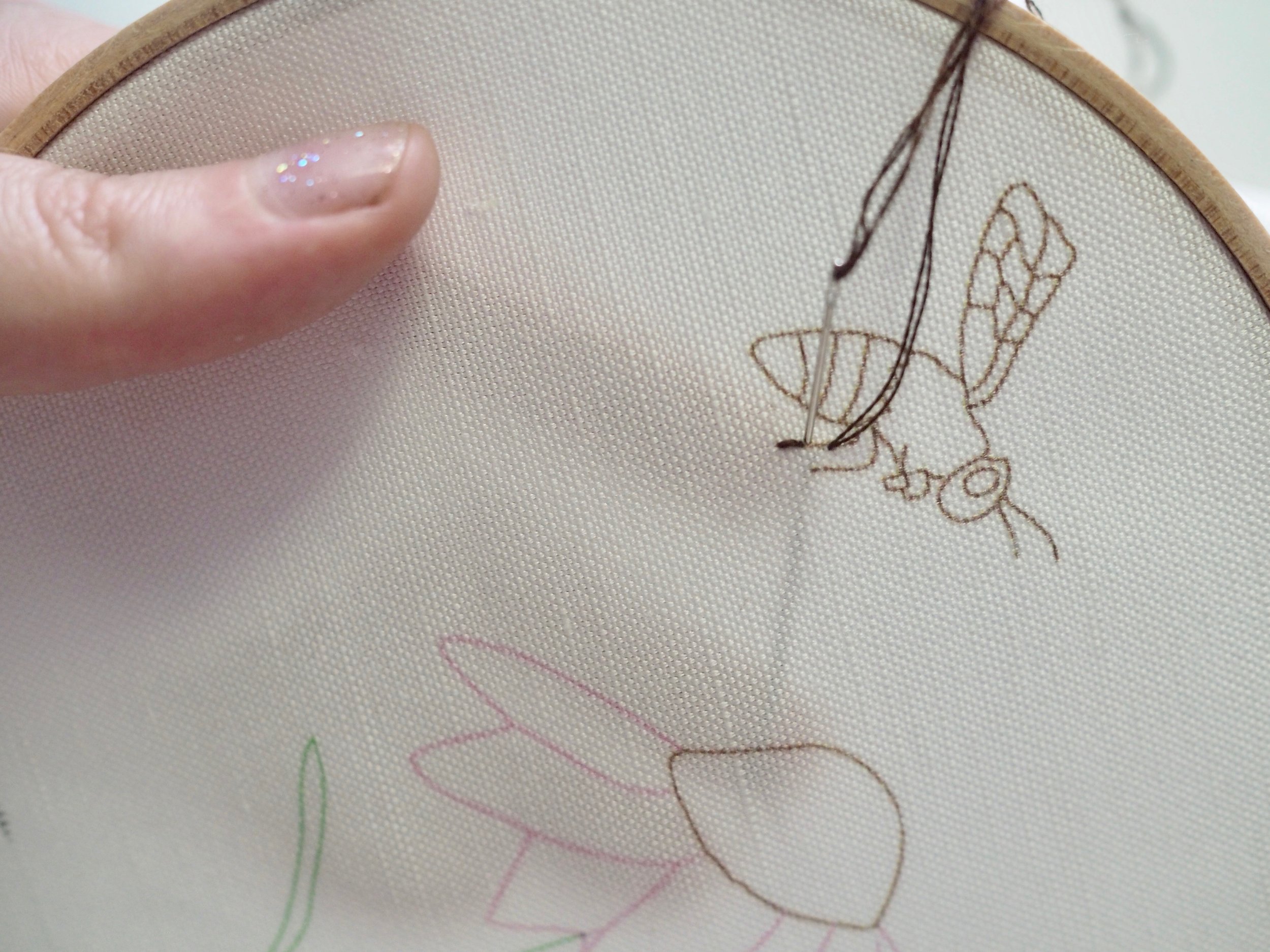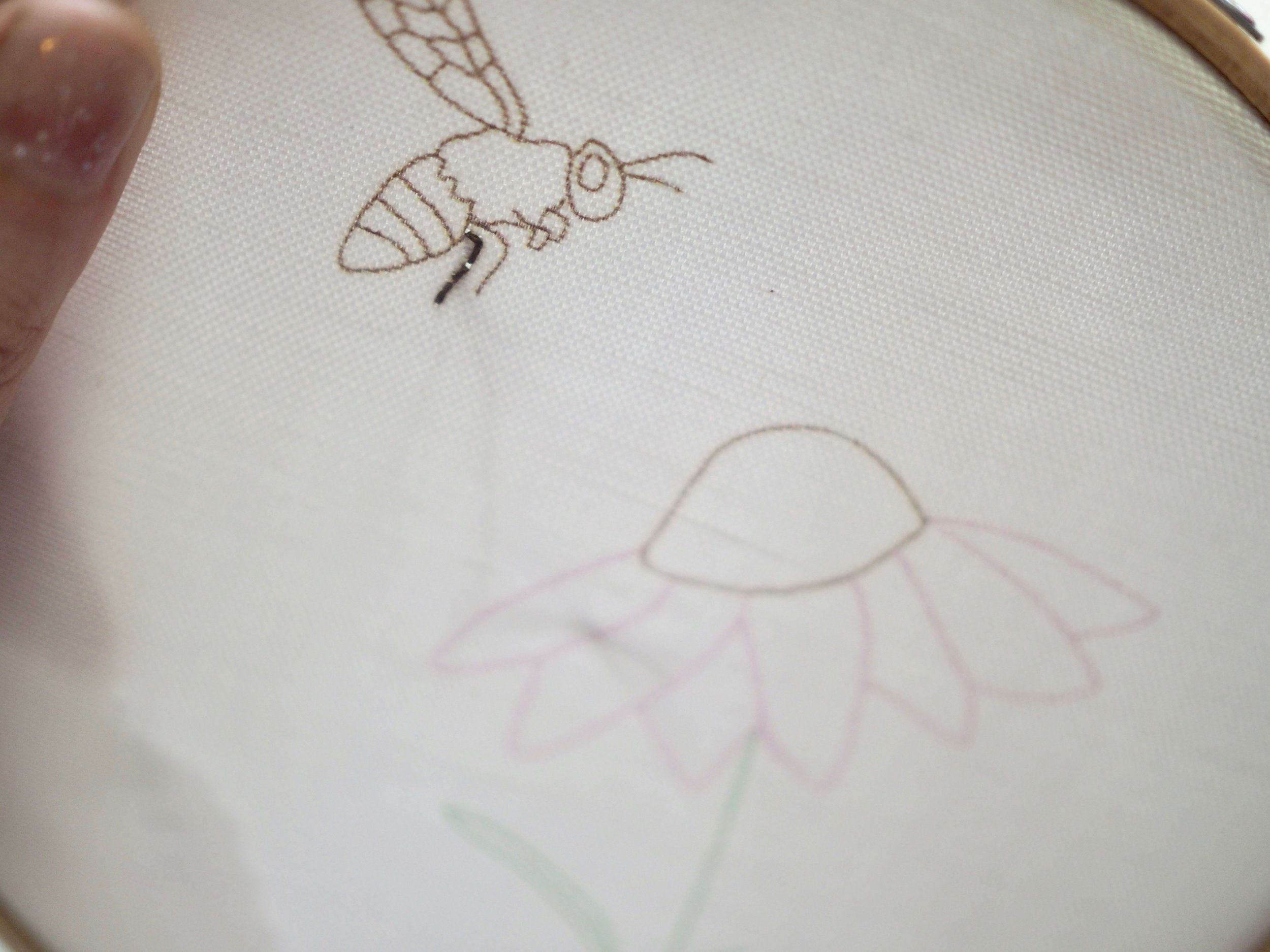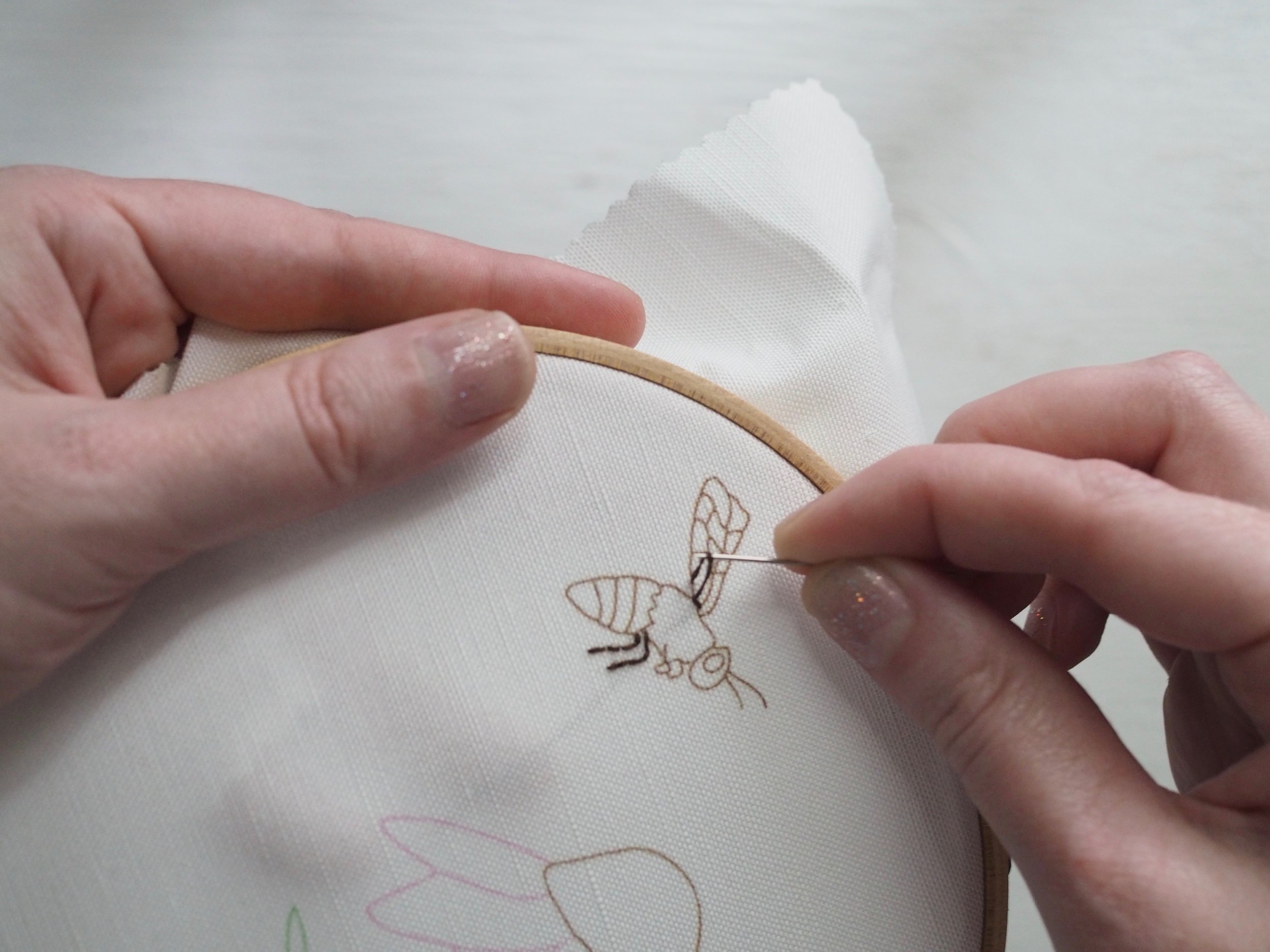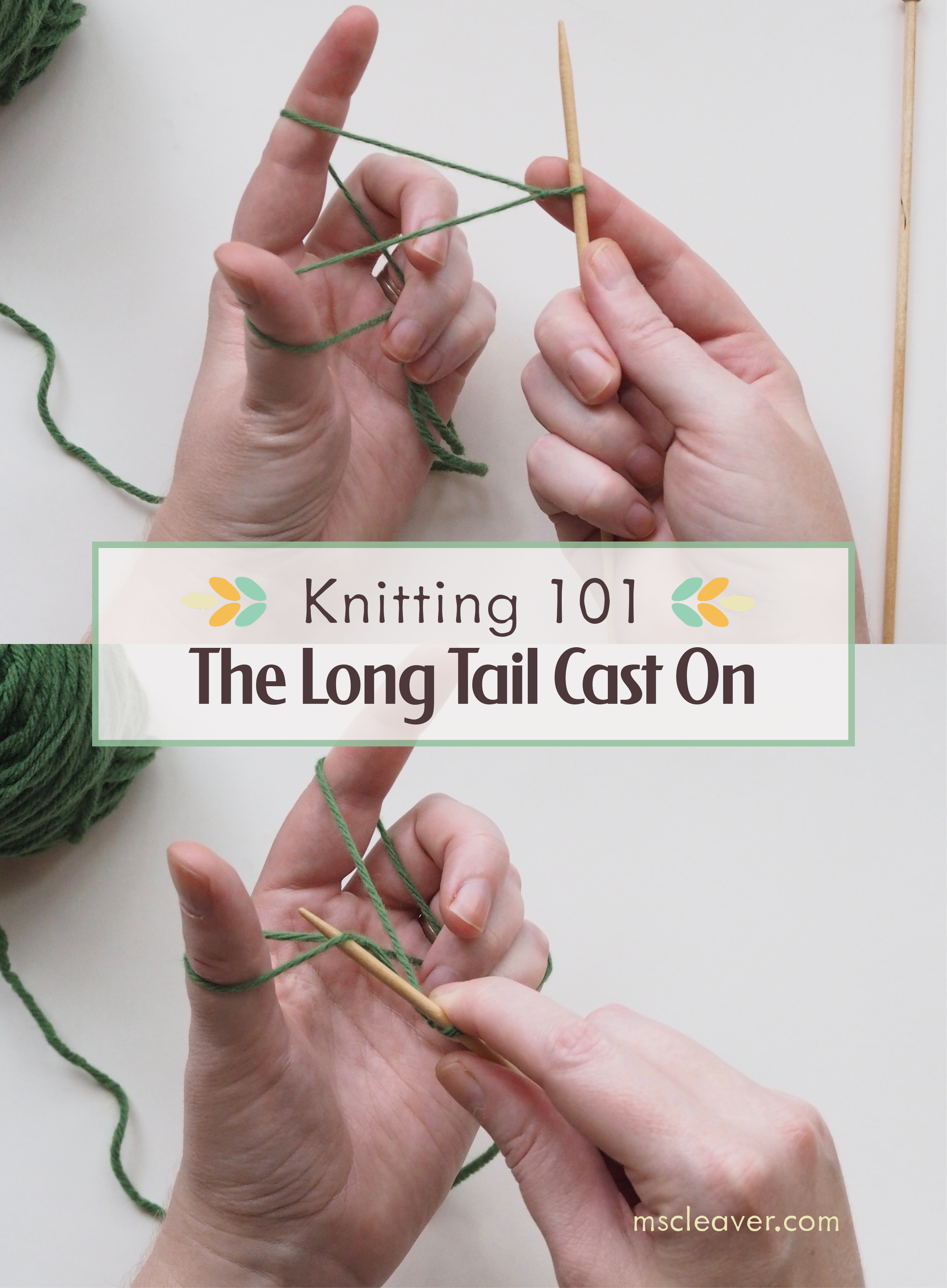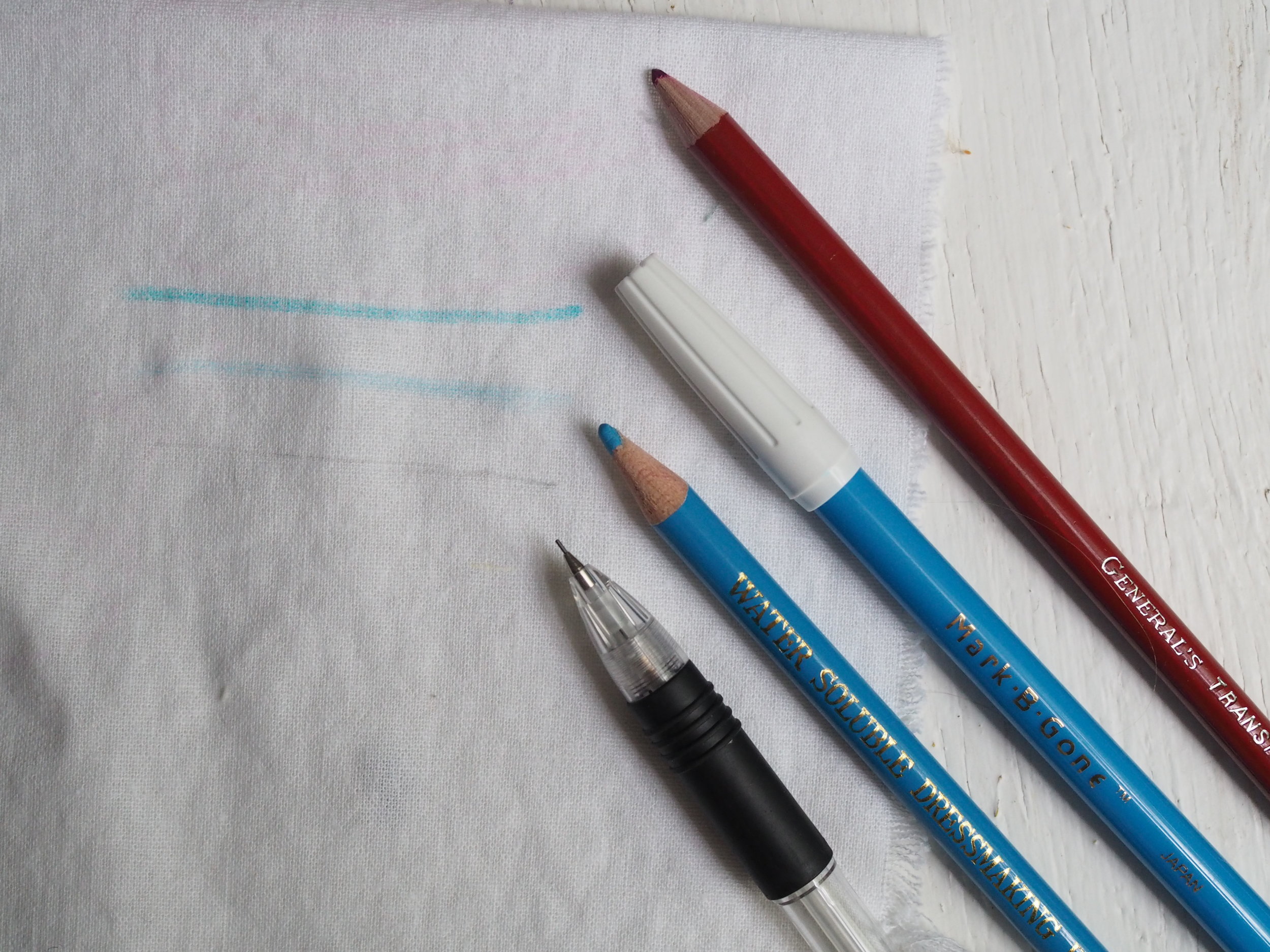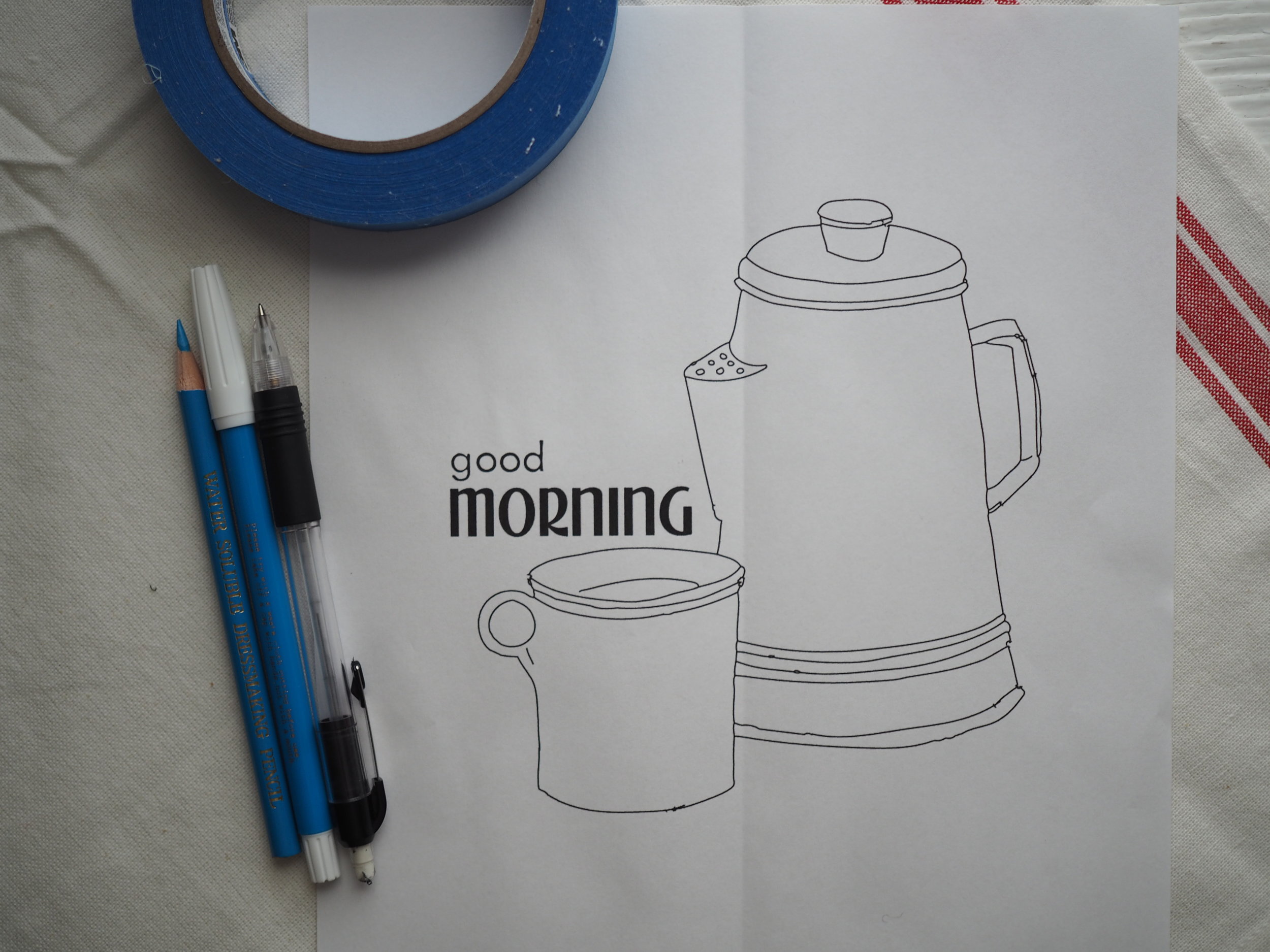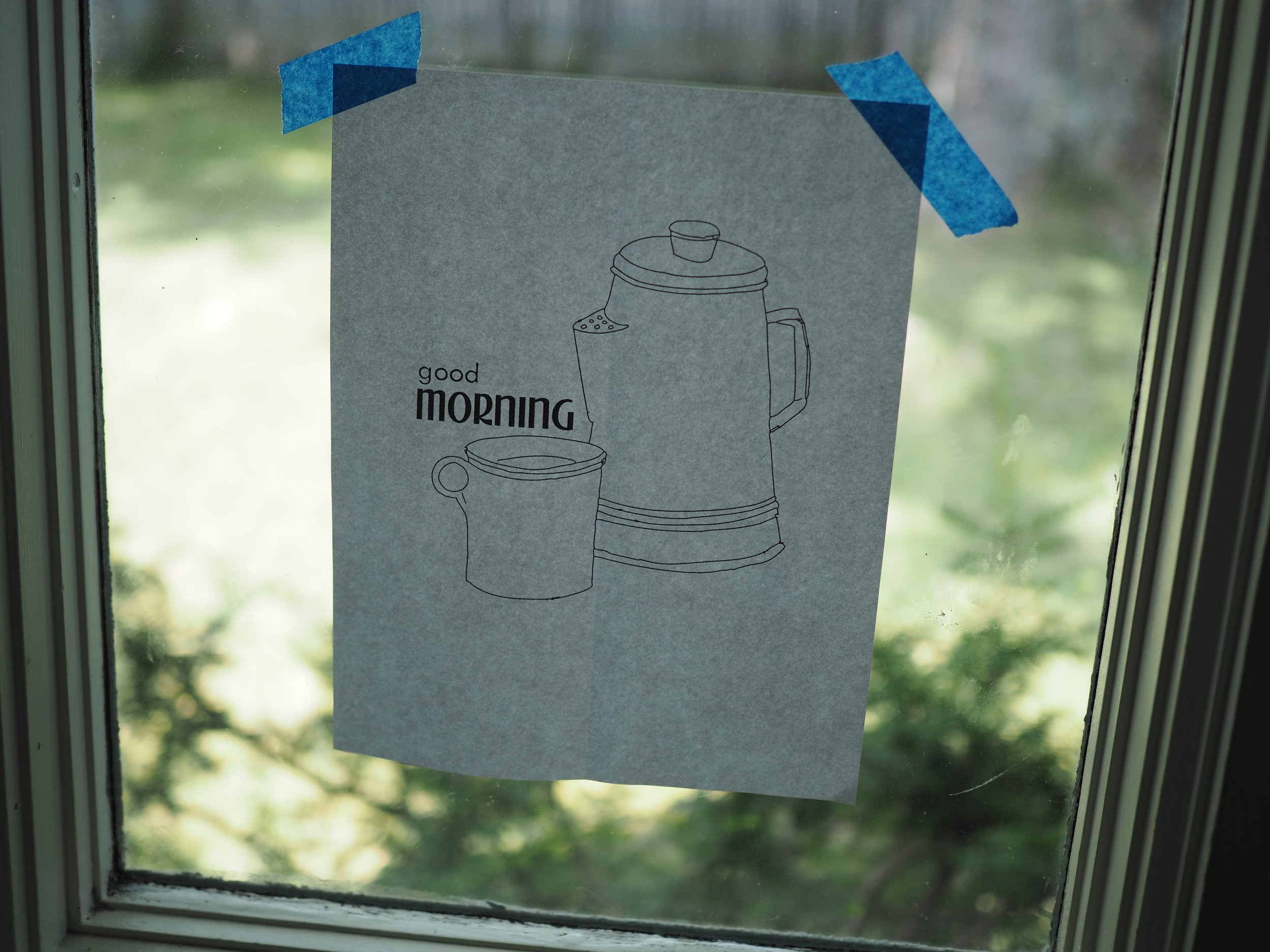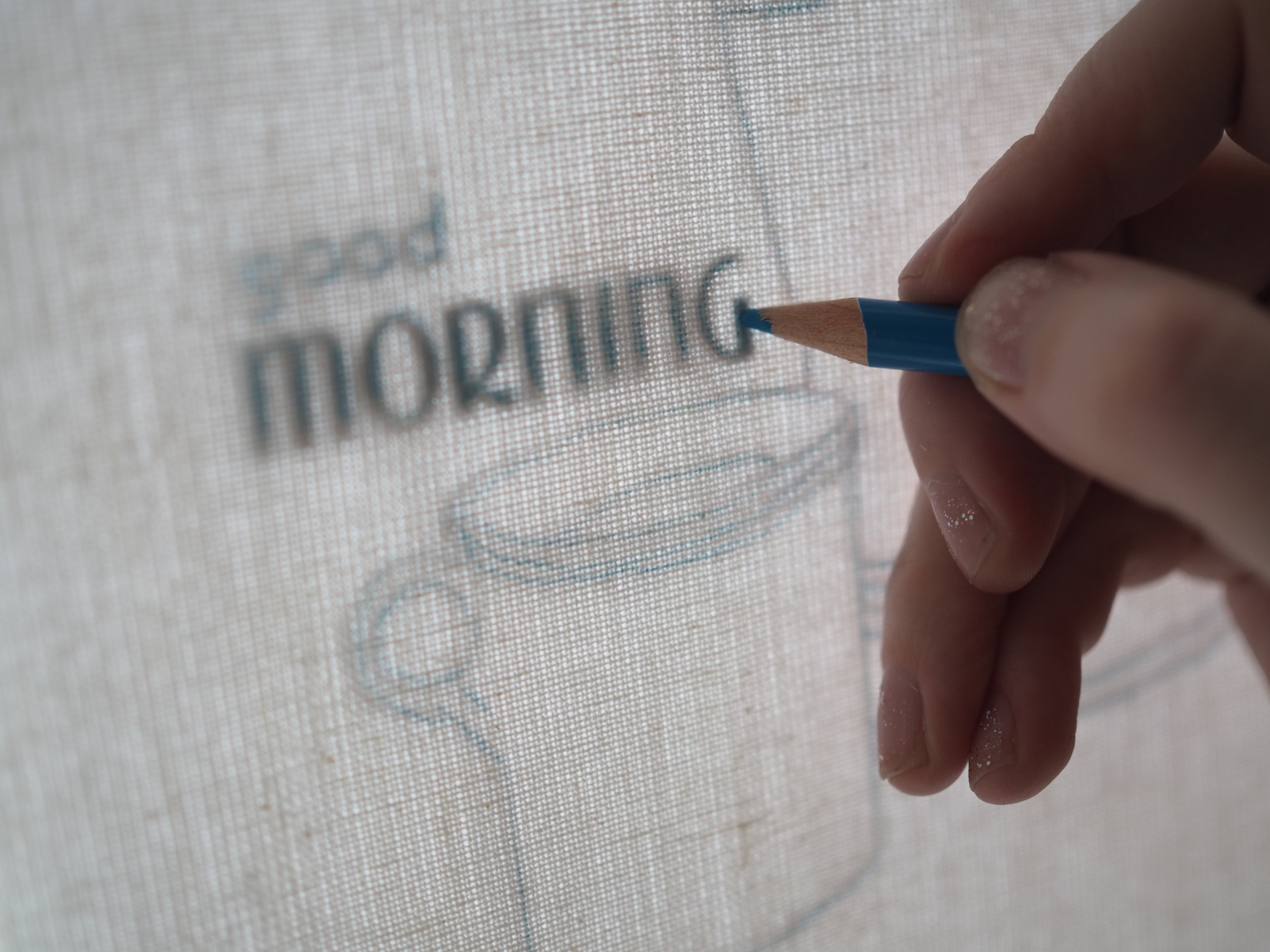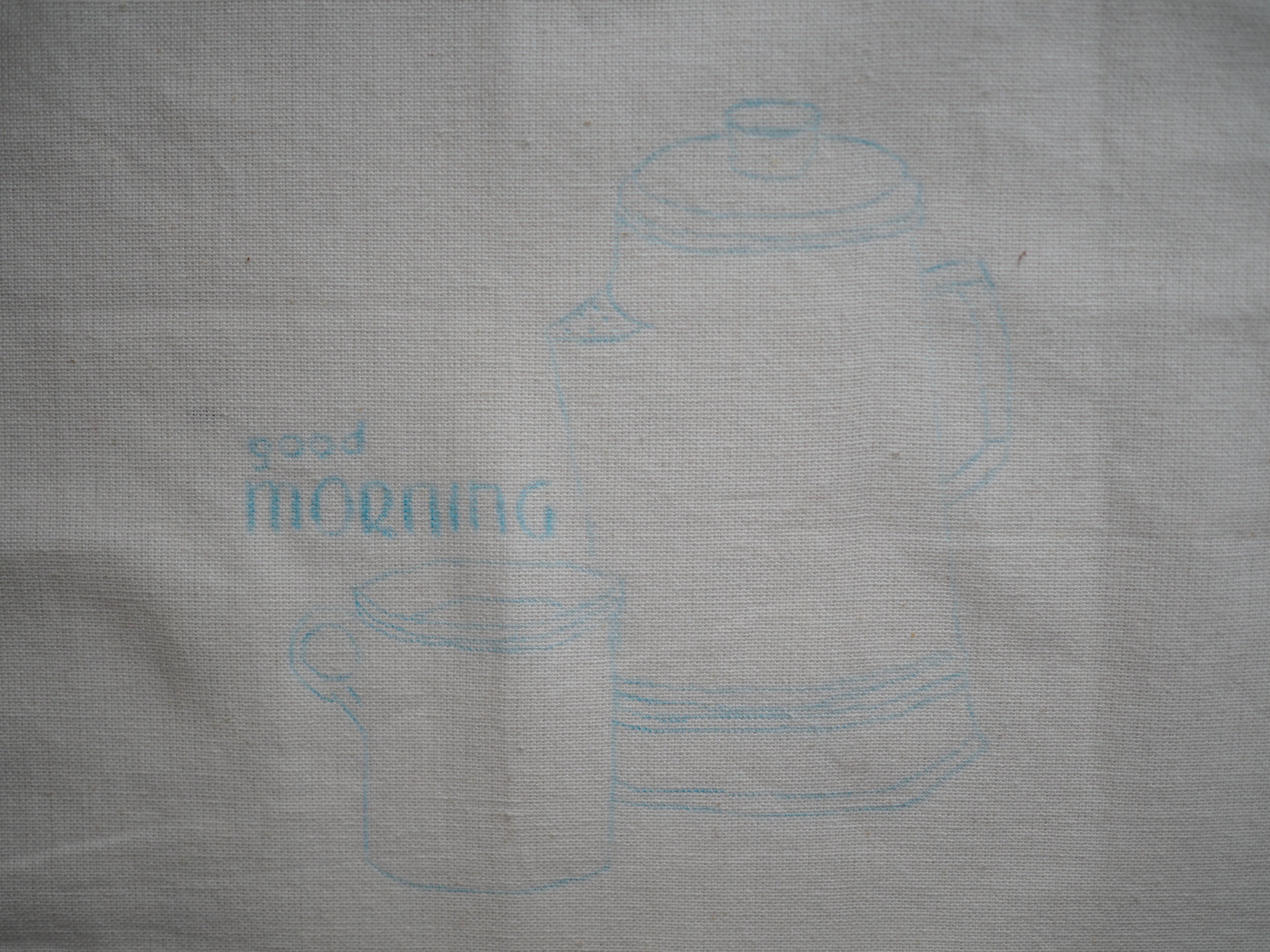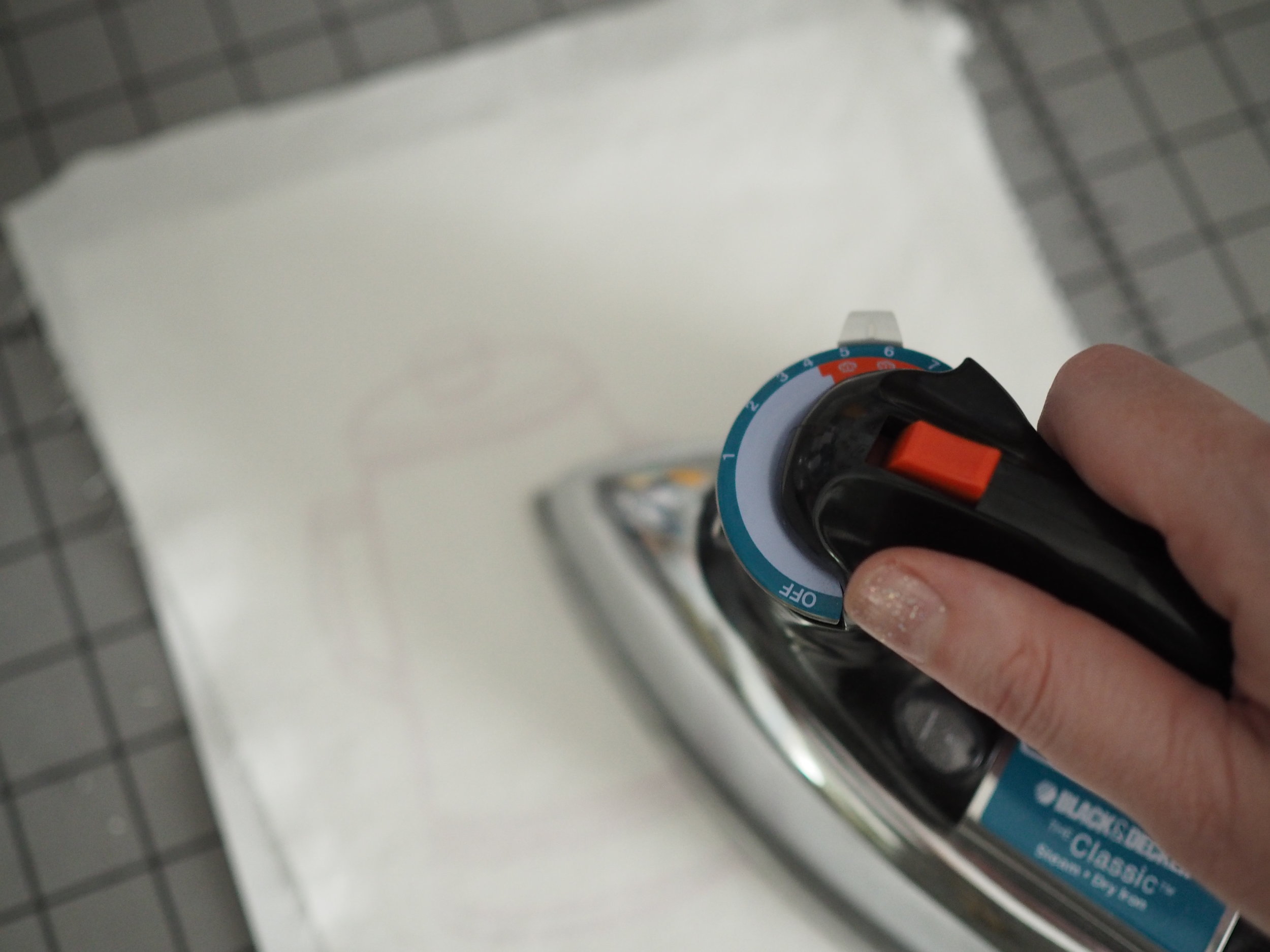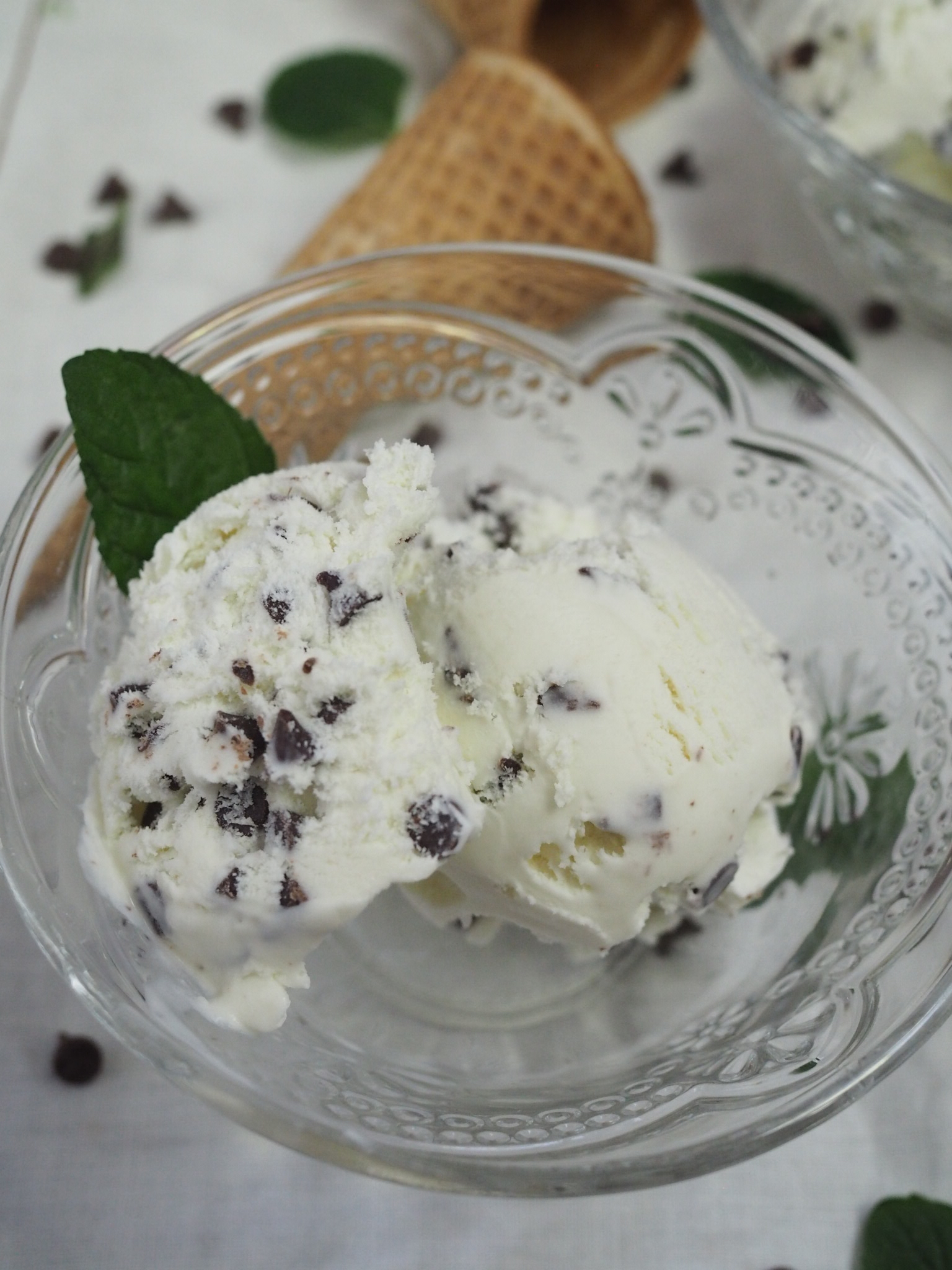(Click on any photo for a larger version)
Activities
Aside from looking up a couple articles on "Quebec with kids" months prior to leaving on the trip, we did no planning for our week-long stay except for booking a hotel on the Rue St. Anne. So our daily schedule was pretty much as follows:
- Get up and have breakfast (either in a cafe, or the banana bread I brought)
- Walk to see something new we hadn't seen yet
- Get lunch
- Head back to the hotel for downtime (naps, reading, watching French cartoons on Telemagino)
- Go out to dinner
- Wander some more, maybe watch Cirque performers
- Head back to the hotel
This rhythm worked out really well for all of us. Little Miss Cleaver enjoyed the cartoons ( despite not knowing a lick of French), I read an entire book, and we never felt rushed or overtired.
Best Activities for Young Kids
Little Miss Cleaver is 4 1/2 and these were the biggest hits on the trip for her.
Free Stuff
- The splash pad/fountain outside Quebec City Town Hall and across from the Hotel Clarendon - it's huge, the water goes super high and the pattern is so long you can't guess where it's coming from next and it lights up at night. It's a kids dream.
- Playground at the parc de l'Esplanade. We stopped here at least once a day. There's some standard playground equipment and a smaller splash pad. It's a great free spot to let kids run off steam and maybe make some new international friends for an hour. This is also were the horse carriages line up, so you can see horses and try your hand at scaling the very steep hills that make up the old city's fortifications
- The Plains of Abraham - basically Quebec City's central park. There's no playgrounds here (as far as I could see), but LMC loved following the painted footsteps that lead to the Museum and engaging in some sidewalk chalk art with the provided chalk. For me, I loved the Joan d'Arc gardens.
- Cirque Perfomers - every night at 7ish and sometimes during the day, you can catch circus performers doing their act in front of the Chateau Frontenac or in the square behind city hall. It's usually solo or duo performers and can be pretty fun!
- Cannons. There are cannons everywhere and I think she climbed unto every one. If they can balance on their own, grownups can take the time to read a few of the historical signs.
- Just wandering around - there's tons of cool fountains and statues to see, pretty gardens everywhere and truly foreign things like active payphones.
Paid activities
The free stuff was mostly her favorites (because of course!), but these were big hits too:
- The Funicular - we took it going down in the morning when it was less crowded. Young kids ride free if they fit under the turnstile.
- La Musee de la civilsation - As a lifelong Tintin fan, I count it amazing luck that they happened to have a special exhibit on Herge when we were there, but for kids, get the pass (it's free with admission) to Il était une fois. Down on the bottom floor, it has amazingly high-quality costumes for both kids and grownups to wear and fun fairy-tale themed play areas that include a witch's house where you can mix a brew in a bubbling cauldron, and a jousting area where you can slay a dragon. There's also some good interactive exhibits on the 2nd floor. Lunch at the outdoor cafe on the main floor was good too!
- Getting a balloon from a street vendor. She's still talking about how much she loves that mermaid.
- Mary's Popcorn - they have two locations in Old Quebec and the smell is irresistible. You can buy a small bag for cheap, don't bother resisting.
- The Aquarium of Quebec - this is the one thing we drove to, stopping on our way out of town. It's a smaller aquarium, but it's got biggies like a polar bear, a touch tank with really friendly manta rays, and a cool jellyfish exhibit. The grounds are also lovely and, yep, there's a playground here too.
Food
The food on our trip was so good, I'm still dreaming about/trying to figure out if I can recreate it at home. There are a staggering amount of restaurants within walking distance of the old city - a lot of them pub-style. I never had a bad meal in the city, but here are a few of my can't miss picks.
- Chez Jules - a reservation is highly suggested, but completely worth it. The dinner we had here was the best of our trip. The service was divine (the waiters were the most kind with my elementary French), the atmosphere makes you feel like you're in France and the food is amazing. I had le boeuf a la Bourguignonne, which was the most tender beef I've ever had and a delicious crepe Suzette. Mr. Cleaver has the sole and chocolate mousse, which he also recommends. LMC had noodles.
- Cochon Dingue - the breakfast here was amazing! We got there early and the place started filling up fast right as we were leaving, so if you're a late riser, I'd say reservations here as well. I'd recommend any of the sweet breakfast options (we tried French toast, waffles, and crepes) and go for the chocolat chaud a l'ancienne, which (like coffee and tea) is a free option with any breakfast. They were also the most kid-friendly place we visited with coloring books for kids.
- La Maison Smith - - primarily a coffee shop/bakery, this is a great place to grab a quick croissant or lunch. The croque monsieur I had there was worthy of a sit-down restaurant.
- Boreale -Available in pretty much any restaurant you go to, Boreale is brewed outside of Montreal and only available in Quebec. I particularly liked the cuivree. Do yourself a favor and go for the full pint.
- La Piazetta - a little off the main stretches of restaurants, this was a nice break from the near ubiquitous pub-food with excellent salads, pasta and pizza.
- La Cidrerie et Vergers Pedneault - this small shop in the lower city offers tastings of its many hard cider varieties, a must for a cider nut like myself.
Yesterday, as I drove LMC to her pre-K class she asked if we could go back to Quebec soon. A ringing endorsement if I ever heard one.


